EnglishApril was a month of exploration and learning for the students of Grade V! They began with an exciting ice-breaking activity, followed by reflective sessions. Their language journey progressed with "I-Spy" activities focused on nouns, enhancing their understanding of grammar in Unit 2. They explored "The Flight of Icarus," analyzing its themes through word phrases, frame sentences, and fill-ups. Additionally, they honed their writing skills through story writing and reinforced their grammar knowledge with revision worksheets, culminating in a Unit Test. April was a month of growth, curiosity, academic adventure, and assessment for the students of Grade V! Moving into May, our Grade V students immersed themselves in the world of pronouns and the intriguing tales of Sherlock Holmes! They explored different types of pronouns—personal, possessive, and demonstrative—and practiced using them in sentences. In the last week of the month, they delved into the world of punctuation! They discovered the importance of commas, periods, exclamation points, and question marks through interactive lessons and engaging exercises. ScienceIn April, students returned to the campus with excitement and began exploring their bodies through a study of various systems, organs, tissues, and cells. They focused on the skeletal system, including major bones and their connection to muscles. Visiting the lab for a 3D skeleton model clarified concepts, while audio-visual aids enhanced their understanding. Carrying forward in the month of May, students conducted simple experiments to learn about different forces like electromagnetic, buoyant, gravitational, and frictional forces. They also studied simple machines and classes of levers, understanding load, fulcrum, and effort placement. Further, students explored different kinds of force, including electromagnetic, buoyant, gravitational, and frictional forces, through engaging experiments. They also delved into simple machines and classes of levers, understanding concepts like load, fulcrum, and effort, and how lever types are determined by their positions. https://www.youtube.com/watch?v=_hyqlKVm2ks https://www.youtube.com/watch?v=MHyl2qfTTrM https://www.youtube.com/watch?v=NF51ioK6U14 https://www.youtube.com/watch?v=hHdtRXsRYlE Social Science"Embark on your learning journey with excitement and determination, for every step you take opens new doors to wisdom and growth.” The journey of the new session began with welcoming the children in the new grade wherein they mingled with their new friends and delved into a diverse array of topics concerning India's governance and historical journey. They explored the intricate levels and organs of government, emphasizing the importance of an independent judiciary in upholding justice. Tracing back to history, we examined the arrival of the British in India and the multifaceted reasons behind it, shedding light on the discontent among different segments of Indian society, including farmers, artisans, and local kingdoms, under colonial rule. Our discussion extended to British policies such as the Doctrine of Lapse and Subsidiary Alliance, which shaped India's socio-political landscape. Furthermore, we critically analyzed the Indian Rebellion of 1857, elucidating its causes, failures, and far-reaching consequences. Our young minds embarked on a project exploring the name of Presidents of India along with an interesting fact about them and crafted a manifesto for junior council elections, showcasing their proactive engagement in democratic processes. Students attempted the weekend worksheet to help them reflect, jotting down their responses in their notebooks. In May, the students learned about the Indian Freedom Struggle. They began by studying social reformers and then moved on to the formation of the Indian National Congress. The partition of Bengal was explained, shedding light on the reasons presented by the British and the hidden motives behind it. The students explored the three phases of the INC, focusing on the moderates, radicals, and Mahatma Gandhi. The differences in their methods and demands were discussed. They also delved into the tragic event of the Jallianwala Bagh Massacre and how it sparked the nationalist movement in our country. Furthermore, they examined the non-cooperation movement, Dandi March, and Quit India movement. The topic concluded by connecting it to the partition of India and Pakistan, highlighting the journey to final independence. Additionally, the students took a Unit Test during this month. MathA collaborative activity on making Indian and International Place Value Charts helped the students to recapitulate their understanding of both the Number Systems. Students practiced to write the Standard/Word/Expanded Form of 9 digit numbers in both Indian and International Number Systems. They worked on comparing Large Numbers and arranging them in ascending and descending order. Students also learnt to form Large numbers with and without repeating the given digits and and enhanced their learning of large numbers by Rounding-Off to nearest Tens, Hundreds and Thousands. Understanding the Equivalence between the two number systems was an experience of altogether another level for them. The students were elated to know about Roman Numerals and participated in fun-activity in relation to the learning of the same. They practiced several questions to have a better understanding of the Roman Numerals. Students took their understanding of Addition and Subtraction to another level by working on and solving Word problems on real-life situations involving the two operations. Resource Links: https://www.youtube.com/watch?v=Jd0Hzyc1SMk https://www.youtube.com/watch?v=NrnXsKYpLJM Hindiछात्रों का परिचय लेकर व्याकरण पुस्तक के पाठ-पठन द्वारा भाषा और उसके महत्त्व तथा रूपों पर विस्तृत चर्चा की गई और बोली व भाषा में अंतर बताया गया | वर्णो के भेद- संयुक्त व्यंजन, अनुस्वार, अनुनासिक, विसर्ग, द्वित्त्व व्यंजन, ‘र’ के विभिन्न रूप व वर्ण –विच्छेद का ज्ञान दिया गया | मासिक विषय के साथ एकीकृत करते हुए छात्रों से अपने परिवार के सभी सदस्यों के नाम कार्य-पुस्तिका में लिखवाकर उनका वर्ण–विच्छेद करवाया गया । पाठ 'अफ़्रीका का गाँधी' का पाठ-पठन व अभ्यास कार्य किया गया और नेल्सन मंडेला के जीवन चरित्र से संबन्धित विडियो दिखाकर चर्चा की गई। छात्रों को नेल्सन मंडेला पर शोध कार्य करते हुए वर्तमान समय में नोबल पुरस्कार पाने वाले किन्हीं पाँच व्यक्तियों की सूची बनवाई गई। ‘अपना स्थान स्वयं बनाएँ' पाठ का पठन कराते हुए पुस्तकीय अभ्यास कार्य कराया गया। पाठ के माध्यम से छात्रों को ईमानदारी और मेहनत की सीख मिली। प्रथम इकाई परीक्षा के लिए पाठ्यक्रमों की लिखित और मौखिक पुनरावृत्ति कराई गई | छात्रों के पठन व लेखन कौशल का विकास हुआ । लिंक:- https://www.youtube.com/watch?v=EdNakckh4hc https://www.youtube.com/watch?v=5nE4W4RBYr8 https://hindi.nvshq.org/nelson-mandela-biography-in-hindi/ SpanishIn the month of May, students explored the basics of Spanish greetings, polite phrases, numbers and some fascinating facts about Spanish-speaking countries. The started by mastering simple yet essential Spanish instructions and greetings. These greetings are the building blocks of any conversation in Spanish, and the students have enjoyed using them in classroom activities and role-plays. In addition to greetings, students have learned various polite phrases that are commonly used in daily interactions. Using these phrases, students are not only learning the language but also the importance of politeness and respect in communication. Students have also been engaged learning numbers in Spanish, which are crucial for everyday interactions. To add a cultural element to our lessons, we’ve been exploring interesting facts about various Spanish-speaking countries with their capital cities. By learning about these countries, students are gaining a broader understanding of the diverse and rich cultures where Spanish is spoken. GermanIn April German was introduced the students of class V. They were welcomed in class with ,,Herzlichen Willkommen''.They introduced with the basic greetings in German like Hallo! ,Gruess dich!Tschuess!,Auf Wiedersehen! Guten Morgen! Guten Tag!, Gute Nacht! Collage making activity was done by the students, How to greet others in german, How to ask and say names in German, In the next class we did Das Alphabets (30) in German with examples as well through the songs. We also did colours in german. They made a poster for the same in German. Numbers from 0 to 20 were thought in german. Children enjoyed the whole learning process. However days of the week in German as well the months of the years in connection with four seasons of the year were covered. Children learned the colours of the Flag of Germany. In May we did how to fill form in german, how to introduced themselves in german was recapitulated. And finally the books came with children and they started working the activity book from page six to page thirteen. We also covered Kapitel 1 in the Lehrbuch. It was a fun and frolic experience for kids who are learning a foreign language. ICTThe session commenced with an icebreaking activity where students creatively depicted their favorite software, activity, or application on paper for others to guess. Following this, students were introduced to the concept of tables in MS Word, emphasizing their significance. Through hands-on practice, students learned how to create and format tables, manipulate rows and columns, insert images, use autofill, convert text to tables, and perform calculations within the table. In addition, students delved into the Evolution of computers, exploring different computer generations and learning about various inventors and their calculating machines. To aid understanding and retention, students were tasked with creating a table in a Word document related to this topic. Physical EducationBadminton: Outdoor Practice: Practicing footwork and movements without a shuttlecock, wall Hitting, shuttle juggling, knocking with partners. Gymnastics: Terminology terms like vault, beam, floor exercise, uneven bars, and pommel horse were discussed which are apparatuses used in gymnastics. Judo: Osotogari ( Technique for throw) all fall, ushiro ukemi, mae ukemi and Yuko ukemi. Cricket: Basics of Cricket: Understanding the objectives and equipment used in the game of cricket, including bats, balls, and wickets. Friendly matches among students. Basketball: Dribbling: Learning to control and move the basketball using right-hand and left-hand dribbles. Defensive rebounding and passing while on the move. Football: Friendly matches among students. Shooting (Grade 5 and Above): Holding dumbles with one hand, body balance exercise related to balance i.e. planks, squats, front planks, side planks and one leg balance. Live fire with pellets and target paper. Indian Musicअप्रैल एवं मई माह में छात्र छात्राओं द्वारा की गई गतिविधिया: गायन अभ्यास: अलंकार राग ताला परिचय कहानी के माध्यम से, तीन ताल परिचय, तबला बोल गीत, राग समूह, राग भैरव परिचय आरोह अवरोह बंदिश, प्रयोग हुए वाद्य: तानपूरा ऑडियो ट्रैक । गायन तकनीक: गायन के अभ्यास की बुनियादी तकनीक,गीत के माध्यम से तत वाद्यों का संक्षिप्त परिचय । Western Dancen their Western Dance lessons, the students learnt: Only for Grade 5 1. The Dance forms: Modern Dance (Limon Technique) and Kids Zumba Dance fitness (Level 2 Intermediate). 2. A brief overview of the dance forms and basic dance terminology, concepts, and principles, class format and objectives. 3. Warm up exercises. 4. Body isolation movements. 5. Zumba choreography of the 1st basic rhythm "Merengue". 6. Technical steps: Arm articulations, Plie, Merengue basic march, Side step, 2-step, V-step, Beto shuffle, Hip movements. 7. Cool down session- Meditation, sleeping therapy, basic stretches to de-stress. Song: For Modern Dance(People help the people), For Zumba Kids(Don't stop the party). DramaOur new session commenced with a vibrant icebreaker, sparking enthusiasm from day one. This month, we honed in on: • Concentration Exercises: From simple to complex commands, students improved listening and task-following skills. • Focus-Boosting Activities: "Focus Counting" and "Frog in the Pond" enhanced their alertness and spatial awareness. • Surroundings Awareness: Emphasizing the importance of being observant on and off stage. In May, students learned about the importance of observation through various games and activities. They discovered how observation aids in theater performance and everyday life. Activities like the Mirror activity and "What Are You Doing?" helped them understand and practice observation skills. During improvisations, they recalled their observations to create and perform scenes or on-the-spot improvisations. Indian DanceIn their Indian Dance lessons, the students learnt: The power of Deva Shree Ganesha, destroy all your sorrows, enhance your happiness, and create goodness all around you. Lord Ganesha bless you with worldly bounties. Keep you protected from obstacles at all times, with this thought we at Suncity started the new session with a beautiful Ganesh Vandana. Students learnt beautiful postures, mudras and body balancing along with Kathak basics- Tatkaar, Hastak, Shringar ras and body movements. Song: Hey Ganraya Dance style: Kathak Visual ArtsStudents learned about Indian folk art Madhubani and geometric shapes, integrating art with math. They showcased their understanding by creating architectural heritage structures. Assembly- WORLD HERITAGE DAY-5AAssembly- WORLD MALARIA DAY-5BAssembly- ANNIVERSARY OF THE CINEMATIC GENIUS- SATYAJIT ROY -5CAssembly- RABINDRANATH TAGORE JAYANTI-5DParent Walk-InThe Parent Walk-in, a unique concept at Suncity School was held on 15th May 2024. Our fifth graders showcased their diverse talents in the fields of Science, Math and Visual Art during the Subject Integration week with a resounding success. This event saw the students donning the hat of an educator and parents becoming students. Many parents were put on the spot by our confident youngsters with tricky questions. Functioning of a Robotic hand, Bone Health food counter to sell sandwiches to parents and proceeds that will be donated toward a good cause, working models of Simple Machines, an interactive game counter, F1 car racing, Roman Numerals, Number Equivalent, Number System game, Rangometry, Madhubani & Mosaic art integrated with Shape concept and many more were some of the counters on display. This one-on-one interaction between the students and parents saw a perfect showcasing of 21st-century skills – Collaboration, Creativity, Communication, and Critical Thinking all coming to the fore to the proud parents. Parents were thrilled and proud to see the change in their children where every individual child was an equal participant.
1 Comment
ENGLISH The month commenced with Project Based Learning where our students embarked on a journey exploring fundamental concepts such as freedom of speech related to Newspaper Report Writing. The topic had begun by delving into the notion of "freedom of speech," examining its origins and its manifestation in the Indian Constitution through the Indian Charter of Rights and Freedoms. The spotlight then turned to newspapers, as students dissected the anatomy of a newspaper, identifying components like headlines, bylines, and the body of an article. Transitioning to hands-on application, students were engaged in a dynamic activity where they collaboratively created a newspaper covering their school's Sports Day Celebration, Blue Planet, Annual Day Examination,etc. Shifting gears, students dived into the realm of autobiographies, discerning the distinctions between autobiographies and biographies.The students were guided to draft their autobiographical narratives. In the interdisciplinary domain, students explored the lunar journey in a science-integrated lesson, watching a video about astronauts walking on the moon. This served as a catalyst for inquiry-based learning, where students constructed their understanding and mapped their insights. In February, the students delved into the nuanced world of prepositions, understanding how they connect words and phrases to create meaning. The journey into effective note-taking unfolded with enthusiasm. Techniques ranging from mind maps to concise bullet points were explored. Witnessing the transformation as students translated their thoughts into organized, coherent notes was truly rewarding. The chapter, 'Looking at the Sky', opened a gateway to boundless imagination. Students were encouraged to let their thoughts take flight as they pondered the connection of the celestial canvas. Through quizzes, oral discussions, reflective tasks, creative writing problems, and worksheets, the students have successfully recapitulated the concepts that are a part of Annual Examination. SCIENCE The month of January commenced with the introduction of the new topic Sun, Moon and Eclipses. Creative work and diagrams of moon phases clarified the concepts related to phases of moon. Activity with the help of globe and torch gave students a hands on learning of the eclipses, both lunar and solar, Layers of the earth, Sun's structure and understanding of stars gave students deep insight to celestial structures. Students also understood the importance of man made satellites and learned how the satellites were placed to give maximum benefit to mankind. The month of February started with another topic - Soil. The students enhanced their knowledge about soil topography, soil profile, soil erosion and steps that are taken for soil conservation. They also prepared and presented the models of soil profile using different types of soil and materials. 3D working models of eclipses were also presented by the students which gave them clarity and confidence about it. February was also the month for recapitulation. Through quizzes, oral discussions, reflective tasks, creative projects, and real-life applications, these students successfully recapitulated the key concepts covered. SOCIAL SCIENCE Students during the month have had the wonderful opportunity to delve into the fascinating world of maps and explore the different types that exist. Through engaging discussions and interactive activities, the students have gained a deeper understanding of the three main categories of maps: physical, political, and thematic. During their integrated math sessions, students seamlessly integrated the concept of map scale into their learning. In addition to discussions and reflections, their creative minds have showcased their imagination and artistic skills by creating a floor map of their ideal school. This hands-on activity has not only sparked their creativity but has also highlighted the advantages of using maps over globes when studying specific regions in detail. Through this project, students have discovered that maps provide a more detailed and customizable representation of places, allowing them to focus on specific areas of interest. Furthermore, the students have embarked on a live quiz that has provided them with a practical experience of. their learning journey. Later, in the month, they learnt about the latitudes and longitudes. They found the exact loaction of continents and oceans by following the concept of grid. Through quizzes, oral discussions, reflective tasks, creative projects, and real-life applications, these 5th-grade students have successfully recapitulated the key concepts covered. MATHEMATICS The lessons post the winter break commenced with the continued learning of the concepts of Geometry. The students got an understanding of how to classify angles and name them as well. While exploring and differentiating the concepts of Area and Perimeter, students of grade V computed the Area and Perimeter of various spaces of the school, example, the tennis court, principal's room, their classroom, reception area, etc. They learnt and practiced to compute the Area and Perimeter of squares and rectangles. The month culminated with the reiteration of the concepts of Factors and Multiples, Fractions and Percentages for the upcomjing Unit Test. In the month of February the students learnt more about the concepts of Time and Measurements and practiced related questions. They worked on the conversions of units of Time and related the 24 Hour clock to the 12-Hour clock. Exploring more about Lengths, Capacities and Weights, the grade V students worked on adding and subtracting the values and converting the bigger units to smaller units and vice-versa. Further more, during the month of February, the students got an understanding of the concept of Profit and Loss and were inrtoduced to the conecpt of Unitary Method. They practiced multiple questions on the same and worked on real life situations to undertsnad Profit n Loss and Unitary Method better. Towards the second half of the month, the students got into the much required doubt clarification and rigorous recapitulation of the concepts, to help them all prepare for the Final Examinations. FRENCH In the month of January, we delved into the fascinating realm of planets, learning the vocabulary in French of our solar system. The discussion extended to the renowned Jawaharlal Nehru Planetarium, enhancing our understanding of celestial bodies and astronomical wonders. To bolster our language skills, we introduced the concept of possessive adjectives through a comprehensive table and examples. The highlight of the session was undoubtedly the creative endeavour by the students, who thoroughly enjoyed crafting vibrant posters depicting the solar system—in French! This hands-on activity not only reinforced our newfound vocabulary but also added an artistic flair to our cosmic journey. In February, students wrapped up the syllabus for their upcoming annual exams, engaging in various preparatory activities such as dictation, oral revision, internal assessments, and honing their reading skills. To reinforce their learning, revision sheet was solved in class. Amidst the academic hustle, on the bagless day, a lively number game was done for a bit of fun into their rigorous routine. SPANISH The month of January commenced with an exploration of various festivals celebrated in Spain and Latin America. The class delved into expanding their vocabulary related to the universe, illustrating the solar system in their notebooks while identifying the planets in the Spanish language. Additionally, the students learnt how to name different rooms of the school and practiced asking basic questions related to this topic. In February, students completed the Syllabus planned for the Annual Examination.The topic of time reading was finalized with plenty of exercises. Revision worksheet was shared in Teams and attempted in class. Two more revisions were shared in Teams and motivated the class to attempt in the notebooks as well as a Sample paper that was shared as an assigment. The answer key of the worksheets was shared to compare the answers. Orals skills, reading and speaking were tested to be added as part of the Annual examination total. GERMAN The month of January the theme was solar system and planets. Students enjoyed drawing out the solar system and discussing the nomenclature of planets. Further, we discussed how planets like Pluto get classified as dwarf planets. The German language skills were bolstered with the teaching of vocabulary in German.The art activity reinforced linguistic as well as artistic skills. In February, students completed the planned revisions. The Sample Paper was revised and reading exercises were conducted. SANSKRIT छात्रों को अपठित अवबोधन, चित्र-वर्णन और अनुवाद स्पष्ट किया गया। छात्रों की संस्कृत-भाषा में अब धीरे-धीरे पकड़ होने लगी और अब वे संस्कृत की कार्यपत्रिका को भी अच्छी प्रकार से पूरा करने लगे। In the month of February, children did revision of all the concepts that are a part of Annual Examination. INFORMATION TECHNOLOGY In January, students immersed into the world of coding using Scratch Programming. They learnt that it is a block based progamming language for students. They learnt about its different features - sprite, background, blocks and coding the blocks. They were excited to get the user input, addition of numbers, making a theater stage and using pen blocks. They were able to create diverse projects to reflect their highest creativity. Students unleashed their creativity with pen block by creating diverse designs. In February, students revised the concepts of Scratch and MS Excel & Working with Internet through Revision Sheets and Sample papers. They also did hands on practice to make different programs in Scratch using block based coding. They were able to create beautiful animations using Sprites, blocks, loops & background. They were guided the ways to attempt the Question Paper. They also appeared for their Theory and practical Annual Exam. Students were introduced to the terms URL, ISP, WWW, etc. While learning about Internet. PHYSICAL EDUCATION In January, under the guidance of their respective teachers/ coaches, students learnt: Badminton: Evaluation of skills, skill demonstration by students, practice with teacher, 11 points match, Knockout matches and match playing. Gymnastics: Basic floor exercises and balancing beam activities, performed on a padded floor mat, involving a combination of forward roll, backward roll, handstand and artistic exercise, walking and balancing on the beam. Judo: Ushiro Ukemi (Backward fall), Mae Ukemi (Forward fall) Cricket: Batting Basics, Front foot defence, Backfoot defence, Bowling basics, Pace bowling, spin bowling, Fielding drills, Running between the wickets, Practice Matches to apply all the knowledge. Basketball: Shooting Layups: A fundamental shot where a player drives to the basket and shoots the ball off the backboard or into the hoop and Free Throws Football: Push pass, In step receiving the ball, Outstep Receiving and Chest pass, Kicking; Drills to teach In step, Out step, Chip shot, Short and long-distance kicking. Heading and Throwing and Defense. Swimming: Basic Strokes: Front Crawl (Freestyle), Backstroke Shooting (Grade 5 and Above): Shooting Techniques (Timed Fire), Fundamentals of the Shoot: Preparation, Aim, Breathing, Trigger control, Follow through, Scoring In February, under the guidance of their respective teachers/ coaches, students learnt: Badminton: Outdoor Practice: Practicing footwork and movements without a shuttlecock, wall Hitting, shuttle juggling, knocking with partners. Gymnastics: Terminology terms like vault, beam, floor exercise, uneven bars, and pommel horse were discussed which are apparatuses used in gymnastics. Judo: Osotogari ( Technique for throw) all fall, ushiro ukemi, mae ukemi and Yuko ukemi. Cricket: Basics of Cricket: Understanding the objectives and equipment used in the game of cricket, including bats, balls, and wickets. Match was played. Basketball: Dribbling: Learning to control and move the basketball using right-hand and left-hand dribbles. Defensive rebounding and passing while movement. Football: Match play among themselves. Shooting (Grade 5 and Above): Holding dumbles with one hand, body balance exercise related to balance i.e. planks, squats, front planks, side planks and one leg balance. Live fire with pellets and target paper. INDIAN MUSIC जनवरी माह में छात्र छात्राओं द्वारा की गई गतिविधिया: गायन अभ्यास: शुद्ध स्वर अलंकार गीत : पंजाबी लोक गीत सुंदर मुन्दरिए , देशभक्ति गीत प्रयोग हुए वाद्य: तानपूरा, ऑडियो ट्रैक । गायन तकनीक: गायन के अभ्यास की बुनियादी तकनीक , प्रतियोगिता में प्रस्तुति के महत्वपूर्ण बिंदु। वाद्य - कांगो , बोंगो, बककेट ,टेमरिंड ,कलेप बॉक्स ,कीबोर्ड ,ढोल एवं ढोलकएवं तबला का प्रारंभिक परिचय , हस्तमुद्रा (तीन ताल ) एवं भजनी ठेका । फरवरी माह में छात्र छात्राओं द्वारा की गई गतिविधिया: गायन अभ्यास: शुद्ध स्वर अलंकार गीत : पिछले गीतों का पुनरअभ्यास, सरस्वती वंदना । प्रयोग हुए वाद्य: तानपूरा, ऑडियो ट्रैक । गायन तकनीक: गायन के अभ्यास की बुनियादी तकनीक , प्रतियोगिता में प्रस्तुति के महत्वपूर्ण बिंदु। वाद्य - कांगो , बोंगो, बककेट ,टेमरिंड ,कलेप बॉक्स ,कीबोर्ड ,ढोल एवं ढोलकएवं तबला का प्रारंभिक परिचय , हस्तमुद्रा (तीन ताल ) एवं भजनी ठेका । WESTERN MUSIC In January, students learnt Songs;You are my sunshine. Students learnt:pitch accuracy, breath control,Vocal range,Tone quality, Articulation and Diction, Instruments used:Guitar,drums, Piano,Keyboard In February, students learnt Songs: Recap-'500 miles', 'Angels we have heard on high', 'you are my sunshine' Students learnt to recognize rhythm changes, pitch correction, voicing, chords, scales Instrument Used: Keyboard, guitar, drums, clapbox INDIAN DANCE Republic Day is the day when India marks and celebrates the date on which the Constitution of India came into effect on 26 January 1950. This replaced the Government of India Act 1935 as the governing document of India, thus turning the nation into a republic separate from British Raj. To celebrate the same students learnt a freestyle dance, full of patriotic energy and vibrance. DANCE FORM: Freestyle SONG: Chak De India Maha Shivaratri -The Great Night of Shiva is a Hindu festival celebrated annually in honour of the deity Shiva, between February and March. According to the Hindu calendar, the festival is observed on the fourteenth day of the dark (waning) half of the lunar month of Phalguna or Magha. The festival commemorates the wedding of Shiva and Parvati, and the occasion that Shiva performs his divine dance, called the Tandava. Students learnt a beautiful Shiva Stuti on the occasion of Maha Shivratri. DANCE FORM: CLASSICAL SONG- ADIYOGI BY KAILASH KHER WESTERN DANCE In January, in Western Dance lessons, the students learnt: 1. The combination steps of Contemporary Dance: Shoulder isolations, leg kicks, leg raise, bum rolling. 2. Full body strengthening warm-up routine to keep one injury free and strong 3. Choreography was done keeping the essence of full movement intact and add the commercial elements to make the art form interesting. DANCE FORM: Contemporary SONG: Khoon chala from Rang De Basanti In their Western Dance lessons in the month of February, the students learnt: 1. The combination steps of Contemporary Dance: Shoulder isolations, leg kicks, leg raise, bum rolling. 2. Full body strengthening warm-up routine to keep one injury free and strong 3. Choreography was done keeping the essence of full movement intact and add the commercial elements to make the art form interesting. DANCE FORM: Contemporary SONG: Satyamev jayate DRAMA • Students crafted unique puppet characters, developing creativity and imagination within the classroom. • Encouraged to unleash their creativity, students gave names upon their puppet characters and constructed engaging stories to share with their classmates. • The presentation of stories through puppet characters not only showcased their imaginative prowess but also significantly enhanced their confidence during performances. • In addition to puppetry, students engaged in discussions about emotions and expressions, actively participating in various drama activities such as the "emotional circle" and "one dialogue, different emotions." Hello Drama Enthusiasts, As we bid farewell to February, let's take a moment to reflect on the exciting drama activities we've been immersed in over the past month. Our grade 3 and 4 students have been actively engaged in exploring the world of emotions, character development, and space utilization in our drama classes. Family Scene Design: One of the highlights of February was our focus on family scene design. Students were tasked with creating and performing scenes that depicted various family dynamics and emotions. Through this activity, they learned to empathize with different characters, understand their motivations, and express a wide range of emotions on stage. Meissner Technique Practice: In addition to family scene design, students also delved into the Meissner technique. Named after the renowned actor and teacher Sanford Meissner, this technique emphasizes truthful acting, emotional authenticity, and spontaneous reactions. Our students immersed themselves in exercises that honed their listening skills, emotional responsiveness, and ability to live truthfully under imaginary circumstances. Space Utilization Activities: Another key aspect of our drama classes last month was our exploration of space utilization. Students learned how to effectively use the stage space to enhance their performances. They experimented with levels, movement patterns, and stage directions As we look back on these enriching experiences, we are filled with pride and admiration for our talented students. Their dedication, creativity, and passion for drama continue to inspire us every day. We can't wait to see how they will continue to grow and excel in the coming months. VISUAL ARTS In their Visual Art lessons: Students completed the art page in their SDG book. They also made human figures wearing winter clothes. Introduction to various art techniques like- Sagraffito, Silhoutte and Grattage. Students thoroughly enjoyed the process of these techniques. Composition: Human drawing Art Technique: Free hand, colouring, contour outlining Art tools: Pencil, crayons, scale, crayons, oil pastels, pencil colours Learning Outcome: Development of observatory and motor skills, human figure propotion, contour drawing , art techniques and application SDG 4: Quality Education LIFE SKILLS
The topic of the month was Anxiety Management. The goal of the module was to understand emotions, learn ways to regulate them in a healthy way, identify positive coping strategies and structures to help them manage anxiety effectively. In addition, it was aimed to equip children with tools and insights that empower them to face challenges and embrace the positive moments in their lives. It was delivered in an interactive manner through activities, storytelling and visual aids. EnglishLiterature Swifter, Higher, Stronger- The chapter was introduced with an activity to familarise the students with 'fictional and non-fictional' text. The students were shown insightful videos to instill the knowledge and significance of Olympics leading to encourage their participation in sports. The chapter was read aloud by students in turns, with a strong emphasis on accuracy and pronunciation, followed by the discussion which emphasized on the message conveyed through the achievements of Olympics winners- 'hardwork, determination and dedication lead to success'. New vocabulary was introduced and the phrases used in the chapter were uncovered. The students catechized their queries based on the text and expounded their responses to the comprehension questions in their notebook. Grammar Conjunctions- The term 'Conjunction' was introduced through an activity done with the help of flashcards wherein students joined independent sentences with the help of words. The three kinds of Conjunctions - 'Coordinating, Subordinating and Correlative' were explained to the students with various sets of illustrations. Students were taught different acronyms to remember the category of conjunctions. Links used- https://www.youtube.com/watch?v=e3_hZVagQQA https://www.youtube.com/watch?v=LK9EL25Phs0 HINDIछात्रों को विडिओ की सहायता से अविकारी शब्दों की विस्तृत जानकारी दी गई । मस्तिष्क मानचित्र के माध्यम से अविकारी के चारों भेद क्रियाविशेषण, संबंधबोधक, समुच्चय बोधक एवं विस्मयादिबोधक को भाषा की कुशलता के लिए समझाया गया व व्याकरण पुस्तक से पाठ-पठन करवाते हुए पुस्तकीय अभ्यास करवाया गया । छात्रों को विशेषण और क्रियाविशेषण में अंतर उदाहरण के द्वारा समझाया गया । सतत विकास के लक्ष्य-9 उद्योग, नवाचार और अवसरंचना और सामाजिक विज्ञान के साथ एकीकृत करते हुए छात्रों के साथ मेलों के विषय में बात की गई और उन्हें सूरजकुंड के मेले से संबन्धित विडियो दिखाकर सूरजकुंड मेले की विस्तृत जानकारी दी गई व पठन कौशल के विकास हेतु पाठ 'सूरजकुंड का मेला' का पाठ-पठन करवाया गया | सूरजकुंड मेले की प्रसिद्ध वस्तुओं के बारे में जानकारी एकत्रित करते हुए छात्रों ने A-4 शीट पर कोलाज बनाया | छात्रों के विकास के लिए का व्याकरण व साहित्य का लिखित मूल्यांकन लिया गया | छात्रों का भाषायी विकास हुआ और उनके शब्दकोश में वृद्धि हुई | लिंक : https://youtu.be/fAzCedpZsz0 https://www.youtube.com/watch?v=Q0R_ElrGIVw https://www.youtube.com/watch?v=dptOGufKOZQ https://www.youtube.com/watch?v=7fMBL70owuQ https://www.youtube.com/watch?v=5mJLO_Rkyjo https://hindi.oneindia.com/religion-spirituality/essay-on-surajkund-mela-historical-facts-pics-375509.html https://youtu.be/Ur-QKk6-JE0 https://youtu.be/svOLOdRGqY8 MATHDecember month witnessed the introduction and exploration of the concept of 'Percentages'. The students learnt to relate Percentages to Fractions and Decimals and practiced related Conversions. They developed an understanding of computing Values with given Percentages and also computing Percentages with the values given. Resource Links: https://www.youtube.com/watch?v=M8lOj4w0_lY -https://www.youtube.com/watch?v=XGOMLR_4zD4 https://www.youtube.com/watch?v=AL0-0f9azNo SCIENCEThe students embarked on the journey of another important topic - States Of Matter. Apart from exploring and investigating the factors that make matter change from one state to another, students also touched upon the concept of sublimation discussing ample examples from real life. Students made solutions with various solutes and solvents and concluded on the properties of a solution. The concepts of solute and solvent would now be permanently seated in their minds. Physical and chemical changes was touched upon this month and understanding the factors that qualify a change to be of physical or chemical in nature was also highlighted. Students are now adept in analysing a change to be of physical or chemical in nature. Enviromental awareness is an important part of our living. Environmental issues were highlighted again as a part of integration with Social Studies. SDG 13 was part of the integration. SOCIAL SCIENCEThis month, the students delved deeper into their learning journey wherein they learnt about the new topic 'Weather and Climate'. The difference between the two terms along with the elements and the factors affecting them were discussed in detail. Continuing the learning journey further, the heat zones were recalled and students located the different countries in different heat zones as their reflection task. The next topic 'Government of India' was introduced. Levels and the organs of government were discussed using flowcharts and taking real life examples. Discussion on the Parliament and its composition, independent Indian judiciary was done to make their knowledge horizon broader. To know more about the development and changes happening around them the differences between the old and the new parliament house were discussed in the class. Links used: Class V Social Climate - YouTube https://currentaffairs.adda247.com/new-vs-old-parliament-buildings-10-key-features/ https://www.youtube.com/watch?v=VD1pLPDYW9Q SPANISHFRENCHOur Annual Sports Day was a resounding success, thanks to the dedication and enthusiasm of our students. Despite the practice schedule, we ensured that academic pursuits were not neglected. A special timetable allowed for classes to continue seamlessly, demonstrating our commitment to maintaining a balance between sports and studies. Cultural exploration took center stage as students delved into the festivals of France. From understanding dates to appreciating cultural significance, this immersive experience broadened our students' perspectives. In language studies, adjectives were introduced with a focus on both feminine and masculine forms. This linguistic journey was complemented by practical exercises from textbooks and workbooks, providing students with a hands-on approach to learning. GERMANStudents found delight in learning about German festivals and cultural rituals. They made a Christmas greeting card with a tree describing the December celebrations. Easter celebrations were studied, and a general vocabulary around New Year celebrations was taught. SANSKRITछात्रों को पाठ संख्या ८ & ९, शब्दरूप-अकारांत पुल्लिंग, धातुरूप- लट् तथा लृट् लकार की पुनरावृत्ति किया गया। छात्रों की संस्कृत-भाषा में अब धीरे-धीरे पकड़ होने लगी और अब वे संस्कृत की कार्यपत्रिका को भी अच्छी प्रकार से करने लगे। खेल दिवस में छात्रों ने बढ़-चढ़ कर हिस्सा लिया। उनका उत्साह देखने लायक था। ITThe students were introduced to Scratch, they were introduced to Sensing Block, Mathematical Operators. Students were guided about different components of scratch window - sprite, background, script area and stage. They were guided about program on sensing input, random numbers and mathematical operators. The students created projects to count the letters in a word, to create a game with variable, and Conditional Formatting. PEStudents practised for Oorja-Suncity's Annual Sports Day. INDIAN MUSICदिसंबर माह में छात्र छात्राओं द्वारा की गई गतिविधिया: गायन अभ्यास: शुद्ध स्वर अलंकार गीत : गुजराती लोक गीत ढोलिडा , लोक गीत रवींद्र संगीत - मेगहेर खोले गीत । प्रयोग हुए वाद्य: तानपूरा, ऑडियो ट्रैक । गायन तकनीक: गायन के अभ्यास की बुनियादी तकनीक , प्रतियोगिता में प्रस्तुति के महत्वपूर्ण बिंदु। कक्षा ४ -५ दिसंबर माह में छात्र छात्राओं द्वारा की गई गतिविधिया: चयनित छात्र छात्रों ने खेल दिवस मे उत्साहवर्धक गीत का प्रदर्शन विभिन वाद्यों (हारमोनियम , तबला ,बांगो,शेकर्स , स्क्रेपर , घुंगरू , मंजीरा एवं ढपली ) के साथ किया। वाद्य - कांगो , बोंगो, बककेट ,टेमरिंड ,कलेप बॉक्स ,कीबोर्ड ,ढोल एवं ढोलकएवं तबला का प्रारंभिक परिचय , हस्तमुद्रा (तीन ताल ) एवं भजनी ठेका । WESTERN MUSICSongs and instrumental: 'Angels we have heard on high', 'Feliznavidad' Students learnt to play the parading beat with the rhythmic 'floor tom' followed with the 'arpegios' with piano and strings keys. They practised individually and in group. Instruments used: Piano, Guitar, floor tom, keyboard INDIAN DANCECheerleading is an activity in which the participants (called cheerleaders) cheer for their team as a form of encouragement. It can range from chanting slogans to intense physical activity. It can be performed to motivate sports teams, to entertain the audience, or for competition. Cheerleading routines typically range anywhere from one to three minutes, and contain components of tumbling, dance, jumps, cheers, and stunting. DANCE FORM: Freestyle/ stunts SONGS: Cup of Life, Waving flag, Taki taki, Gasolina, Chak de, Chhalla, Vande matram WESTERN DANCEIn their Western Dance lessons, the students learnt: 1. The combination steps of Contemporary Dance: Shoulder isolations, leg kicks, leg raise, bum rolling. 2. Full body strengthening warm-up routine to keep one injury free and strong 3. Choreography was done keeping the essence of full movement intact and add the commercial elements to make the art form interesting. DANCE FORM: Contemporary SONG: Khoon chala from Rang De Basanti DRAMAIn the month of December, students were introduced to puppet theatre, where they: 1. Gained an understanding of different kinds of puppets 2. Practiced presenting a story with puppets 3. Learnt to create their own simple puppets 4. Acquired the skill of giving movements to their puppets 5. Learnt to give voice to their puppets through voice modulations VISUAL ARTSIn their Visual Art lessons: Students completed the art page in their SDG book. They also made human figures wearing winter clothes. Composition: Human drawing Art Technique: Free hand, colouring, contour outlining Art tools: Pencil, crayons, scale, crayons, oil pastels, pencil colours Learning Outcome: Development of observatory and motor skills, human figure propotion, contour drawing SDG 4: Quality Education LIFE SKILLSIn the month of December, students were introduced to the topic of "Tolerance". The objective of this module was to promote understanding, acceptance, and respect for differences among individuals through class discussions, activities and games. The goal here was to foster a positive and inclusive classroom environment, encourage empathy, and help students develop the social skills needed to interact harmoniously with diverse peers.
EnglishLiterature Two poems- 'The Wind is Angry' and 'The Wind' were done from the unit 'Wind Poems'. Students were made aware of the various poetic devices such as personification, metaphor and imagery. Comprehension questions from the unit were in the English notebook. Grammar Direct and Indirect Speech was done in detail by introducing students to both the terms. The rules of change from direct to indirect speech were explained to the students with examples. Adverbs topic was begun. UT-2 Revision The revision for UT-2 was done through weekend worksheets. Two worksheets for Reading/ Writing and Literature were done in class by the students in their notebooks. ScienceCarrying forward the understanding of Simple Machines like classes of lever, pulley, wedge, wheel and axle, the recapitulation was done of all the concepts. Students revised the concepts of Natural Disasters, Good Health, Force, Energy and Simple Machines through quizzes, discussions, worksheets and activities. Written and oral revisions were also done in the class for all the chapters coming in the Unit Test. Students prepared well for the unit test that was conducted. Following this, a new chapter Air and Water was introduced where the students were made aware of the composition of air and water. Different layers of the atmosphere and why the atmosphere is essential and important. Students studied the properties of air and water. They also delved in experimentation to understand separating techniques of soluble and insoluble substances. Social ScienceThe topic- The Great Indians and their contributions in various fields was discussed at the beginning of this month. The students researched the life, career, and contributions of a world leader and presented it in the form of a biography on an A-4 Sheet. The next topic, Pollution, was introduced by making the students understand about the present state of the environment. As a reflection of their learning, they were asked to make a Fish Bone diagram of the causes and effects of different types of pollution. The students realized the alarming impact of global warming and the phenomena of climate change through a video and with reference of the stubble burning. They also learnt about the Great Pacific garbage patch and related it to the impact of plastic as the most significant environmental hazard on land, water and air. A detailed revision for the Unit test was also taken. See Think Wonder strategies, visual illustrations, interactive discussions, real-life examples, and video links were the various methodologies used during the month to make learning interesting, interactive and enjoyable. Video Links: The Great Indians - Prachi Social Studies - Primary Classes - YouTube https://www.youtube.com/watch?v=TVMYY4Uun8M https://www.youtube.com/watch?v=Vztjbm6HA58 https://www.youtube.com/watch?v=7c9mSVPXYxU&t=40s https://www.youtube.com/watch?v=zSdwzfBQFCw Hindiमास का प्रारंभ ‘वाक्यांश विषय’ व श्रुतिसम भिन्नार्थक शब्द से किया गया | छात्रों को व्याकरण पुष्प से पाठ-पठन व ऑनलाइन खेल के माध्यम से अभ्यास करवाया गया | छात्रों को दीपावली पर पर्यावरण प्रदूषण को केंद्रित करते हुए पटाखो के सीमित उपयोग के लिए प्रेरित किया गया। 'बाल दिवस' की शुभकामनाएँ देते हुए इस विषय पर छात्रों से चर्चा की गई। पुराने समय की नौका और आधुनिक नौका के बारे में अंतर स्पष्ट करते हुए कविता ‘हमारी नाव चली’ का भावार्थ समझाकर अभ्यास कार्य करवाया गया। क्रियात्मक गतिविधि के अंतर्गत छात्रों ने खूबसूरत नौका बनाई। दोहों के माध्यम से, जीवन मूल्यों से परिचित कराते हुए कबीरदास जी, गोस्वामी तुलसीदासजी, सूरदासजी और वृंदजी के द्वारा रचित दोहों का अर्थ बताया गया। गणित विषय के साथ एकीकृत करते हुए छात्रों को एक गिनती वाला खेल खिलाते हुए क्रिया शब्दों से परिचित कराया गया। विडिओ तथा पुस्तक के माध्यम से विषय का अध्ययन एवं अभ्यास कार्य कराया गया। ‘क्या, किसे और कौन’ शब्दों के द्वारा सकर्मक और अकर्मक क्रिया की पहचान करना सिखाया गया। ‘काल’ की परिभाषा उदाहरण सहित समझाकर अभ्यास कराया गया। छात्र स्वयं काल के अनुसार वाक्य परिवर्तन करने में सक्षम हुए। छात्रों को मेहनत करके लक्ष्य प्राप्त करने के लिए प्रेरित करते हुए कक्षा में जादू या किसी मनचाहे विषय पर अभिनय करने के लिए कहा गया। ‘छोटा जादूगर’ पाठ का सारांश भली-भाँति समझाकर प्रत्येक छात्र से पाठ पढ़वाया गया। पढ़ते समय उनके उच्चारण और धारा-प्रवाह पर विशेष ध्यान दिया गया। पुस्तकीय अभ्यास कार्य के साथ मौखिक एवं लिखित प्रश्नों के उत्तर छात्रों के साथ साझा करते हुए उत्तर-पुस्तिका में लिखवाए गए । कठिन शब्दों की श्रुतलेख परीक्षा ली गई। उनके रचनात्मक कौशल, भाषायी कौशल व रचनात्मक अभिव्यक्ति का विकास हुआ। छात्रों को व्याकरणिक ज्ञान की जानकारी के साथ उनके शब्दकोश में और भाषिक योग्यता में भी वृद्धि हुई। व्याकरणिक पदों तथा प्रश्नों को समझकर सही उत्तर देने की क्षमता का विकास एवं अभिनय द्वारा पाठ को सीखने की प्रेरणा मिली। लिंक : https://www.youtube.com/watch?v=NMLYxP-p0fI https://youtu.be/NMLYxP-p0fI https://www.youtube.com/watch?v=FZRPhoiWH2c&t=19s https://www.youtube.com/watch?v=6X7g5RWSEq4 https://www.youtube.com/watch?v=vcQB9l-NWmo https://www.youtube.com/watch?v=4vP96uPNO_Y FrenchFollowing the Diwali holidays, our students returned to school with a festive spirit. In preparation for UT- 2 assessments, focused revision sessions were conducted in class to equip students for success. Language skills were honed through vocabulary exercises on family members, emphasizing pronunciation, and a recap of the months of the year. To solidify their understanding, students actively engaged in workbook exercises, enhancing their grasp of the material. SpanishGermanThe theme for November was Air and Water. The students prepared for UT 2. They learnt the vocabulary to discuss the usage of water in our daily lives. Language skills were honed by practising the grammar of sentences. Sanskritadfaffsfsfsgsgs ICTStudents learnt about inserting a chart, a table, smart art, changing background colours and themes in Power Point. They were guided to take up the Lab Activity where they were supposed to add bulleted list, and various other features to reflect the understanding of the topic. Physical EducationInter-house events for the various games were organised during the PE lessons: Track and field events: 50m, 4x50m mixed relay race, 100m, 200m, 400m, 4x100m mixed relay, long jump, shot put, and medicine ball throw, Obstacle race, Judo ,Gymnastics and Yoga practice. SPORTS DAY PRACTICE Indian Musicनवंबर माह में छात्र छात्राओं द्वारा की गई गतिविधिया: गायन अभ्यास: शुद्ध स्वर अलंकार गीत : राम आएंगे गीत,नानक आया शबद, लोक गीत रवींद्र संगीत - मेगहेर खोले गीत । प्रयोग हुए वाद्य: तानपूरा, ऑडियो ट्रैक । गायन तकनीक: गायन के अभ्यास की बुनियादी तकनीक , प्रतियोगिता में प्रस्तुति के महत्वपूर्ण बिंदु। वाद्य - कांगो , बोंगो, बककेट ,टेमरिंड ,कलेप बॉक्स ,कीबोर्ड ,ढोल एवं ढोलकएवं तबला का प्रारंभिक परिचय , हस्तमुद्रा (तीन ताल ) एवं भजनी ठेका । Western MusicIn their Western Music lessons, students learnt: Songs: 'Try everything', '500 miles' Students practiced various pitches in different patterns and rhythms Instrument used: Guitar, piano, drums Indian danceDiwali, the festival of lights, is mainly celebrated in honour of Lord Ram's return to his kingdom in Ayodhya, after staying in exile for 14 years. On this occasion Suncitizens learnt a beautiful dance, an amalgamation of the east meeting the west fusion, demonstrating Ram- The Warrior. DANCE FORM: Kathak and Russian Classical Ballet SONG: Ramam Raghavam Western danceIn their Western Dance lessons, the students learnt: 1. The combination steps of Bhangra Dance: Shoulder movement, leg taps, leg raise, side shuffle taps 2. Full body strengthening warm-up routine to keep one injury free and strong 3. Choreography was done keeping the essence of full movement intact and add the contemporary elements to make the art form interesting. DANCE FORM: Bhangra SONG: Jogiya by Surjeet Bindarakhia DramaIn their Drama lessons, the students delved into the understanding of story dramatization. Since, a story is a simple narrative, there are certain points to consider when planning to dramatize it. To grasp this concept: 1. Story Selection and Scene Creation: Students began by selecting a story, dividing it into scenes, and writing dialogues. 2. Animal Story Transformation: Students chose an animal story, extracted its moral or lesson, and recreated the narrative in a contemporary context for humans. They performed the adapted story. 3. Scene Recreation: Students were organised into groups, assigning each group a scene from a chosen story. They were provided with the script or scene summary, and they worked collaboratively to recreate and perform the scene. 4. Emphasis on Performance Skills: Encouraged students to concentrate on character development, blocking, and using their voices and bodies to convey the essence of the story. 5. Exploration of Physical Theatre and Body Mechanics: To comprehend physical theatre and body movements, students engaged in an activity discussing machines, their components, and how they operate. They explored the idea that machines consist of moving and non-moving parts, differentiated between simple and complex machines, and acted as components of a machine in groups. This activity highlighted the importance of collaboration, teamwork, and synchronization within their teams. Visual artStudents made doodles and landscape related to transport and communication. Composition: Object drawing Art Technique: Free hand, colouring, contour outlining Art tools: Pencil, crayons, scale, crayons, oil pastels, pencil colours Learning Outcome: Development of observatory and motor skills, perspective, contour drawing SDG 4: Quality Education Life skillsInterpersonal Skills: This module helped students to understand interpersonal skills, and ways to improve communication, and helped them to cooperate and work as a team. Practical examples, relevant to the age group, were provided for each emotion. While taking the module, the facilitator was expressive both verbally and non-verbally when they explained different emotions. The activity conducted, helped students understand how they could enact each of these scenarios which closely resemble real-life situations and friendships. The facilitator also talked about each aspect, the talking, facial expressions, body movements, and eye contact that was used by every student.
MELANGE- Suncity's Annual Inter-school Fest“Learning through the arts reinforces critical academic skills in reading, language arts and math, and provides students with the skills to creatively solve problems.” – Michelle Obama Mélange 3.0, the annual inter-school fest at Suncity School 37D, kicked off on October 27th with a flurry of activities focusing on the multiple intelligences integrated with the language arts. Participants eagerly registered for their chosen events, setting the stage for a day of artistic and literary exploration. The inauguration was a grand affair, commencing with the lighting of the traditional lamp and the Shanti Shloka by the school choir. The esteemed guest of honor, acclaimed author and poet, Dr. Ved Mitra Shukla, emphasized the significance of gatherings like Mélange and provided counsel to the students. He encouraged them to actively seek knowledge and urged them to break out of their passive roles. Following this, our principal, Ms. Guneet Ohri, addressed the audience extending a warm welcome to all, expressing gratitude for their presence. Ms. Ohri highlighted the unique strengths and talents possessed by each individual, underscoring the pivotal role of language as a platform for expressing emotions in a diverse array of events. Additionally, she expressed her gratitude towards our distinguished panel of judges, comprising Ms. Hina Madaan, Ms. Deepshika Srivastava, Ms. Priyanka Balhara, Mr. Ashmeet Singh, Ms. Geeta Devi, and Ms. Harpreet Bhatia. A highly anticipated moment was the unveiling of the Mélange teaser, offering attendees a tantalizing glimpse into the creative journey that awaited. With the teaser presentation, Ms. Guneet Ohri officially declared Mélange 3.0 open, ushering in a day of artistic expressions, literary endeavors, and cultural celebrations, all set to leave a lasting impact on the school and its community, celebrating the beauty of linguistic diversity and the richness of human expression. Day 2 of Mélange began with welcoming the Chief Guest, Ms. Manna Bahadur, author and erstwhile Doordarshan presenter who had also made her mark in the All India Radio. Five more exhilarating events were hosted, making the fest more invigorating. The highlight of the day was a panel discussion featuring renowned figures from the literary world. The panel discussion featured luminaries such as Kevin Missal, a celebrated author; Ms. Chander Suta Dogra, an accomplished author and journalist; Ms. Reena Puri, a notable contributor to Amar Chitra Katha. To steer this thought-provoking discussion, we had the privilege of having Ms. Krithika Nair, an esteemed editor and publisher, as the moderator. The final day of Mélange 3.0 was graced by the presence of two members of the school management, Ms. Nandini Singh and Ms. Varsha Jhorar. Following the enlightening panel discussion, the event concluded with an award ceremony, where the deserving victors were honored. The prestigious rolling trophy was clinched by the talented and enthusiastic team from DPS Sector 45, marking a fitting conclusion to an event that had celebrated the beauty of literature, art, and intellectual discourse. We would like to thank, our knowledge partner- Amar Chitra Katha, our title sponsor- Kunzum Books, our co-sponsors- Maker Shala, Safe Xtra and Scholarsmerit, for making our two-day literary extravaganza successful. ENGLISHIn the month of October, Grade 5 students delved into a variety of engaging topics and activities. The focus remained on honing persuasive writing skills through a continuation of the PBL activity. Unit 12, "Growing a City," was introduced with a pre-reading task that required researching the top 10 cities globally, particularly Dubai. A discussion led by the educator on Gurugram's expansion set the stage for exploring the growth and development of Dubai over the past two centuries. The chapter was read aloud by students in turns, with a strong emphasis on accuracy and pronunciation. A video showcasing Dubai's transformation was shared to complement this learning, providing a visual perspective on urban development. Following the reading, students tackled comprehension questions and generated additional queries based on the text. New vocabulary was introduced, along with a glossary, and opinion-based questions were formulated based on student responses. Unit 13, "Direct and Indirect Speech" from The Grammarite, was introduced. This unit aimed to explore the distinctions between direct and indirect speech. The educator initiated a discussion on speech, highlighting the two methods of reporting speech. A series of videos were shared to depict examples and reinforce the concept, with additional examples contributed by students. Special emphasis was placed on understanding the shift in tense when converting speech from direct to indirect. Overall, Grade 5 exhibited commendable participation and enthusiasm in the various activities. The month was characterized by a dynamic blend of research, reading, comprehension, and grammar exploration. We look forward to further progress in the upcoming month. SCIENCEThe month began with learning about volcanoes, earthquakes, hurricanes and floods. Students learnt about how these events can have significant impacts on the environment, human life, and the ecomony. Students were also made aware about the causes and effect of of natural disasters and how we can implement proactive measures before and during the time of this emergency situation. The students continued their journey to understand the marvels of science and engineering, and turned their attention towards simple machines. They learnt about the unassuming devices like pulley, lever, wheel and axel etc as the unsung heroes of our daily lives. They learnt that how these simple machines showcase the elegance of physics in our daily lives and making our lives easier. SOCIAL SCIENCEThis month the learning journey was taken forward with a new topic ‘The United Nations’. The students connected the aims, and objectives of the United Nations with the aims of 17 Sustainable Development Goals to be achieved globally by 2030. Further, they delved deeper and learnt about the organs and agencies of the United Nations. They were made aware of India's active role in the United Nations. Using art as a tool, students drew the logo of the United Nations in their notebook. Later, in the month they learnt about the evolution of scripts, the origin of numbers, and how printing developed. Integrating visual art, they also enjoyed block brinting using vegetables as their blocks. A recap of Unit test topics was done through Quizziz and written revision. The students also learnt about the evolution of transport from wheel to highways and expressways. They understood the strategic importance of canal in shortening the distance and saving time. The famous railway tunnels nation and worldwide were told to the children. Links used for reference- https://www.youtube.com/watch?v=0ay2Qy3wBe8 https://www.britannica.com/biography/Johannes-Gutenberg https://www.youtube.com/watch?v=vCpUc00vZGw The Engineering Marvel called Panama Canal - YouTube MATHDelving more into the understanding of Fractions continued in the month of October. Students practiced multiple questions to convert Imroper Fractions to Mixed Numbers and vice-versa. With the help of group activity using Jodo Gyan Kit the students explored more about Unit Fractions and learnt to Compare theam. Students also practiced to add, subtract and compare Like Fractions. Their understanding got an elevation by getting an exposure to add, subtract and compare Unlike Fractions, by finding a common denominator to the given unlike frations. Students were exposed to learn to Multiply and Divide Fractions with the help of a paper-shading activity, where the students could themselves derive the steps to multiply Fractions. They further solved multiple related questions to practice the same and worked on word problems involving the real life application of comparing, adding, subtracting, multiplying and dividing Fractions. HINDIमास का प्रारंभ ‘वाक्य विषय’ से किया गया जहाँ छात्रों ने सार्थक और निरर्थक शब्दों की जानकारी प्राप्त करते हुए वाक्य निर्माण करना सीखा। ‘अर्थ के आधार पर वाक्य के भेद’ बताए गए। पाठ का पठन कराते हुए पुस्तकीय अभ्यास कार्य एवं कार्य-पुस्तिका में कार्य करवाया गया। पत्र –लेखन (अनौपचारिक) का प्रारूप समझाते हुए पत्र का अभ्यास कराया गया। छात्र अपनी कल्पनाशक्ति का परिचय देते हुए पत्र लिखने में सक्षम हुए। छात्रों से गांधी जयंती और उनके उपदेशों के बारे में बात की गई। विडिओ लिंक के द्वारा पाठ ‘बापू की सीख’ का परिचय देते हुए पाठ का पठन करवाया गया। छात्रों से स्वच्छता पखवाड़ा पर चर्चा की गई। लिखित एवं मौखिक प्रश्नों की चर्चा के उपरांत अभ्यास-कार्य करवाया गया। क्रियात्मक गतिविधि के अंतर्गत- गांधीजी के तीन बंदरों के संदेश को चित्र सहित उत्तर-पुस्तिका में लिखने के लिए दिया गया। संत कबीर, तुलसी, रहीम जी द्वारा रचित दोहे का अर्थ बताकर जीवन-मूल्यों का विकास किया गया। गतिविधि के तौर पर छात्रों ने किसी एक संतकवि का चित्र बनाकर उनके द्वारा रचित दो दोहे अपनी उत्तर-पुस्तिका में लिखे। विडिओ लिंक के माध्यम से विशेषण तथा भेदों के बारे में जानकारी दी गई। पाठ का पठन एवं अभ्यास कार्य करवाया गया। छात्र ‘सतत विकास के लक्ष्य-११- संधारणीय शहर और समुदाय’ से एकीकृत करते हुए दिवाली का चित्र बनाकर अनुच्छेद लिखे और विशेषताएँ बताने वालों शब्दों को रेखांकित करते हुए भाषायी ज्ञान का परिचय दिया। इस तरह से छात्रों के बौद्धिक स्तर में विकास हुआ। https://wordwall.net/resource/3528986/ ऑनलाइन द्वारा वाक्य की पुनरावृत्ति https://www.youtube.com/watch?v=pmAgJSi1jlc https://youtu.be/Wcm3Vj5rXCY https://youtu.be/gL2dRKAwg0w https://youtu.be/AvakIFgvDPQ https://www.youtube.com/watch?v=UybKO3MKyG8 FRENCHIn the month of October, students were introduced to the concept of body parts in conjunction with articles. Additionally, they explored various faces at the Grevin Museum, with in-depth explanations provided. To reinforce their understanding, students engaged in exercises from both the textbook and workbook. Furthermore, some students actively participated in diverse events during Melange, held on October 27th and 28th, enhancing their practical knowledge and skills. SPANISHIn October, students expanded their horizons by learning the names of different countries and nationalities. Followed by Q.A. After learning vocabulary of means of communication, the class learn related verbs as "Hablar" (To speak), "Escribir" (To write), and "Leer" (To read). In the school setting, they acquired the ability to name school subjects with the right definite articles. This equips them with the tools to describe their academic interests with adjectives, providing a more nuanced view of their likes and dislikes. GERMANIn the month of October students were introduced to the vocabulary of topics - Means of Transport and Means of communication. Verbs related to travel were taught . To reinforce their understanding, students engaged in exercises from both the textbook and workbook. SANSKRITछात्रों को उत्तमपुरुषः – एकवचनम्,द्विवचनम् और बहुवचनम् को व्याकरणिक नियमों की सहायता से स्पष्ट किया गया। छात्रों की संस्कृत-भाषा में अब धीरे-धीरे पकड़ होने लगी। ICTStudents were guided to revisit more features of MS Powerpoint realted to formatting . They worked with Slide Master to create different formats of the slides. They were guided to change the background colour, themes and colour schmes in a powerpoint. They also created smartart, tables and charts in a powerpoint in the practical session. PHYSICAL EDUCATIONInter-house events for the various games were organised during the PE lessons: Individual games: Badminton (based on 11 points Knock-out), Swimming and athletics (heats). Track and field events: 50m, 4x50m mixed relay race, 100m, 200m, 400m, 4x100m mixed relay, long jump, shot put, and medicine ball throw. INDIAN MUSICअक्टोबर माह में छात्र छात्राओं द्वारा की गई गतिविधिया: गायन अभ्यास: शुद्ध स्वर अलंकार गीत : राम सिया राम - रामायण (चौपाई), लोक गीत रवींद्र संगीत - मेगहेर खोले गीत । प्रयोग हुए वाद्य: तानपूरा, ऑडियो ट्रैक । गायन तकनीक: गायन के अभ्यास की बुनियादी तकनीक , प्रतियोगिता में प्रस्तुति के महत्वपूर्ण बिंदु। कक्षा ३ अक्टोबर माह में छात्र छात्राओं द्वारा की गई गतिविधिया: चयनित छात्र छात्रों ने प्रार्थना सभा मे रामायण चौपाई का प्रदर्शन विभिन वाद्यों (हारमोनियम , तबला ,बांगो,शेकर्स , स्क्रेपर , घुंगरू , मंजीरा एवं ढपली ) के साथ किया। कक्षा ४,५ चयनित छात्र छात्रों ने मानसिक स्वास्थ्य सप्ताह प्रार्थना सभा एवं मिलान्ज कार्यक्रम मे शांति मंत्रों का प्रदर्शन विभिन वाद्यों (हारमोनियम , तबला ,पखावज ,शेकर्स , स्क्रेपर , घुंगरू , मंजीरा एवं ढपली ) के साथ किया. वाद्य - कांगो , बोंगो , शेकर्स , स्क्रेपर , घुंगरू , मंजीरा , ढपली एवं तबला का प्रारंभिक परिचय , हस्तमुद्रा (तीन ताल) एवं भजनी ठेका। WESTERN MUSICSong: 'Awesome God' - A song about the power of God Instruments used: white board, keyboard, guitar INDIAN DANCEThe legend associated with Navratri speaks about the great battle between the powerful demon Mahishasura and Goddess Durga. On each day of Navratri, an incarnation of “Goddess Durga” is worshipped to celebrate the day of her victory over Mahishasura, and the ultimate victory of 'Good over Evil.” Students learnt a Durga stuti depicting Mahishasur mardan. DANCE FORM: Classical SONG: Aigiri nandini WESTERN DANCEIn their Western Dance lessons, the students learnt: 1. The combination steps of Bhangra Dance: Shoulder movement, leg taps, leg raise, side shuffle taps 2. Full body strengthening warm-up routine to keep one injury free and strong 3. Choreography was done keeping the essence of full movement intact and add the contemporary elements to make the art form interesting. DANCE FORM: Bhangra SONG: Jogiya by Surjeet Bindarakhia DRAMAUses of Properties in Drama and Theatre: Through various games, activities, and role-play, students gained a deeper understanding of how props serve multiple purposes and significantly enhance storytelling and the overall audience experience. Props are used for: 1. Characterization: 2. Setting and Atmosphere 3. Plot Advancement: 4. Interaction 5. Visual Interest: The following activities were done by the students: 1. Discussion about Types of Set Props: This includes Hand Props, Costume Props, Personal Props, and Symbolic Props. 2. Group Storytelling: Students were divided into groups and provided with 2-3 props for each group. Each group then creates a story centered around these props and performs it. 3. Exploration of Various Uses for Props 4. Creating Prop Advertisements: Students chose a prop available in the classroom and designed an advertisement to promote it. VISUAL ARTSIn their Visual Art lessons, students learnt: Grade III: Students practised Saura folk art from the state of Odisha. Composition: Stick figures Art Technique: Free hand, colouring, contour outlining Art tools: Pencil, crayons, scale, crayons, oil pastels, pencil colours Learning Outcome: Development of observatory and motor skills. SDG 4: Quality Education Grade IV: Students practised Gond folk art from the state of Madhya Pradesh. Composition: Simple animal forms Art Technique: Free hand, colouring, contour outlining Art tools: Pencil, crayons, scale, crayons, oil pastels, pencil colours Learning Outcome: Development of observatory and motor skills. SDG 4: Quality Education Grade V: Students practised Abstract Geometric art. Composition: Simple geometric forms Art Technique: Free hand, colouring, contour outlining Art tools: Pencil, crayons, scale, crayons, oil pastels, pencil colours Learning Outcome: Development of observatory and motor skills. SDG 4: Quality Education LIFE SKILLSSuncity School Sector 37D recently held a one-week event called 'Sadaya: A Wellness Week' for students in grades 3 to 5, aiming to promote their overall well-being. This involved different school departments, such as Physical Education, Dance, Music, Art, and Class Teachers. The activities included creative poster making, the Shark Fin Breathing Exercise for stress relief, and workshops on self-care and body image. Students also played the 'Roll a Wellness Strategy Game' to learn different strategies for maintaining their well-being. Kindness and teamwork were emphasized, as shown by the 'Share a Cup of Kindness' activity and the collaborative mural. Overall, this comprehensive initiative highlighted the importance of nurturing students' physical, mental, and emotional well-being within the school community.
ENGLISH September was a whirlwind of learning adventures for Grade 5 students. The month started off with a Formative Assessment, sharpening their Paragraph Writing skills, and setting a strong foundation for effective communication. Next, they delved into a comprehensive recapitulation of Verbs, ensuring a solid grasp of this crucial part of language. Poetic Devices came alive in the classrooms as the students explored and dissected the art of poetry, discovering the magic hidden within words. Anticipation ran high as they prepared for an upcoming Flipped Classroom Activity, promising an engaging experience in the weeks ahead. Shifting gears, Grade 5 enthusiasts immersed themselves in the world of Prefixes and Suffixes, understanding how affixes transform words. This was followed by lively workbook exercises, cementing their knowledge. In literature, 'Changing Times' (Unit 11) took them on a thought-provoking journey, offering valuable insights into different eras. FA sheets were distributed, providing an opportunity for oral discussion and doubt resolution. The Supplementary Reader captured their imagination with Units 4 and 5, where they not only read but also delved into explanations, expanding their literary horizons. Adjectives took the spotlight next, with a thorough exploration of their kinds, as outlined in Unit 3 of Grammarite. They seamlessly transitioned into practical application with a Class Task, practicing the art of ordering adjectives in their notebooks. here to edit. SCIENCE The month began with a hands-on activity where students created their own terrariums. They followed instructions and conducted additional research to create beautiful and unique terrariums. Next, a new topic was introduced to the students, allowing them to recap and gain a deeper understanding of the concepts related to types of pollution and their effects on our planet, Earth. Through brainstorming sessions, the students explored the concept of the greenhouse effect and its role in causing global warming. They further expanded their knowledge on how to protect the environment, which included understanding various types of waste and their harmful effects on Mother Earth. As part of their learning, children were tasked with researching and exploring waste management techniques, resulting in creative ideas and solutions. Furthermore, the students delved into the topic of food and nutrition, a fundamental concept in their growth as healthy individuals. They learned about the components of food and identified different food items that provide essential nutrients. The students also conducted research on Sustainable Development Goal (SDG) 2, 'Zero Hunger,' to grasp the importance of reducing food wastage and suggested methods to address this issue. In class, students engaged in a flameless cooking activity in small groups, preparing items like vegetable and cheese sandwiches, sprout and nut salad, and fruit and dry fruit parfait. They were made aware that these food items contain most of the essential nutrients in the right proportions, making them part of a balanced meal. The students then extended their learning to understand deficiency diseases caused by nutritional deficits in the body, including the importance of trace elements required in small quantities for the body to function properly. SOCIAL STUDIES The new topic 'Natural disaster' was introduced through visual illustrations of the major natural disasters in the world. The students flipped the teaching learning process and moved ahead in the learning journey on the basic of PBL. They researched, collaborated and presented the causes, effects and safety measures to be followed during the various natural disasters. To strengthen their critical thinking skills, students were engaged in interactive discussions finding solutions to various situations when caught up in a disaster. They were acquainted with new terms facts and information related to the various disasters. Later during the month, a revision on the topic-Saudi Arabia was conducted. The students were involved in active research work on Morocco’s earthquake and Libya’s flood and wrote a report on the same. The impacts of deforestation were also discussed with the students. The new topic of United Nations was introduced with a discussion on importance of Peace in the world. See think wonder strategies, research work, interactive discussions were the various methodologies were used during the month to develop responsibility and skills in the students towards their environment and the planet. Links for reference: What Is An Earthquake? | The Dr. Binocs Show | Educational Videos For Kids - YouTube Tsunami | The Dr. Binocs Show | Educational Videos For Kids - YouTube Volcano | The Dr. Binocs Show | Learn Videos For Kids - YouTube Climate 101: Deforestation | National Geographic - YouTube FRENCH Students embarked on an exciting journey into the world of professions in French, delving deep into both the masculine and feminine forms. Through engaging textbook readings, students gained a comprehensive understanding of various professions. To reinforce their knowledge, students were encouraged to introduce themselves, incorporating the hints from their textbooks about different professions. This practical exercise helped them hone their speaking abilities and instil confidence. Students were introduced to the fascinating realm of famous personalities from France. Learning about the notable figures expanded their cultural awareness. The students successfully tackled class tests, showcasing their grasp of the topics. Their performances reflected the effort they put into their studies. SPANISH Students learnt vocabulary of food and beverages. The class attempted qurestions on sentence formation using adverbs of frequency. Verbs relating to the topic were discussed with the complete conjugation. The students attempted two class tests that included basic concepts, grammar and question answers. The students enjoyed a song on interrogative pronouns. https://www.youtube.com/watch?v=IDY3V3OuMEs GERMAN In the month of september, the students learnt about fruits and vegetables. The theme colours was revised through the fruits and vegetables vocabulary. German culture was exhibited by naming typical German Cuisines.The sentence structure was reinforced by learning the conjugation of new verbs like to and ro drink. The children had fun writing dialogues on the theme of ordering food in the restaurant. LIFE SKILLS This module focuses on the concept of ‘Friendships and Boundaries’ for grades 3-5 using anactivity based approach. At this age, students start to form stronger and more deeper bonds amongst their peer groups. Through this module, students will be empowered to form quality friendships amongst their peer group while also gaining an understanding of behaviours that make them a good friend. The concept of boundaries is briefly introduced along with conflict resolution in friendships. CO- SCHOLASTICSPHYSICAL EDUCATION Under the guidance of their respective teachers/ coaches, students learnt: Badminton: Evaluation of skills, skill demonstration by students, practice with teacher, 11 points match, Knockout matches and match playing. Gymnastics: Basic floor exercises and balancing beam activities, performed on a padded floor mat, involving a combination of forward roll, backward roll, handstand and artistic exercise, walking and balancing on the beam. Judo: Ushiro Ukemi (Backward fall), Mae Ukemi (Forward fall) Cricket: Batting Basics, Front foot defence, Backfoot defence, Bowling basics, Pace bowling, spin bowling, Fielding drills, Running between the wickets, Practice Matches to apply all the knowledge. Basketball: Shooting Layups: A fundamental shot where a player drives to the basket and shoots the ball off the backboard or into the hoop and Free Throws Football: Push pass, In step receiving the ball, Outstep Receiving and Chest pass, Kicking; Drills to teach In step, Out step, Chip shot, Short and long-distance kicking. Heading and Throwing and Defense. Swimming: Basic Strokes: Front Crawl (Freestyle), Backstroke Shooting (Grade 5 and Above): Shooting Techniques (Timed Fire), Fundamentals of the Shoot: Preparation, Aim, Breathing, Trigger control, Follow through, Scoring INDIAN MUSIC सितंबर माह में छात्र छात्राओं द्वारा की गई गतिविधिया: गायन अभ्यास: शुद्ध स्वर अलंकार गीत: कृष्ण भजन ,गणेश वंदना ,कजरी लोक गीत प्रयोग हुए वाद्य: तानपूरा, ऑडियो ट्रैक गायन तकनीक: गायन के अभ्यास की बुनियादी तकनीक , प्रतियोगिता में प्रस्तुति के महत्वपूर्ण बिंदु सन्दर्भ वीडियो लिंक: कक्षा ४ -चयनित छात्र छात्रों ने प्रार्थना सभा मे गणेश वंदना का प्रदर्शन विभिन वाद्यों (हारमोनियम , तबला ,बांगो,शेकर्स , स्क्रेपर , घुंगरू , मंजीरा एवं ढपली )के साथ किया. वाद्य - कांगो , बोंगो , शेकर्स , स्क्रेपर , घुंगरू , मंजीरा , ढपली एवं तबला का प्रारंभिक परिचय , हस्तमुद्रा (तीन ताल) एवं भजनी ठेका WESTERN MUSIC Song Practised: 'You raised me up' Inspiration song about a mother's love expressing the idea of lifting and giving strength Instument Used/ taught: Piano INDIAN DANCE DANCE FORM: Semi-Classical /Kathak SONG: Deva Shree Ganesha The power of Shree Ganesha destroys all our sorrows, enhances our happiness, and creates positivity all around you. Lord Ganesha blesses us with worldly bounties, keeps us protected from obstacles at all times. With this thought, we at Suncity celebrated Ganesh Chaturthi with a beautiful Ganesha dance through beautiful postures, shringar ras, mudras and body balancing in Kathak dance style. WESTERN DANCE In their Western Dance lessons, the students learnt: 1. The beginning steps of Bhangra Dance: Shoulder movement, legs taps, leg raise, side shuffle taps 2. Full body strengthening warm-up routine to keep one injury free and strong 3. Choreography was made keeping the essence of full movement intact and add the contemporary elements to make the art from intresting. DANCE FORM: Bhangra SONG: Rangla Punjab by Sarbjeet Cheema 1. The 5 essential beginning steps for a Classical Jazz Dance: Jazz and Blade hands, Point/Flex feet, Kick Ball Change, Pivot turn 2. Full body strengthening Warm up routine to keep one more injury free and strong. 3. Body Isolations 4. Students are still discovering how to reveal more confidence and self-value by learning Dance techniques. DANCE FORM: JAZZ SONG: 'PINK VENOM' by BLACKPINK DRAMA In their Drama classes: Students delved into the art of storytelling and performance, focusing on the essential story elements-- the beginning (where we introduce characters), the middle (where we introduce conflicts), and the ending (the resolution of conflicts). Activity 1: Collaborative Storytelling This activity involved creating a story in which each student contributed only one to two sentences. This collaborative exercise allowed us to build characters and initiate our narrative together. It encouraged active listening and teamwork among students. Activity 2: Group Story making and performance We engaged in a group exercise. Each group was provided with four random keywords, and the challenge was to construct a story around these words and perform them in front of the class. It tested students' creativity and improvisational skills. Activity 3: Individual Storytelling Each student wrote a story based on the same four keywords, Subsequently, students narrated their individual stories to the class, allowing them to showcase their unique storytelling styles. MATHEMATICSThe students continued to divide Large Numbers by 1-digit divisor. They further developed an understanding to divide large numbers by 2-digit divisors too. They practiced division questions using tables till 20 and also practiced tricks and ways to divide by numbers beyond 20 (21-25). Division by 10, 100, 1000 was made easier by learning to do the same by using Mental Math. The learning of Division was culminated by practicing to solve real life situations by applying their inderstanding of division. ENGLISHIn the beginning of August, the students embarked on an exciting month of language learning. This monthly blog will unveil the activities done and lessons learned. They began by strengthening their conceptual knowledge of subject-verb concord, understanding its importance, and mastering sentence agreement. They then explored the world of phrasal verbs, unravelling their everyday usage by explanation and videos. They understood the significance of diary entries and their expressive power, with continued teacher support. Parents were invited to the Parent Walk-In event and they got the opportunity to witness their child's language progress. The students reinforced their phrasal verb skills with engaging exercises. They delved into supplementary reading, Unit 3, with comprehensive explanations and explored participles while applying their knowledge with practice exercises. The learners immersed themselves in the world of rainforests through a video and discussion on it. They delved deep into Unit 15's phrases and meanings, reviewed homework, recapped tenses, and explored perfect tenses. The final week focused on perfecting tenses, oral discussions, and problem-solving with the concept of a problem tree. https://www.youtube.com/watch?v=9eFiZbB9aJQ https://www.youtube.com/watch?v=bg9KyyM6O4M SCIENCEAfter showcasing their talent in the successful parent walk in, students began to look into the plant world through the chapter ‘More about plants'. They learnt about the structure and different parts of a seed along with their types and functions. Germination and activity on germination made them aware of the factors affecting germination. Students learnt and were made aware of the importance of seed dispersal. Students observed vegetative propagation of potato in their classroom. They also became aware of the cropping pattern in India (rabi and kharif crop) and also about the steps in agriculture. Their knowledge was enhanced by showing them videos on how farming is done ( like step farming) and also how grading of seeds is done. The mind-map helped the students to get more clarity on the topics that were taught to them. Age-appropriate suitable videos, PPT and interactive sharing session were the methodologies used in guiding the learners throughout SOCIAL SCIENCETaking the learning journey ahead, this month the children learnt about the heat zones of the earth and drew the same in their notebook also. The topic ‘Saudi Arabia’, ‘Democratic Republic of Congo and ‘Grasslands’ were taken up simultaneously and discussed with the help of Project based learning. The class was divided into 6 main groups and the children were assigned the task to research, collaborate, and present the information in the form of a graphic organizer. The location was discussed with the help of the map of the respective area under discussion and life, occupations, climate, and transport etc. were discussed using visual and video illustrations. The children presented their graphic organizer and swapped the role as a teacher, after the children’s presentation, the teacher elucidated and took the topic further for better understanding. The chapter end exercises were also attempted and done in the book as well the notebook. The recapitulation of Greenland was also taken in this month. Video Link: https://www.youtube.com/watch?v=i1D2Bpo1AW0 Saudi Arabia - CBSE Class V Social Science Lesson - YouTube What is Congo famous for? CBSE| NCERT | CLASS V | Social Studies | Democratic Republic of Congo - YouTube https://www.youtube.com/watch?v=eeyGjsHbx3M. HINDIछात्रों ने भाषा सप्ताह एकीकरण का अभ्यास (Parent walk- in) अंतरवैयक्तिक (Interpersonal), भाषा का विकास-क ख ग(MI) और वाचन कौशल (Skill) का विकास हेतु किया, जिसके अंदर छात्र क्रिकेट का खेल पाठ को नाट्य कला से जोड़ते हुए, प्रश्नोंतरी खेल के माध्यम से प्रस्तुत किया जोकि सराहनीय रहा। छात्रों को पीपीटी, चित्रों के माध्यम से तथा विडियो लिंक के द्वारा लिंग, वचन और कारक की जानकारी दी गई। व्याकरण पुस्तक से इनका पाठ-पठन करवाकर अभ्यास कार्य करवाया गया। Quizzes लिंक द्वारा लिंग, वचन और कारक की पुनरावृत्ति कराई गई। ‘सुमन एक उपवन’ कविता का भावार्थ समझाते हुए छात्रों को प्रकृति के पास जाने के लिए प्रेरित किया गया। सस्वर कविता वचन के साथ-साथ पुस्तकीय अभ्यास कार्य कराया गया। गतिविधि के रूप में छात्रों ने – प्रकृति–प्रेम से संबंधित नारा ल्रेखन का कार्य करते हुए वाचन कौशल(speaking Skills) का उतम प्रदर्शन किया। मस्तिष्क मानचित्र की सहायता और विडिओ लिंक के द्वारा सर्वनाम की पूर्ण जानकारी देते हुए पठन एवं अभ्यास कार्य कराया गया।सतत विकास लक्ष्य १४ - जलीय जीवों की सुरक्षा पर चर्चा करते हुए एक कहानी लिखवाई गई और छात्रों ने उसमें से सर्वनाम शब्दों को सूचीबद्ध किया। समान अर्थ वाले शब्दों की जानकारी देते हुए पर्यायवाची शब्दों की पहचान कराई गई लिंक एवं ऑनलाइन खेल के द्वारा विस्तृत जानकारी देते हुए पाठ का पठन व पुस्तकीय अभ्यास कराया गया। भाषायी योग्यता के विकास हेतु छात्रों के साथ रक्षा बंधन के त्योहार के महत्व पर भी चर्चा की गई | छात्रों ने त्योहारों से संबन्धित अपने प्यारे अनुभव कक्षा में सांझा किए। बौद्धिक विकास के साथ रचनात्मक एवं कलात्मक कला- कौशल का विकास हुआ। https://www.youtube.com/watch?v=yHCbBNi69eI https://www.youtube.com/watch?v=CKuJHg0krGs https://www.youtube.com/watch?v=oUHv8PLsA14 FRENCHIn the month of August, students were actively engaged in language arts lessons where they learned about accents, specifically the "aigu" and "grâce" accents. These diacritical marks play a significant role in French pronunciation and meaning. Furthermore, our students explored the names of vegetables and fruits, alongside understanding the usage of definite articles. This foundational knowledge is essential for building their language skills. In the realm of grammar, we introduced ‘er’ verbs, which are fundamental to French language acquisition. Suitable examples to help students grasp this concept effectively. Students expanded their vocabulary by learning the names of various animals. To reinforce their learning, students worked on workbook exercises related to lessons 4 and 7. SPAINISHStudents enjoyed the parents walk in participating with an energetic performance of the Spanish song "Soy un pez" (I am a Fish) The focus then shifted to plants, as a captivating video introduced the students to a variety of colourful fruits. Learning the Spanish word for fruits “Frutas” and vegetables, "Verduras." Building on this new knowledge, the students practiced crafting simple sentences. The class effortlessly produced sentences like "La manzana es roja y deliciosa" (the apple is red and delicious) and "El plátano es Amarillo y rico" (the banana is yellow and tasty). Taking the learning beyond the classroom, the students ventured into the school garden. The nature walk was an opportunity to observe and discuss the world around them in Spanish. They confidently chatted about leaves, flowers, and more. To wrap up the day creatively, each student illustrated their favorite garden spot. Through their drawings, the beauty of the garden – from the vibrant leaves to the peaceful corners – came alive once again. This day of nature, and language left the students enriched with new Spanish vocabulary and a deeper appreciation for the world around them. GERMANStudents learnt about names of fruits and vegetables, vocabulary about nature, colours through nature and everyday words to frame basic questions to initiate and develop conversations. The following grammar topics were covered - articles (definite and indefinite and negative),verbs-sein(to be) and haben etc. SANSKRITमध्यमपुरुषः – एकवचनम्,द्विवचनम् और बहुवचनम् को व्याकरणिक नियमों की सहायता से स्पष्ट किया गया। छात्रों की संस्कृत-भाषा में अब धीरे-धीरे पकड़ होने लगी। सप्ताहांत गृहकार्य संस्कृत अभ्यास हेतु दिया गया। ICTThe students were really excited to create a mail invite for their friends. So, they were introduced to the concept of mail merge where they were able to send all the invites to as many friends as they wanted together. They learnt how to prepare a data source file (recipient list), they created the main document. Then they were easily able to preview those invitations. They applied this practically in their Lab sessions. PHYSICAL EDUCATIONUnder the guidance of their respective teachers/ coaches, students learnt: Badminton: Evaluation of skills, skill demonstration by students, practice with teacher, 11 points match, Knockout matches and match playing. Gymnastics: Basic floor exercises and balancing beam activities, performed on a padded floor mat, involving a combination of forward roll, backward roll, handstand and artistic exercise, walking and balancing on the beam. Judo: Ushiro Ukemi (Backward fall), Mae Ukemi (Forward fall) Cricket: Batting Basics, Front foot defence, Backfoot defence, Bowling basics, Pace bowling, spin bowling, Fielding drills, Running between the wickets, Practice Matches to apply all the knowledge. Basketball: Shooting Layups: A fundamental shot where a player drives to the basket and shoots the ball off the backboard or into the hoop and Free Throws Football: Push pass, In step receiving the ball, Outstep Receiving and Chest pass, Kicking; Drills to teach In step, Out step, Chip shot, Short and long-distance kicking. Heading and Throwing and Defense. Swimming: Basic Strokes: Front Crawl (Freestyle), Backstroke Shooting (Grade 5 and Above): Shooting Techniques (Timed Fire), Fundamentals of the Shoot: Preparation, Aim, Breathing, Trigger control, Follow through, Scoring INDIAN MUSICअगस्त माह में छात्र छात्राओं द्वारा की गई गतिविधिया: गायन अभ्यास: शुद्ध स्वर अलंकार गीत: राग सारंग ,कश्मीरी लोक गीत ,कजरी लोक गीत प्रयोग हुए वाद्य: तानपूरा, ऑडियो ट्रैक गायन तकनीक: गायन के अभ्यास की बुनियादी तकनीक , प्रतियोगिता में प्रस्तुति के महत्वपूर्ण बिंदु सन्दर्भ वीडियो लिंक: 3-चयनित छात्र छात्रों ने पेरन्ट वाक इन मे कश्मीरी लोक गीत का प्रदर्शन विभिन वाद्यों (हारमोनियम , तबला ,बांगो,शेकर्स , स्क्रेपर , घुंगरू , मंजीरा एवं ढपली )के साथ किया. 4.चयनित छात्र छात्रों ने पेरन्ट वाक इन मे उत्तर प्रदेश के लोक गीत का प्रदर्शन ( सामाजिक विज्ञान एवं संगीत के एकीकरण) विभिन वाद्यों (हारमोनियम , तबला ,बांगो,शेकर्स , स्क्रेपर , घुंगरू , मंजीरा एवं ढपली )के साथ किया. 5. चयनित छात्र छात्रों ने पेरन्ट वाक इन मे संस्कृत स्लोको का प्रदर्शन ( भाषा एवं संगीत के एकीकरण) विभिन वाद्यों (हारमोनियम , तबला ,शेकर्स , स्क्रेपर , घुंगरू , मंजीरा एवं ढपली )के साथ किया. वाद्य - कांगो , बोंगो , शेकर्स , स्क्रेपर , घुंगरू , मंजीरा , ढपली एवं तबला का प्रारंभिक परिचय , हस्तमुद्रा (तीन ताल) एवं भजनी ठेका। WESTERN MUSICSong prcatised: "Peace like a river" Related to Aesop's fable- 'The Hare and the Tortoise'. The fable teaches the lesson that consistent effort and determination can overcome even natural advantages. Instrument used/ taught: Piano and guitar INDIAN DANCEThe right way to celebrate the occasion of Krishna Janmashtami is to embrace and follow the teachings of lord Krishna from bBhagwat Geeta.The power of Shree Krishna destroys all your sorrows, enhances your happiness, and creates goodness all around. With this thought, in August students learnt a beautiful Krishna Vandana on the song - "Shri Krishna govinda" in Kathak style along with beautiful postures, mudras and body balancing.May the festive vibes of Onam inspire you to embrace the goodness of life, share your blessings, and create beautiful memories with those you cherish. The new choreography started with the enthusiastic Onam dance on the occasion of Onam. Using the contemporary tools and feeling of hasya ras, students learnt an energetic South Indian folk dance. Contemporary tools give students the scope to push themselves to build their flexibility and it is one of the best calisthenic exercise. Patriotic choreography was an amalgamation of contemporary movement and folk authentic using vocals as the secondary tool. The choreography was done in modern style keeping the essence of Tollywood intact. WESTERN DANCEMay the festive vibes of Onam inspire you to embrace the goodness of life, share your blessings, and create beautiful memories with those you cherish. The new choreography started with the enthusiastic Onam dance on the occasion of Onam. Using the contemporary tools and feeling of hasya ras, students learnt an energetic South Indian folk dance. Contemporary tools give students the scope to push themselves to build their flexibility and it is one of the best calisthenic exercise. Patriotic choreography was an amalgamation of contemporary movement and folk authentic using vocals as the secondary tool. The choreography was done in modern style keeping the essence of Tollywood intact. DRAMAStudents learnt more about using their voices effectively and engaging in speech-related activities. August is the month when India celebrates its Independence. To mark this special occasion and truly grasp its significance, drama students performed a play called "Tiranga" on 15th of August. Additionally, students enacted important moments from India's struggle for independence in their classrooms. In an effort to understand the value of freedom, students also came up with improvised scenes that depicted the challenges Indians faced before gaining independence. This experience really helped them better understand and appreciate the sacrifices made by those who fought for our freedom. It is because of these valiant individuals that we enjoy our freedom today. VISUAL ARTSStudents made compositions on varoius types of birds and animals using complementary and supplementary colours. They also drew Krishna paintings using warm and cool colours. PARENT WALK-INSuncity School-37D Gurugram : A Fusion of Learning and Creativity! “Education is the shared commitment between motivated students, enthusiastic parents and dedicated teachers.” – Bob Beauprez Students of Grade 5 participated in the Parent Walk-in, a unique concept to Suncity School, which blended all the languages (English, French, Spanish, German, Hindi & Sanskrit), Social Science and Performing Arts seamlessly with the Subject Integration Week.The event commenced with Sanskrit Shlok, followed by French, German and Spanish songs merging the Third language with Music. One would have thought that Cricket is played on the sports field, the students very effortlessly unified a chapter in Hindi on Cricket, and brought their A-game onto the stage where they performed a Cricket Dance to the number ‘Padoge Likhoge’. Students were divided into focused teams, and ingeniously linked the concept of igloos to the pressing issue of Climate Change, aligning with SDG 13. They also delved into Greenland’s rich history, supported by evocative Diary Entries, insightful writeups about the life of Inuit’s and transformation of transportation. Students from the Hindi group, brought in their own flavor of KBC, centered around the sport of cricket. This initiative showcased not only the students' linguistic prowess but also their creativity in designing an engaging learning format.This role reversal provided parents with an intimate glimpse into their children's daily learning experiences, fostering a deeper understanding and connection. The whole event bore witness to our 5th graders exhibiting 21st century skills and Multiple Intelligences revolving around Sustainable Development Goals and blending various subjects together. INDEPENDENCE DAY76 years of India’s Independence The spirit of patriotism and unity reverberated through the premises of Suncity School 37D, Gurgaon, as the school celebrated the 76th Independence Day of India with great enthusiasm and pride. The event showcased a remarkable blend of dances, dramas, songs and speeches, emphasizing the importance of our nation's freedom struggle, our rich culture and heritage, and how much our nation has grown. The event was graced by none other than Major General Bipin Bakshi as our revered Chief Guest, Mr. Krishna Kumar Gaur Vice president of Blue Nudge- our Guest of Honour , members of the management Ms Nandini Singh, Ms Varsha Johrar, Mr Rohit Dalal, , and Principal Ma’am Ms Guneet Ohri. The celebration commenced with our esteemed Chief Guest, Major General Bipin Bakshi hoisting our national flag, a moment that filled everyone's heart with pride and respect for the tricolour. Gen Bakshi then inaugurated ‘Abhivyakti 2.0, the Art exhibition that showcased the various folk art forms of India right from Pichwai, thangka, Bhil, Godhna ,Gond and many more. This was followed by the lighting of the lamp, and some insightful words of inspiration were shared by our principal, Ms. Guneet Ohri. The program progressed with the launch of the school's anthem, a composition that encapsulates the school's values, vision, and commitment to fostering responsible citizens penned by the school's revered Principal, Ms. Guneet Ohri and composed with help of the music department and middle and high school students. It explained the values of strength, respect, kindness, honesty and how these values can help us to make a better tomorrow. Major General Bipin Bakshi in his speech asked the students, a wonderful question: "Why does the flag flutter?" According to him, it flutters due to both the wind and the dying soldiers' final breaths. He also stressed upon the importance of attitude, courage, and determination in achieving one's goals. The celebration came to a close with the display of live art where the students sketched the portraits of the 14 Prime Ministers and instilled a renewed sense of patriotism and pride among all. The event beautifully captured the essence of India's Independence Day, honouring the past, celebrating the present, and looking forward to a brighter future. Inter-house Mathematics CompetitionStudents participated in the Inter-House Mental Math competition in the month of July 2023. This competition helped students understand their Mathematical ability, brought forth their critical thinking and problem-solving skills, and agility while calculating mentally. The competition witnessed 3 rounds, Pen n Paper, Online quiz on Kahoot & Quizziz, and finally the Quiz itself. The final winners were- 1st Place – Pacific House (Arijay Srivastava, Adheesh Bardhan, Mishka Maheshwari) 2nd Place – Atlantic House (Aarika Bhasin, Tejasvi Sheoran, Neecika Dua) 3rd Place – Arctic House (Aadit Agarwal, Harshita Dutta, Vivaan Singhal) ENGLISHFollowing the rejuvenating summer break, students of Grade 5 returned to school, excited to embrace fresh challenges and continue their educational voyage. The session commenced with a lively chatter about -'How I spent my Summer Break?' The chapter ‘The Hare and The Tortoise’ was introduced by reading and followed by explanation which emphasised on the moral carried by the story, ‘Slow and steady wins the race’ or ‘Consistency and perseverance lead to success’ . This led to an intriguing discussion on the significance of the lesson and how it can be applied to real-life situations. Kinds of sentences and their transformation was explained. Subject-verb Concord, Direct-Indirect objects, Transitive-Intransitive verbs, Phrasal verbs were explained and practised with ample exercises. The Diary Entry format was explained. Recapitulation of the syllabus of Unit Test 1 was done with the help of practice worksheets that were orally discussed and self-checked by the children. The schedule for the month of July helped in the development of reading and comprehension, thinking and collaborative skills of the students. Towards the end of July, students also practised for the parent walk-in. https://www.youtube.com/watch?v=IZnfMvX1JrA https://www.youtube.com/watch?v=owCCnPNPzhw https://www.youtube.com/watch?v=UoDCzgtyuig&t=157s (191) Irregular Verbs | Learn All Irregular Verbs in One Song - YouTube https://www.youtube.com/watch?v=MA3NFtLc22k SCIENCEStudents were welcomed back with a deep and fruitful discussion on their learnings and the actions taken by them in respect to the summer holiday work. They uploaded their videos on First Aid kit and its importance, on which discussion was held in the class where students gave the ideas on how they prepared their first aid box. The chapter' Animals and their Habitat' was introduced, students inquired, brainstormed and found out about different habitats in small groups. A group activity was conducted in the class where students worked in THINK-PAIR-SHARE strategy to know more about the different habitats. SDG 14 (life below water) and SDG 15 (life on land) was also bought to the notice of students. Students were shown videos related to some special adaptations like Camouflage and moulting for better understanding. Also students were made aware of how different types of body coverings, limbs and beaks help different animals to adapt in their different habitats. Finally the chapter was concluded by making the students aware of how and why animals migrate from place to place. https://youtu.be/tG8556WuyDo https://youtu.be/3TNv3t8Xl-4 https://youtu.be/Bonwr9mNnxw SOCIAL SCIENCEWelcoming the students after the summer break, revision for the UT topics was done on Quizziz platform. Continuing the Chapter- Freedom struggle, the students learnt about the Khilafat movement, Quit India movement, and Dandi March with the help of the PowerPoint presentation. The new topic- Greenland -Land of Ice and Snow was introduced with the help of a globe. The students enjoyed locating Greenland on the globe along with the countries, oceans and sea surrounding it. Brainstorming was done on the topic-Global warming, its effects- specially glacier melting. SDG -13 Climate Action was taken forward with the help of newspaper articles where in children discussed and collaborated their findings from it, suggesting some preventive measures as well. Life of the people, wildlife, climate, and vegetation were discussed in detail. Later during the month, children worked together and prepared for the upcoming event -SST-Language- performing Arts (parent exhibition) In order to connect with the monthly theme- ‘Animals’, the need for conservation was discussed. They wrote the differences between the biosphere reserve, national park and wildlife sanctuaries in their notebooks after watching a video related to the same. They were introduced with WWF and PETA in order to sensitized them towards animal protection and care. Video Links: https://www.google.com/url?q=https://gandhiashramsabarmati.org/en/visitor-information/ashram-virtual-tour.html&sa=D&source=docs&ust=1690389110357600&usg=AOvVaw2aJLAqnWIZH2NdSHyF-CFA https://www.youtube.com/watch?v=oC_7uiwT6S0 https://quizizz.com/admin/quiz/5f1fe08fb315ab001b36bafc?source=quiz_share https://www.youtube.com/watch?v=36TPF9hbbLU https://www.youtube.com/watch?v=g0PeubB-6f8 MATHEMATICSThe month of July commenced with welcome of the grade V students post the summer break and sharing of how they spent their holidays. The revision for the concept of Number Systems was taken up as the first thing, to help the students prepare for the Unit Test. Students revised Multiplication Tables and had several quizzes to help them with the same. Recap of multiplication of Large Numbers by 1-digit Divisor was practiced followed by multiplication by 2-digit Divisor. Students got introduced to Lattice Multiplication and had real fun in practicing the same. Lattice Multiplication made multiplying large numbers by 3-4 digit Divisor much easier or the students. Students further solved real life situations involving the operation of Multiplication. The last week of the month witnessed the students practicing to Divide Large Numbers by 1-digit Divisor and recapitulated the significant Terms and Key Words used for Division. Links for reference: https://www.youtube.com/watch?v=HaH3LhFilJ0 https://www.youtube.com/watch?v=Lhy9-ITGqjw HINDIगर्मियों की छुट्टियों के बारे में बच्चों से बातचीत की गई। मस्तिष्क मानचित्र की सहायता तथा पी.पी.टी. की सहायता से ‘व्याकरण संबोध पुस्तक’ से पाठ शब्द रचना पढ़ाकर अभ्यास कार्य कराया गया। विषय से संबंधित लिंक दिखाकर ज्ञानवर्धन किया गया। ‘कला विज्ञान के साथ एकीकृत’ करते हुए बस्ता विहीन गतिविधि के अंतर्गत छात्रों ने तत्सम, तदभव, देशज व विदेशी शब्दों से शानदार पेड़ बनाया। उनके व्याकरणिक और बौद्धिक स्तर का विकास हुआ। छात्रों को बिना नाम के शब्दों की कहानी सुनाकर नाम का महत्व बताया गया। लिंक तथा पुस्तक की सहायता से संज्ञा तथा उसके भेदों की जानकारी देते हुए पाठ का पठन एवं अभ्यास कार्य करवाया गया। संज्ञा–अंताक्षरी की गतिविधि द्वारा पुनरावृत्ति कराई गई। छात्रों के भाषा का विकास - क ख ग हुआ। ‘शारीरिक शिक्षा से एकीकरण करते हुए छात्रों को क्रिकेट के बारे में बताते हुए खेल खिलाया गया तथा संबंधित नियमों की जानकारी भी दी गई। इससे छात्रों का मनोरंजन के साथ स्वास्थ्य लाभ भी हुआ। छात्रों ने अपने मनपसंद किसी एक खिलाड़ी पर परियोजना तैयार करते हुए प्रस्तुति दी। ‘भाषा सप्ताह’ के दौरान छात्रों ने ‘क्रिकेट का खेल’ पाठ का अभिनय के माध्यम से शानदार प्रस्तुतिकरण दी जो सराहनीय रहा। मासिक विषय और सतत विकास के लक्ष्य -१५ ‘थलीय जीवों की सुरक्षा’ के साथ एकीकृत करते हुए लुप्त हो रहे जानवरों के बचाव की सुरक्षा में तथा जंगली जानवरों की तस्करी कम करने पर बल देते हुए एक चित्र सहित अनुच्छेद लेखन कराया गया। इस तरह से रचनात्मक, कलात्मक और क्रियात्मक कौशल का विकास हुआ। https://youtu.be/ADm28A-QlKk https://wakelet.com/wake/KFjHMBIl-3xSkOoALn-Jn https://youtu.be/aeLPPk53ga8 https://www.youtube.com/watch?v=MbFs8EOrVMc FRENCHThe school welcomed back its students after a rejuvenating summer break. Revision for UT 1 began with a supportive worksheet, helping students ease back into their studies. We were delighted to witness the excitement among the students as they attempted their first French paper. The topic of colours was introduced, along with their exceptions. To enhance their language skills further, students were encouraged to communicate in French during class by enacting the phrases they had learned. In grammar, the concept of indefinite articles was introduced, accompanied by relevant examples. As part of our cultural learning journey, the education system of France was explained to the students. Additionally, the students were taught how to ask "What is this?" in French and practiced responding to the question. Further students continued practicing diligently for the upcoming parent walk-in event planned for the month of August. SPANISHThe students learnt the name of some farm, domestic and wild animals. The class attempted simple sentence formation with new adjectives following the noun, article and adjectives agreement as discussed in class. The students enjoyed a song on animals. A revision sheet for UT1 was shared on Teams and discussed in the class. Practice for the parent walk- in was conducted for which the students learnt the song "Yo soy un pez" I am a fish. https://www.youtube.com/watch?v=GZyUBh9YVc0 https://www.youtube.com/watch?v=oVe-onIs0qM&t=2s GERMANThe students learnt how to name animals and pets in German. The grammar related to this topic i.e. the indefinite article in the accusative case and verb Conjugation was taught. Vocabulary related to House pet was explained in the class. .Students learnt an animal song with theirs sounds. SANSKRITछात्रों को अकारांत पुल्लिंग, स्त्रीलिंग और नपुंसकलिंग का ज्ञान कराया गयाI धातु-परिचय और सर्वनाम-परिचय से अवगत एवं प्रयोग को स्पष्ट किया गया। प्रथमपुरुषः – एकवचनम्,द्विवचनम् और बहुवचनम् को व्याकरणिक नियमों की सहायता से स्पष्ट किया गया। छात्रों की संस्कृत-भाषा में अब धीरे-धीरे पकड़ होने लगी। ITThe students learnt about the Evolution of Computers. They created a timeline for the Generation Of Computers on Powerpoint and Canva. They completed their Brain Developer via a Quiz in the class and Questions and answers after class discussion. They also went through the Quizizz.com Quiz, a lot of oral Questions and a MS Forms during their revision for UT 1. PHYSICAL EDUCATIONBadminton: Racket swing, underarm swing Gymnastics: Basic gymnastics terminology Judo: Forward roll, backward roll Cricket: Basics of cricket – objectives, equipments Basketball: Dribbling – right-hand, left-hand dribble Football: Dribbling – Shots taps, long taps Swimming: Introduction to the pool and its surroundings, basic water safety rules and floating on front and back Shooting (Grade 5 and Above): Introduction to Air Pistol Shooting (Fundamentals and Safety), weapon introduction / safety procedures and range commands INDIAN MUSICजुलाई माह में छात्र छात्राओं द्वारा की गई गतिविधिया: गायन अभ्यास: शुद्ध स्वर अलंकार गीत: राग सारंग ,कश्मीरी लोक गीत ,कजरी लोक गीत , प्रयोग हुएवाद्य: तानपूरा, ऑडियो ट्रैक गायन तकनीक: गायन के अभ्यास की बुनियादी तकनीक , प्रतियोगिता में प्रस्तुति के महत्वपूर्ण बिंदु सन्दर्भ वीडियो लिंक: इंवेस्टीचर कार्यक्रम मे चयनित छात्र छात्रों ने राग केदार मे कृष्णा गीत का प्रदर्शन किया वाद्य - कांगो , बोंगो , शेकर्स , स्क्रेपर , घुंगरू , मंजीरा , ढपली एवं तबला का प्रारंभिक परिचय , हस्तमुद्रा (तीन ताल) एवं भजनी ठेका WESTERN MUSICStudents practiced the song "Peace like a river". Students also learnt different sign languages from the song along with the word. INDIAN DANCE“Everybody is talented because everybody who is human has something to express.” Nine Emotions included in Navarasa are Shringara (love), Hasya(laughter), Karuna(kind-heartedness or compassion), Raudra (anger), Veera (courage), Bhayanak (terror), Veebhatsya (disgust), Adbutha (surprise) and Shanta (peace or tranquility). Students enjoyed learning "Navras-Nine emotions". They also practised patriotic dance moves on "Bharat humko jaan se pyaara hai". WESTERN DANCEWe salute the brave soldiers who protect our nation’s freedom with their courage and dedication. The new choreography started with the enthusiastic patriotic dance on the occasion of independence day. Using the contemporary tools and feeling of veer ras, students learnt a patriotic dance. Contemporary tools give students the scope to push themselves to build their flexibility and it is one of the best calisthenic exercise. Patriotic choreography was an amalgamation of movement and theatre using vocals as the secondary tool . The choreography was done in modern style keeping the essence of patriotism intact. DRAMAFrom enunciating intricate tongue twisters to crafting characters with distinct speech patterns, our journey through voice and speech was both entertaining and enlightening. Students embarked on a quest to master the art of voice throw, exploring the nuances of projection and resonance. They honed their skills in controlling voice pitch, using it as a powerful tool to express a wide range of emotions and personalities. Through captivating exercises, students not only polished their vocal abilities but also cultivated self-confidence and effective communication. As July unfolded, students discovered that the magic of drama lies not only in the scripts and performances but also in the mastery of voice – a skill that resonates far beyond the stage, enriching our daily lives. VISUAL ARTStudents completed the Indian folk art forms using a beautiful colour palette. Students were introduced to different types of birds and were asked to create a composition . They finished the first round of Inter-House Art Competition with great enthusiasm.
ENGLISH The session started with recapitulation of nouns. The students and the facilitataor were engaged in a game - Name, place animal and thing in the notebook. Chapter Progression of nouns and its kinds were also covered i.e. countable/uncountable, plural,number . Exercises in the Grammarite were covered and self checked by students with the facilitator . Further in the month ,in literature the unit - Flight of Icarus was covered. The comprehension was discussed and all questions were done in the notebook along with question/answers and framing of sentences. Paragraph dictation was conducted in notebook to check the knowledge of spellings. The grammar unit of Pronouns and its kind ie. Subject/object, difference between Possessive pronouns and possessive adjectives was discussed and all the related exercises were completed in the grammar book. Pronouns and the completion of exercises and practice in notebook was done. In the writing part, the students were introduced and explained about the Non- Chronological report . Moving furher the students did recap of punctuation and learnt about the use of inverted commas . The teacher gave them a practice of same from the grammar exercises in the textbook. The facilitator also discussed as to how to make a travel brochure . She discussed a format of the same and also displayed an example of a travel brochure. The students would practice the same in holidays as a part of homework. SCIENCEThe month sparked off by welcoming children and they escalated their previous subject knowledge with a series of class quiz, revision exercises and worksheets. Hereafter the students were introduced to the topic – Skeletal and muscular system with the help of an informative video. The topic progressed with brainstorming on types of bones and muscles. KWL activity was conducted to check and enhance their previous knowledge. Students were also taken to the lab to see how the skeletal system looks like and what are the different types of bone and joints in the human body. Learners took up the task to explain how the muscles and bones work through an activity of making a Robotic hand with the materials available at home. In all it was fun and experiential learning session. Students understood the importance of bones and muscles in our body and the chapter was concluded with a quiz on the same. Further nervous system was introduced, the brain- its different parts, spinal cord and nerve cell. The students enjoyed the topic of reflex action which was practically done in the class with different situations. They further studied about the different sense organs their structure and function with the help of videos and models related to the same. This month was a quality time to quench thirst of knowledge for children. https://www.youtube.com/watch?v=_hyqlKVm2ks https://sketchfab.com/3d-models/skeleton-6db4f2130c544f628cb349f532d49b1b https://www.youtube.com/watch?time_continue=1&v=vRuh9aBwUdM&feature=emb_logo https://www.youtube.com/watch?v=Un_iG74R_TI https://www.youtube.com/watch?v=NF51ioK6U14 SOCIAL SCIENCEApril commenced with an interactive session where the children introduced themselves. An activity was conducted in which they were taken out of the class in order to understand what is migration. They interviewed a few teachers along with the helper staff to understand the effects of migration. The topic was discussed thoroughly with concepts like emigration, immigration, internal migration, forced migration etc. The next topic was' The coming of British' where they came to know about the invasion of British and their rule in our country. Discussion and brainstorming were done with the students where they enjoyed giving their inputs. The British policies,Subsidiary alliance and Doctrine of Lapse was discussed in detail. The Revolt of 1857 was also covered where they came to know about the atrocities of British, the important centers along with the leaders. In the month of May, the students learnt about the freedom struggle, the formation of the INC. They recognized the impact of the Rowlett’s Act and Jallianwala Bagh Massacre on the freedom movement. They were sensitized towards the importance of peace over war. To relate with the SDG 16- Peace Justice and Strong Institution, they collaborated and created their own acrostic poem on PEACE. VideoLinks: https://www.youtube.com/watch?v=LyqmOpVncxI https://www.liveworksheets.com/ls1441603pe https://youtu.be/t8g9LbGHIRo https://youtu.be/QJ5yqxe8Amg MATHEMATICSThe session commenced with much enthusiasm and vigour. A collaborative activity on making Indian and International Place Value Charts helped the students to recapitulate their understanding of both the Number Systems. Students practiced to write the Standard/Word/Expanded Form of 9 digit numbers in both Indian and International Number Systems. They worked on comparing Large Numbers and arranging them in ascending and descending order. Students also learnt to form Large numbers with and without repeating the given digits and and enhanced their learning of large numbers by Rounding-Off to nearest Tens, Hundreds and Thousands. Understanding the Equivalence between the two number systems was an experience of altogether another level for them. The students were elated to know about Roman Numerals and participated in fun-activity in relation to the learning of the same. They practiced several questions to have a better understanding of the Roman Numerals. Students took their understanding of Addition and Subtraction to another level by working on and solving Word problems on real-life situations involving the two operations. As an extension to their understanding of adding and subtracting large number, students also learnt to Estimate Sums and Differences to the nearest tens/hundreds/thousands and solved related word problems. Resource Links: https://www.youtube.com/watch?v=Jd0Hzyc1SMk https://www.youtube.com/watch?v=NrnXsKYpLJM HINDIछात्रों का परिचय लेकर और सही उच्चारण बताकर राष्ट्रीय गान अर्थ सहित लिखवाया गया ताकि छात्र अपने राष्ट्र को गौरवान्वित कर सकें | व्याकरण पुस्तक के पाठ-पठन द्वारा भाषा और उसके महत्त्व तथा रूपों पर विस्तृत चर्चा की गई और बोली व भाषा में अंतर बताया गया। वर्णो के भेद- संयुक्त व्यंजन, अनुस्वार, अनुनासिक, विसर्ग, द्वित्त्व व्यंजन, ‘र’ के विभिन्न रूप व वर्ण –विच्छेद का ज्ञान दिया गया | मासिक विषय के साथ एकीकृत करते हुए छात्रों से अपने परिवार के सभी सदस्यों के नाम कार्य-पुस्तिका में लिखवाकर उनका वर्ण–विच्छेद करवाया गया । पाठ 'अफ़्रीका का गाँधी' का पाठ-पठन व अभ्यास कार्य किया गया और नेल्सन मंडेला के जीवन चरित्र से संबन्धित विडियो दिखाकर चर्चा की गई। छात्रों को नेल्सन मंडेला पर शोध कार्य करते हुए वर्तमान समय में नोबल पुरस्कार पाने वाले किन्हीं पाँच व्यक्तियों की सूची बनवाई गई। ‘अपना स्थान स्वयं बनाएँ' पाठ का पठन कराते हुए पुस्तकीय अभ्यास कार्य कराया गया। इस पाठ के माध्यम से छात्रों को ईमानदारी और मेहनत की सीख मिली। प्रथम इकाई परीक्षा के लिए पाठ्यक्रमों की लिखित और मौखिक पुनरावृत्ति कराई गई | मातृ दिवस पर सतत विकास लक्ष्य ३-उत्तम स्वास्थ्य और खुशहाली के अंतर्गत ‘धरती बचाओ’ पर चित्र सहित नारा लेखन करवाया गया । छात्रों के पठन व लेखन कौशल का विकास हुआ । लिंक:- https://www.youtube.com/watch?v=EdNakckh4hc https://www.youtube.com/watch?v=5nE4W4RBYr8 https://hindi.nvshq.org/nelson-mandela-biography-in-hindi/ FRENCHThe new session began with an interactive introduction of all the students in the French class. The students were encouraged to introduce themselves using French phrases such as "Je m'appelle" which means "I call myself" in English. This helped the students how to introduce themselves in French. Next, the class delved into learning the French alphabet, along with their phonetics, which were taught using examples to aid in pronunciation. The students practiced speaking the French alphabet out loud, focusing on correct pronunciation. Building on the foundation of the alphabet, the class then moved on to learning basic French vocabulary. This included words and phrases for everyday use, such as greetings, common objects, etc. The students also covered numbers from 0 to 20 in French, along with their pronunciation. In addition to vocabulary and numbers, they learned about subject pronouns. Students also learned the days of the week and months of the year in French. To reinforce their learning, the students completed exercises in their textbook and workbook, which acted as practice for the above topics. The students settled comfortably and were eager to learn. In May, we covered various ways to answer the question "How are you?" in French, focusing on "Comment ça va?" We also introduced the verb "être" and provided examples to enhance understanding. In addition, we learned numbers from 21 to 30 to build upon our previous work. The students engaged in textbook reading for lesson 3, including translations. We also explored the topic of nationality, discussing gender and plural forms. To further enrich the subject, we learned the names of four countries, the languages they speak, and the currencies they use. SPANISHThe new session began with a Spanish song/video on Spanish speaking countries.The students introduced themselves with few words in Spanish.The class drew the flag of Spain and was given to choose any Spanish speaking country from Latin America and drew the flag as homework. Few basic words were introduced in class. A song with the Spanish alphabets was presented in class and the students attempted singing it with much enthusiasm. Formal & informal greetings and basic question answers were introduced and practiced in pairs in front of the class.Other basic topics as days of the week, months of the year, and numbers were covered in this month. Students completed a small paragraph as a self introduction telling the name, age, gender and nationality. Grammar were introduced with the Spanish Personal pronouns .A video on SDG3 Good Health and well being was presented and followed by a drawing activity on the topic including basic information in Spanish. The class enjoyed a video on interesting facts about Spain learning some basic information on the Spanish mother country. https://www.youtube.com/watch?v=2ETVGEDEipk https://www.youtube.com/watch?v=5MJbHmgaeDM https://www.youtube.com/watch?v=JMfDkjO2ZcE https://www.youtube.com/watch?v=0dIDdCUHcDs The month of May began with learning demonstrative adjectives and applying them in short sentences. Definite articles were introduced with short sentences. The students recognized the difference of the same and the article, adjective agreement to follow in the making of sentences. The class enjoyed colouring the Spanish speaking countries in a map with the help of a Spanish song. Students were introduced to the concept of verbs conjugation learning the verb "ser" to be. https://rockalingua.com/videos/spanish-speaking-countries GERMAN
SANSKRITछात्रों को संस्कृत का सामान्य परिचय दिया गया I भविष्य के संदर्भ में इसकी उपयोगिता बताई गई I संस्कृत वर्णमाला का विस्तार से अध्ययन और उसकी व्याख्या की गई I संयुक्त-वर्ण और वर्ण-विच्छेद को स्पष्ट करने के बाद उसके अनेक उदाहरणों से अभ्यास कराया गया I पाठ-१ अकारांत पुल्लिंग की व्याख्या करने के बाद छात्रों को उसके प्रयोग करने के तरीके के संबंध में चर्चा हुई I रंगों, फलों, सब्जियों, पशु-पक्षियों और शरीर के अंगों के नाम संस्कृत में बताए गए I संस्कृत में आत्म्परिचय बताया गया I चूँकि छात्र पहली बार संस्कृत पढ़ रहे थे, इसलिए वे बहुत ही उत्साहित थे I ICTThe session started with an icebreaking activity where students shared about their favourite software, activity or application by drawing it in their unique way on a paper and it was guessed by the other fellow student. Session continued with an introduction to tables in MS word after discussing the importance of creating tables. Students learnt with hands on practical session about creating and formatting tables. adding and deleting rows and columns, inserting pictures in a cell, autofill, converting text to table and calculation. https://www.youtube.com/watch?v=dhu178d6P-k LIFE SKILLSThe Life skill class planner centered around the theme of self-awareness, aiming to help children develop a positive self-perception. The class began with a self-reflection video, providing a concise introduction to the topic. Following the video, an interactive activity called the Affirmation Bookmark was conducted. During the Affirmation Bookmark activity, each child was given a bookmark-sized strip of paper along with a ribbon. The concept of positive affirmations was explained to the children, emphasizing their ability to shape their thoughts and beliefs in a constructive manner. To assist them, a list of positive affirmations was displayed on the screen, from which they could choose one that resonated with them. By engaging in this activity, children had the opportunity to select and personalize positive affirmations as a means to develop a positive self-perception. The bookmarks served as constant reminders of their inner strengths and qualities, fostering self-confidence and cultivating a healthy mindset. Video: https://youtu.be/D9OOXCu5XMg PHYSICAL EDUCATIONBadminton: Racket swing, underarm swing Gymnastics: Basic gymnastics terminology Judo: Forward roll, backward roll Cricket: Basics of cricket – objectives,equipments Basketball: Dribbling – right-hand, left-hand dribble Football: Dribbling – Shots taps, long taps Swimming: Introduction to the pool and its surroundings, basic water safety rules and floating on front and back Shooting (Grade 5 and Above): Introduction to Air Pistol Shooting (Fundamentals and Safety), weapon introduction / safety procedures and range commands INDIAN MUSICअप्रैल - मई माह में छात्र छात्राओं द्वारा की गई गतिविधिया: गायन अभ्यास: शुद्ध स्वर अलंकार गीत: राग भैरव , लोक गीत ,आसाम गंगा सिलोनी प्रयोग हुए वाद्य: तानपूरा, ऑडियो ट्रैक गायन तकनीक: गायन के अभ्यास की बुनियादी तकनीक , प्रतियोगिता में प्रस्तुति के महत्वपूर्ण बिंदु सन्दर्भ वीडियो लिंक: इंवेस्टीचर कार्यक्रम मे चयनित छात्र छात्रों ने राग केदार मे कृष्णा गीत का प्रदर्शन किया वाद्य - कांगो , बोंगो , शेकर्स , स्क्रेपर , घुंगरू , मंजीरा , ढपली एवं तबला का प्रारंभिक परिचय , हस्तमुद्रा (तीन ताल) एवं भजनी ठेका WESTERN MUSICStudents were introduced to the 12 musical notes. They memorised the names of the notes and the symbols associated, the value of the musical note being played/ counted with simple arithmatic and multiplication, counting names, rhythm and beats to be played/ counted in different musical note-value with different time signature. The song practised was : "You raise me up" INDIAN DANCEThe power of Deva Shree Ganesha destroys all your sorrows, enhances your happiness, and creates goodness all around you. Lord Ganesha blesses you with worldly bounties, keeps you protected from obstacles at all times, with this thought we at Suncity started the new session with a beautiful Ganesh Vandana - "Ganesh Raja" by Kailash Kher.Along with Kathak basics students learnt beautiful postures, mudras and body balancing in Kathak dance style. WESTERN DANCEThe new session started with the enthusiastic Bhangra dance on the occasion of Baisakhi festival. Bhangra being one of the most energetic dance forms, it gives students the scope to push themselves to built their stamina and it is one of the best calisthenic exercise. Bhangra choreography was an amalgamation of rhythmic footwork and broad hand movements. The choreography was done in modern Bhangra style keeping the essence of the folk element intact. VISUAL ARTSClass III Students were introduced to the artist S.H. Raza as a part of World Art Day celebrations which is commemorated on 15th April every year. They were introduced to geometrical compositions. Students created a beautiful composition in Warli art form and a poster on Earth Day. Class IV Students were introduced to the artist S.H. Raza as a part of World Art Day celebrations which is commemorated on 15th April every year. They were introduced to geometrical compositions. Students created landforms as an art integration project for Social Science. Clas V Students were introduced to Indian Folk art forms like Sohrai, Saura, Madhubani, Bhil, Pichwai, Godna, Aipan, Cheriyal, Chittana and many more. They also made posters on the occasion of Earth Day. DRAMAThe new session started with great enthusiasm, and with the creative introduction and ice-breaking activities for the students. Students were acquainted to some focus and concentration activities to improve their attentiveness. In the month of May, the students were introduced to two very important tools of drama: Observation and Imagination. Observation is a crucial trigger for imagination. It helps actors and students become more aware of their surroundings and notice even the smallest details. Furthermore, it develops their sense memory data bank, enhances the power of imagination, and ultimately enables them to convincingly create and transform into a character from a script. Activities such as sound observation, animal observation, and observation of human behaviour in different situations have improved the observation and imagination skills of the students. Imagination, being a powerful brain-booster, allows individuals to think in unconventional ways. It can help in finding solutions and enables the creation of scenarios that effectively solve problems. ENGLISH In this month , the focus shifted towards revision and practice. The students were given practice work on 'Story Writing' and Creative writing with prompts. Detailed discussion was done on the elements of Story writing . From the reader 'The adventures of Sherlock Holmes' ,children were asked to identify Conjunctions and also focus on the various elements of Story Writing. Newspaper Report writing was completed in this month. Practice was done through Workbook exercises. Children were made to practice in their classes in school. Discussion on the format of Formal letter was done in the classroom. Chidren were explained how important it is to follow the letter writing format. Children were explained the rules of conversion from Direct speech to Indirect speech. Science The month began with continuing learning about volcanoes, earthquakes and tidal waves. The cause,effect, forecast and remedies were discussed in detail to prepare students for any such natural disasters, if they strike. The stduents then proceeded to learn and recap their concept of measurement, convertions and units. This was followed by recapping their understanding of our environment and SDGs related to it which they have already extensively done in social studies. The integration of the concepts of environmental pollutions and solutions learned in social studies were strengthened further. Students continued to contribute towards the Blue Nudge drive to do their bit to keep environment plastic free. Understanding human role and responsibility to keep pollutants minimum so that natural resources are not affected was the takeaway of the learning. Revision tests and detailed discussions of the annual exam syllabus was a continued feature of the month to enable students to be confident in the concepts learned through the current term. SOCIAL STUDIES The month commenced with the introduction of the new topic- Latitudes and longitudes. The students located important latitudes and longitudes on the globe and understood their features and importance in locating places on the globe. Taking the learning further,new term Grid was explained to them .They marked important latitudes and longitudes and the heat zones in their map books. They recalled the topic by attempting the live worksheets on an online platform. Class tests were conducted on the topics -Our government and Saving the environment. The students took an active role in creating a ' River Corner' and presented their ' River Stories' after researching the rivers allocated to them as part of the Water Heritage Project. Ms. Form Quiz, Interactive oral revisions of the whole syllabus were conducted regularly with the students to prepare them for the upcoming annual exams. The students were sensitized to the SDG goals -ZERO POVERTY, CLIMATE ACTION . QUALITY EDUCATION and they attempted the tasks in Be the Change Book. The subjective, objective revisions of the whole syllabus and the discussion of the blueprint was done to familiarize the students with the pattern of the upcoming Annual exams .The Annual Exam was conducted successfully in March . Links used for reference- https://www.youtube.com/watch?v=OS2987eHHjY https://www.liveworksheets.com/worksheets/en/Social_Studies/Latitude_and_Longitude/Latitude_and_Longitude_bk1558713db https://quizizz.com/admin/quiz/57dac184febedb18e03259d4?source=quiz_share MATHEMATICS The understanding of 'Percentages' was continued in the month of February, by students further learning to compute Percentages. They also learnt to compute the missing value with the Percentage given and also developed an understanding to solve real life situations involving the same. Students further got introduced to the concept of 'Averages'. They learnt to compute Averages with the values given. They also learnt and practiced to compute the missing Total and the missing Number of Values with the given Average. Students prepared and revised all the concepts for the preparation of their upcoming Examinations. They also took up Class assessments on the topics of Percentages and Averages during the month. Reference Links: https://www.youtube.com/watch?v=XGOMLR_4zD4 https://www.youtube.com/watch?v=kCEsFLZAVYk&t=78s https://www.youtube.com/watch?v=0wcUGKjMHss&t=158s HINDI छात्रों को विज्ञापन का महत्व बताते हुए विज्ञापन लेखन करवाया गया | छात्रों ने सतत विकास के लक्ष्य -१२ (उत्पादन और उपभोक्ता) के साथ एकीकृत करते हुए ‘सस्ता और स्वादिष्ट भोजन’ पर विज्ञापन लेखन किया | छात्रों को औपचारिक और अनौपचारिक पत्र का प्रयोग और अंतर बताकर औपचारिक पत्र का प्रारूप समझाकर, लिखवाया गया | छात्रों ने सामाजिक विज्ञान, सतत विकास के लक्ष्य -६ ‘शुद्ध जल और स्वच्छता’ और भाषिक योग्यता के साथ एकीकृत करते हुए ‘पानी के महत्व’ को बताते हुए विद्यालय के माली का साक्षात्कार लिया कि हम जल शुद्धिकरण यंत्र (RO) के पानी का प्रयोग पौधों में किस प्रकार करते हुए भविष्य के लिए जल संचित कर सकते हैं | छात्रों से ‘जल संकट’ विषय पर ध्यान आकर्षित करने हेतु निगम पार्षद को औपचारिक पत्र लेखन करवाया गया | छात्रों से अपठित गद्यांश का अभ्यास कराया गया और वार्षिक परीक्षा के सारे पाठ्यक्रमों की मौखिक और लिखित पुनरावृत्ति करवाई गई। साहित्य और व्याकरण के पाठ्यक्रमों की पुनरावृत्ति मौखिक और लिखित दोनों रूपों में कराकर परीक्षा के लिए तैयार किया गया। छात्रों की शंकाओं का भी समाधान उचित रूप से किया गया। छात्रों को वार्षिक परीक्षा के लिए MS FORM के माध्यम से पूर्णरूपेण तैयार किया गया। लिंक :- https://youtu.be/VUzLZ-v1Npw https://www.youtube.com/watch?v=XGOMLR_4zD4 3rd LANGUAGES FRENCH The month of February was all about recap of topics for the annual examination. The topics - Neighbouring countries of France and seasons were done with the help of the document. Two class tests were planned and scheduled as a revision. Enrichment classes were conducted to ensure the students who needed guidance for the examination. SPANISH During this month the students were introduced to the concept of time reading in Spanish but mainly focused in revision of the annual examination topics. Enrichment classes were conducted to revise concepts and two class test were conducted as a revision for the anuual examination. GERMAN The topics done for the month were ¨Planets¨ and ¨animal names.¨ Students made an acitivity on the solar system. An oral exam on self introduction of 10 sentences was conducted. Further a revision for exam was done. SANSKRIT पुनरावृत्ति और कक्षा परीक्षा का कार्य सम्पन्न किया गयाI CO- SCHOLASTICS PHYSICAL EDUCATION Warm Up exercises Badminton: Scissor kicks, Gripping (forehand & back hand) Basketball: Shooting, Rebound, Offensive and Defensive skills. Football: Heading & throwing, Defense, Offense skills Self-Defence: Neck grab, Hair grab, Punch Gymnastics: Front roll, Back roll, Jump and stand position. Cricket: Orthodox catches, Underarm throw and catch, Wicket keeping, Running between the wickets INDIAN MUSIC फरवरी माह में छात्र छात्राओं द्वारा की गई गतिविधिया: गायन अभ्यास: शुद्ध स्वर अलंकार राग, गीत - धिमिक धिमिक सिव वंदना ,सरस्वती वंदना। प्रयोग हुए वाद्य: तानपूरा, ऑडियो ट्रैक गायन तकनीक: गायन में प्रस्तुति के महत्वपूर्ण बिंदुओं का अध्यन। छात्र छात्राओं ने शिवरात्रि की प्रार्थना सभा मे गायन प्रस्तुति की तैयारी मे बढ़ चढ़ कर हिस्स लिया। WESTERN MUSIC Being engaged in music activities, students learn more than music content and skills. As with any creative endeavour, many thought processess, learning strategies, and ways of expression are refined and transferred to other aspects of life. Like other art forms, music offers unique experience from which a better understanding of the world can emerge. Students who are engaged in music programme have the opportunity to develop a comprehensive awareness, appreciation understanding of personal life experiences and events. Practiced song: "Above All" (Gr-III-V) DRAMA Understanding emotions rather than just feeling them is more crucial since it makes any job more easier and communication more effective. The end of this school year was focused on identification and imitation of simple and complicated emotions, learning the fundamentals of the stage and how to conduct oneself on and around it, with the idea of letting expression define what it means in terms of emotions in different settings. Nothing teaches more effectively than a task completed, thus they were instructed to create their own stories in collaboration with one another. By doing this, they were able to allow their imaginations run wild and free while fostering a sense of teamwork. VISUAL ARTS Students were introduced to Poster making on National Animal and Project Tiger as a part of SDG 15- Life on Land, Teamwork and SDG 17 as Partnership for the Goals. INDIAN DANCE Once a year, in late winter and before the arrival of summer (February/ March), this night is observed as "Maha Shivaratri" – "the great night of Shiva". Students learnt the true meaning of Shivaratri through a semi-classical style "shiv vandana" with a lot of mudras and expressions. WESTERN DANCE "When you dance, your purpose is not to get to a certain place on the floor; it's to enjoy each step along the way." The month of February began with a new dance style -Indian lyrical contemporary- on 'Shiva strotam by Ashutosh Rana' song imbibing the spirit of divinity. We used freestyle body movements along with rhythmic foot movements to create a new choreography. They were also taught the basic levels of movements like adda and chowk. It is a good exercise for mind and body coordination, it also improves the body posture. |
Class Teachers:Ruchi Mehrotra, V-A Archives
May 2024
Categories |








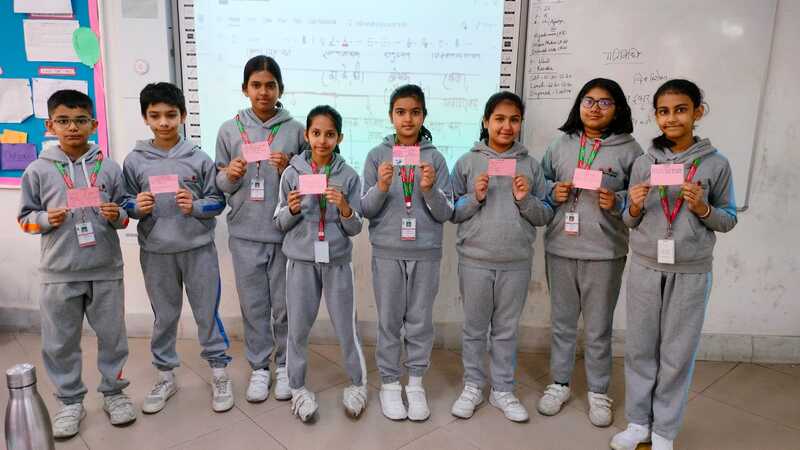
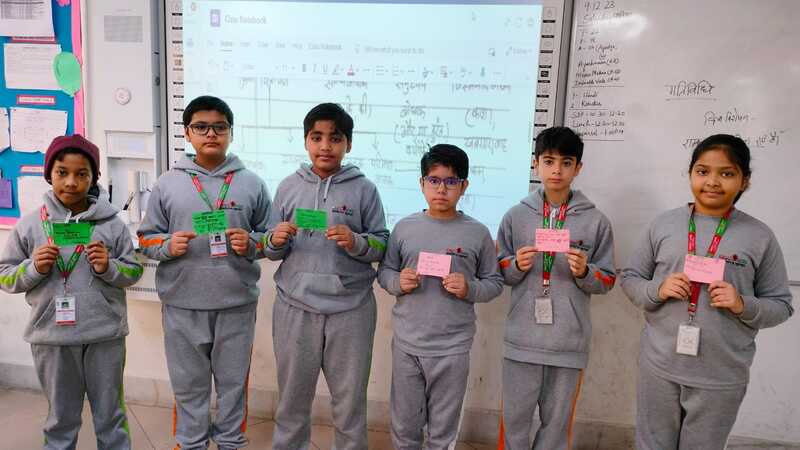
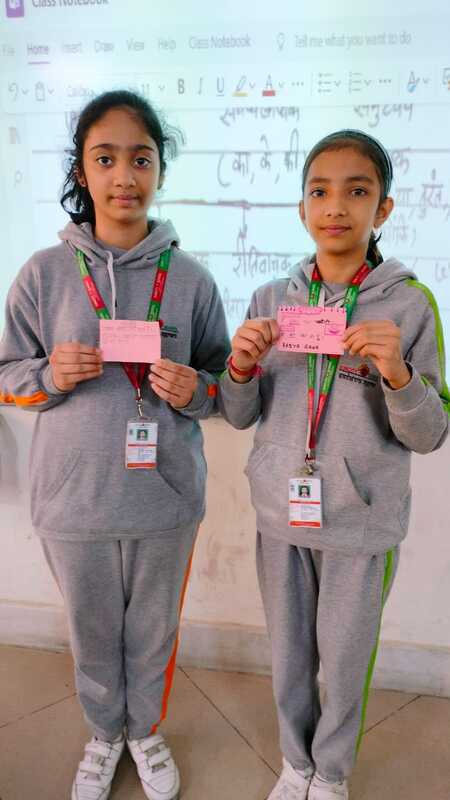
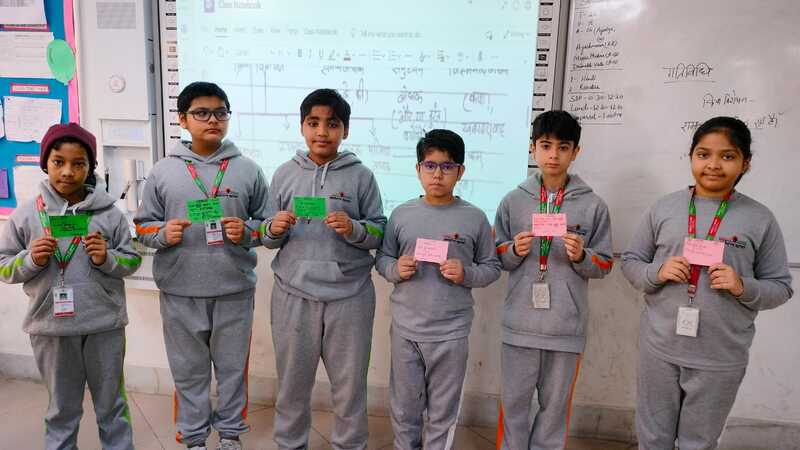
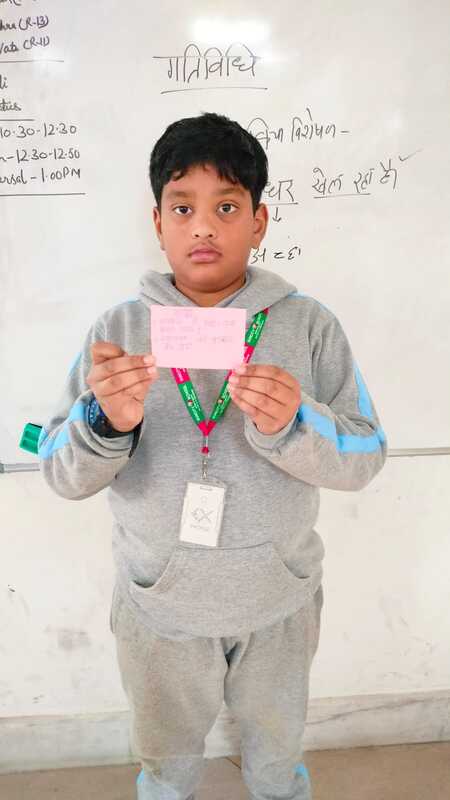
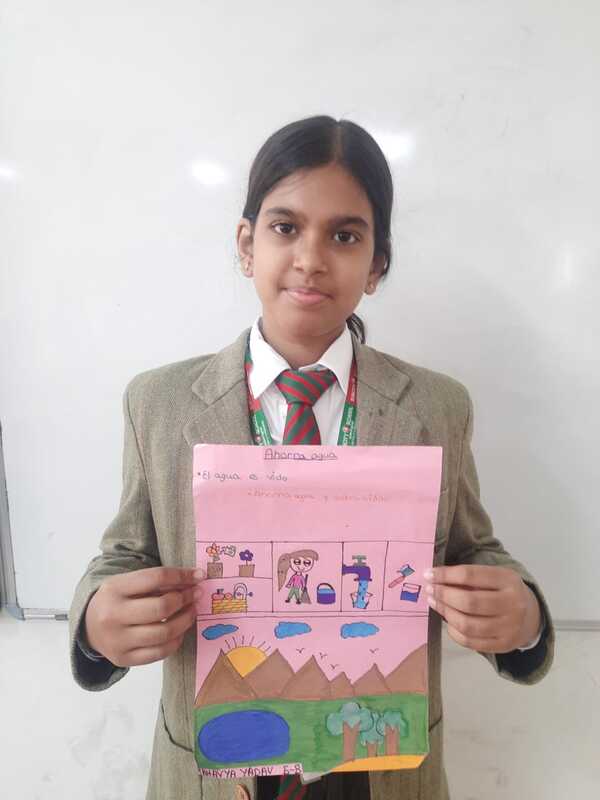
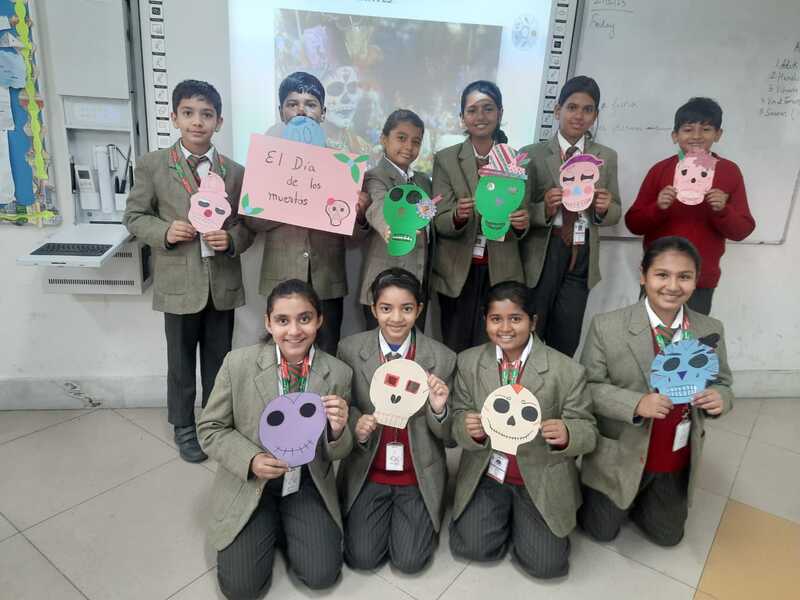
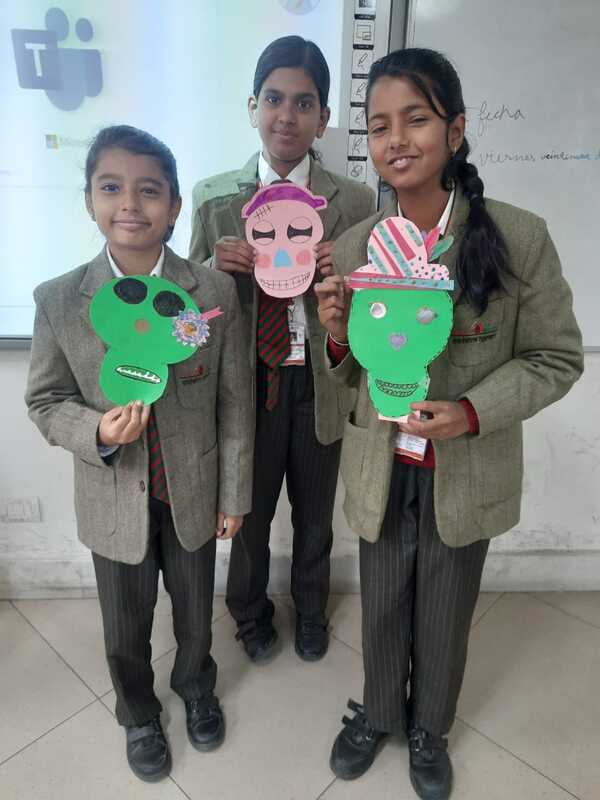
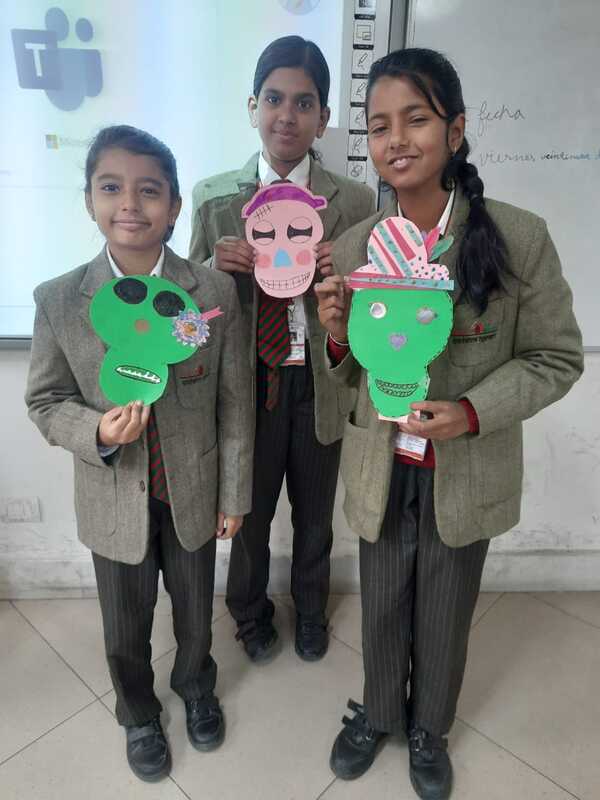
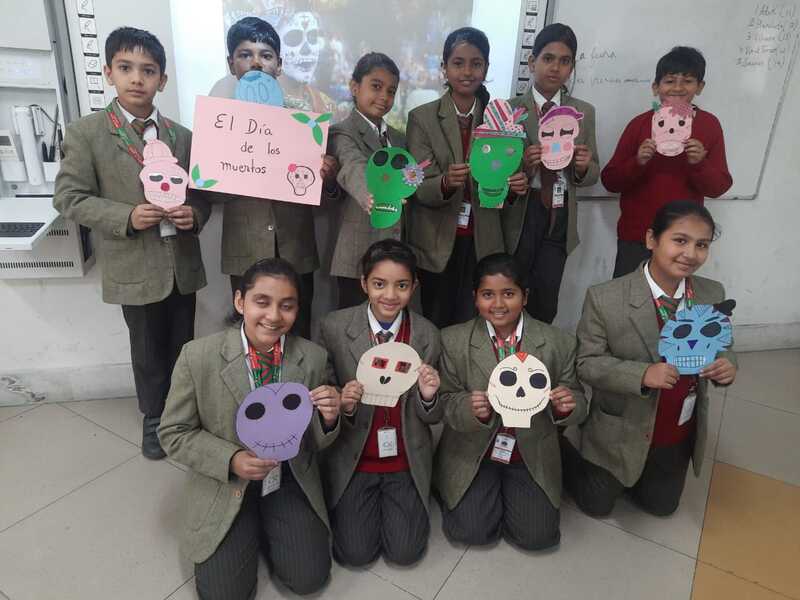
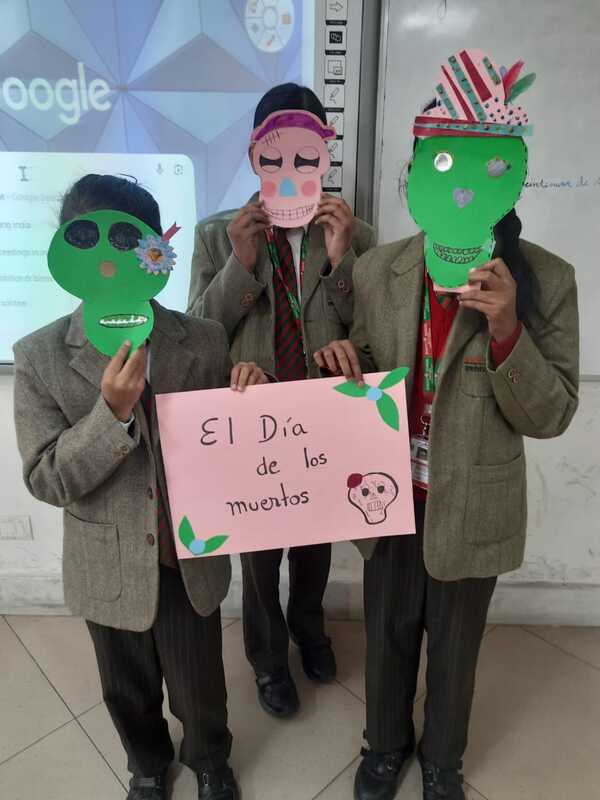
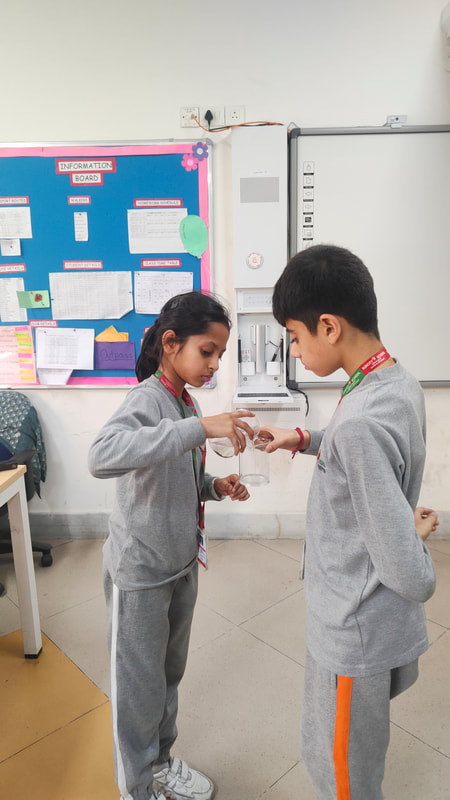
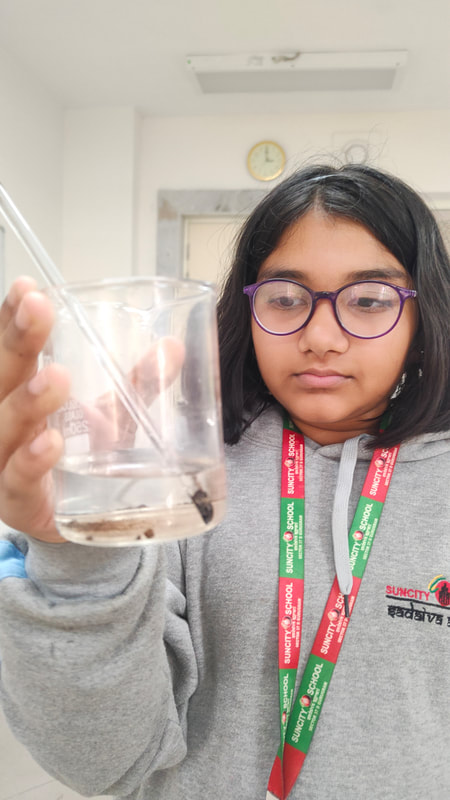
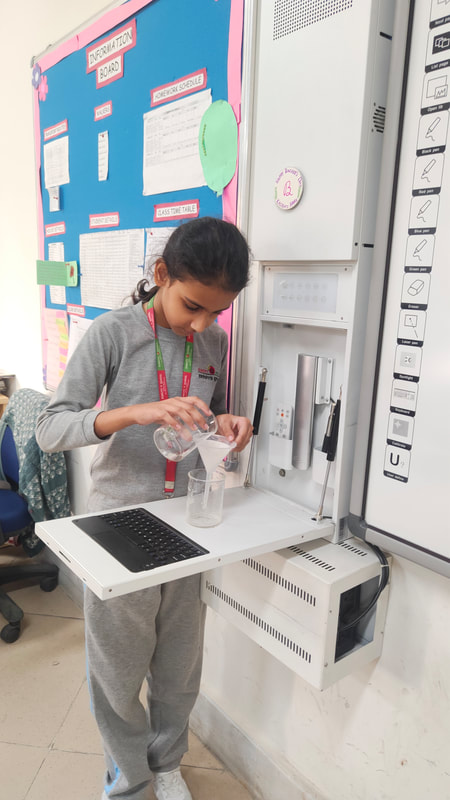
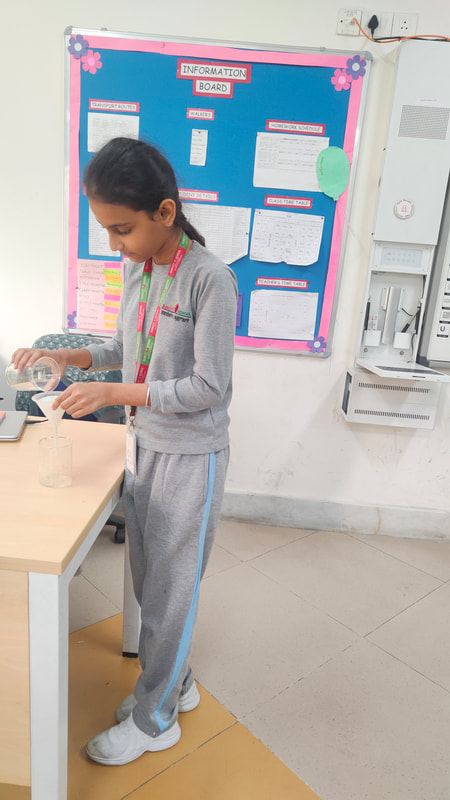
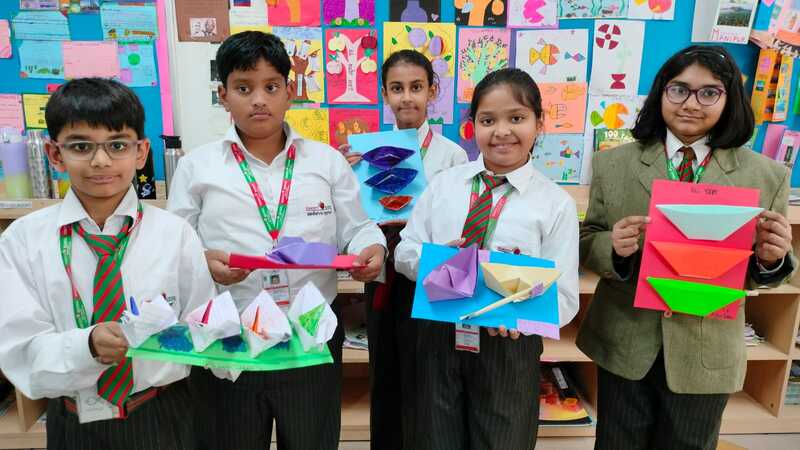
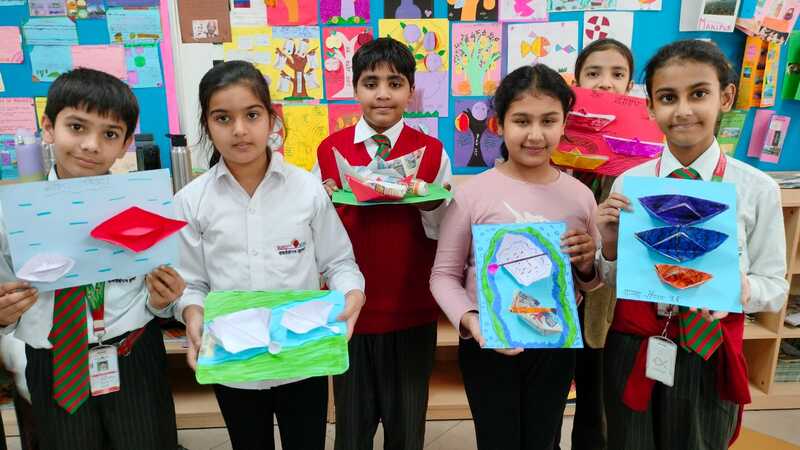
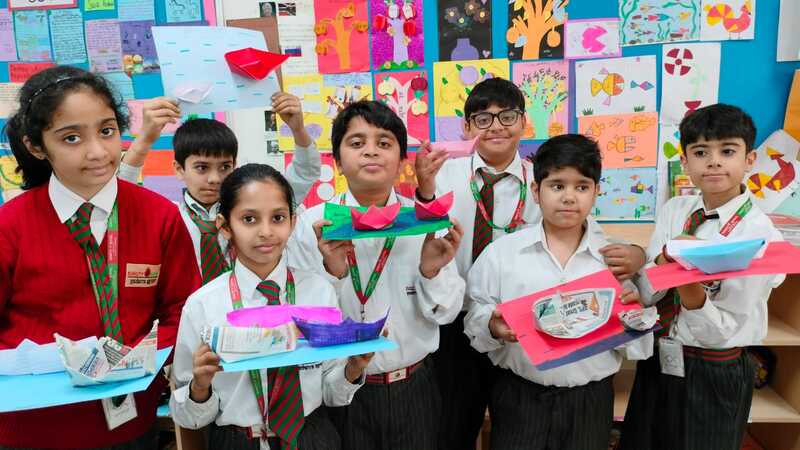

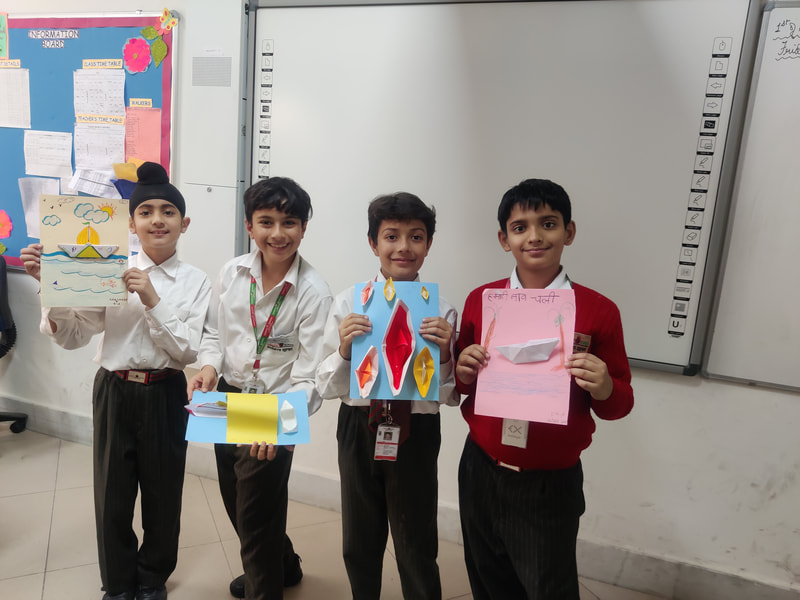
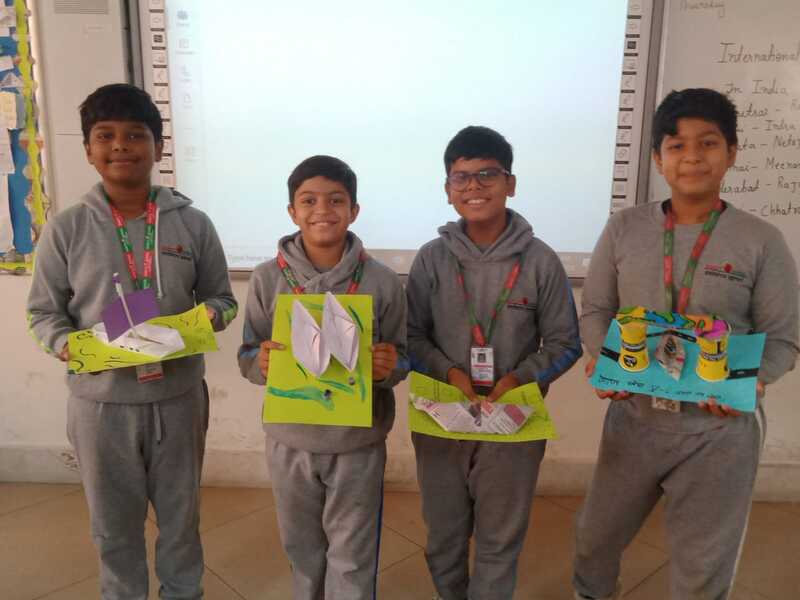
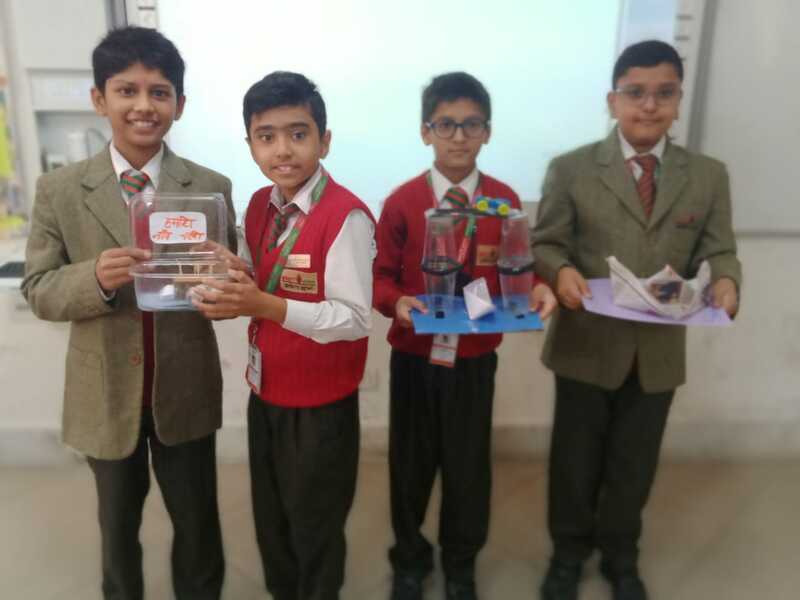
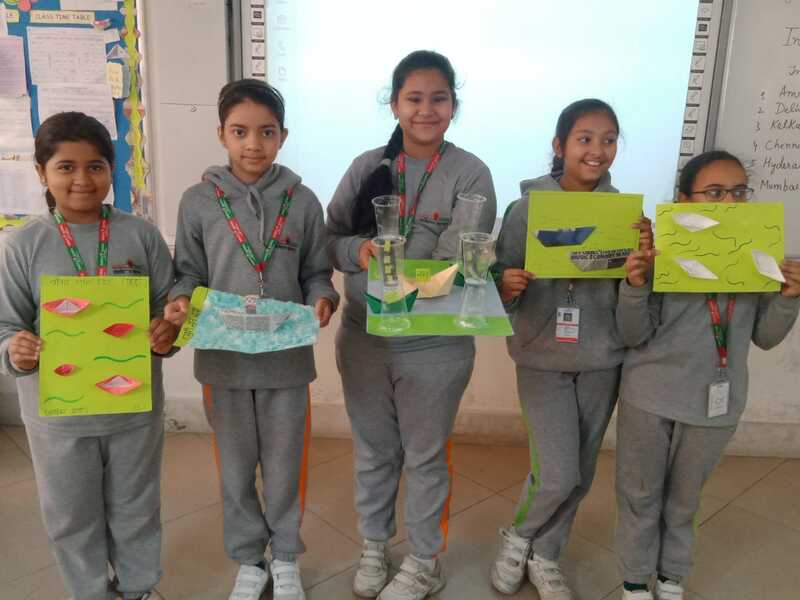
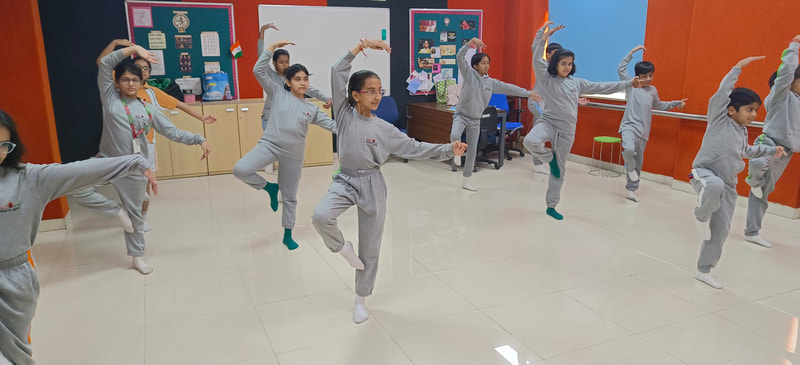
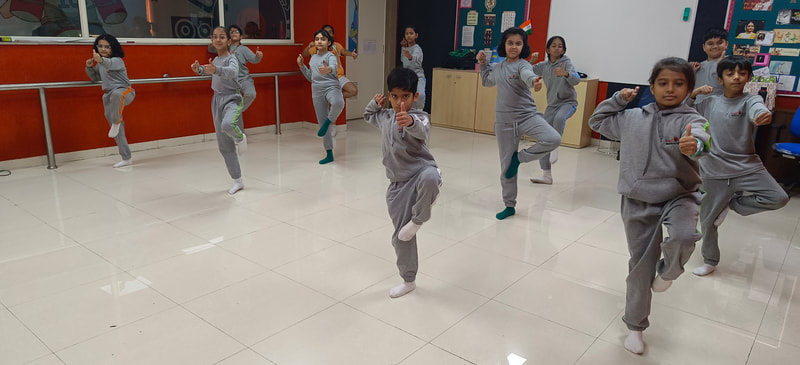
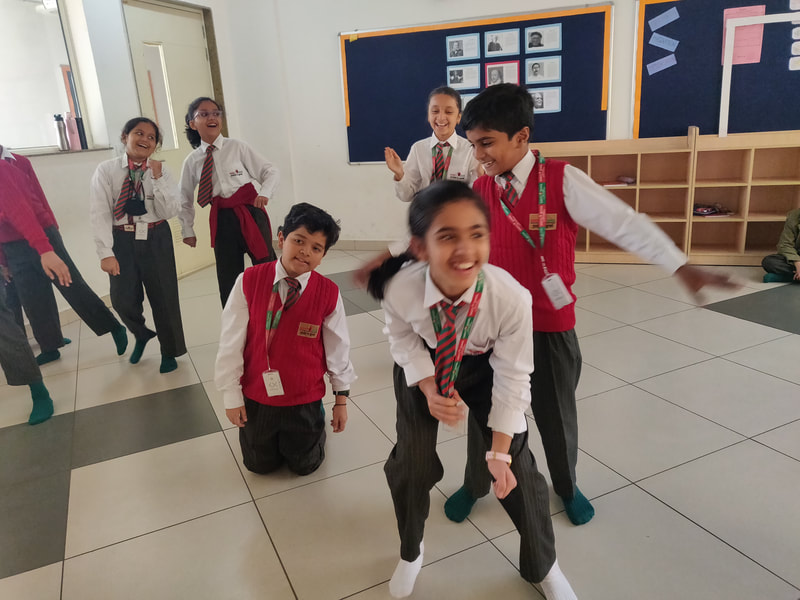
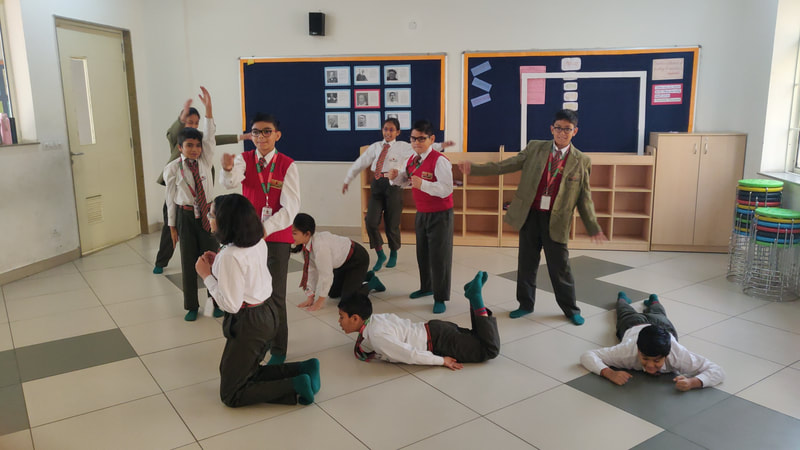
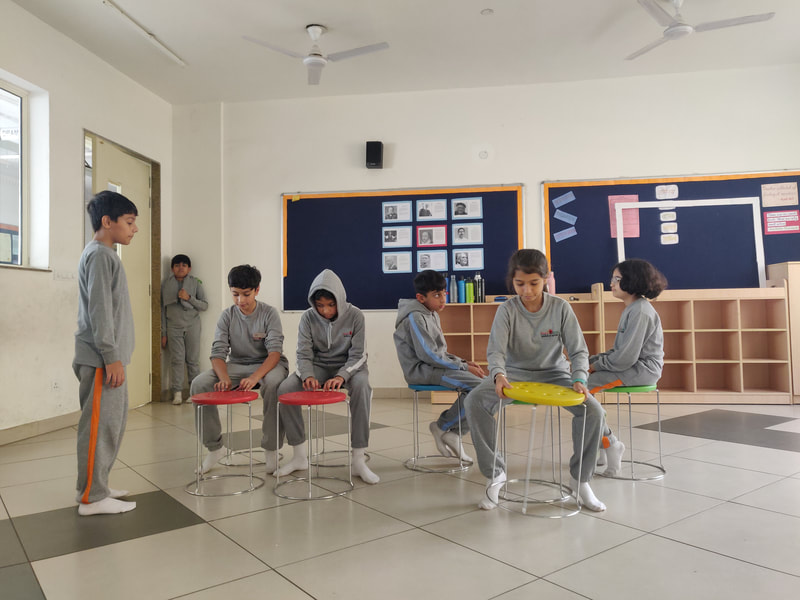
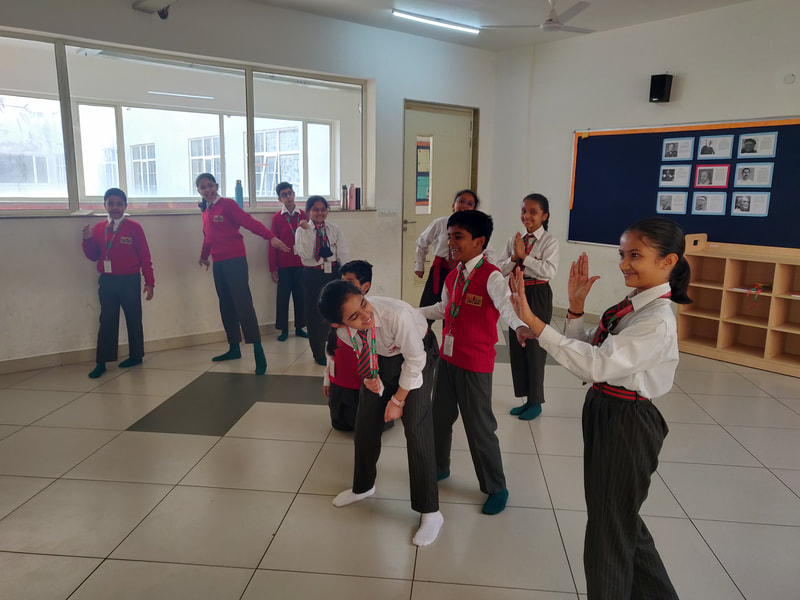
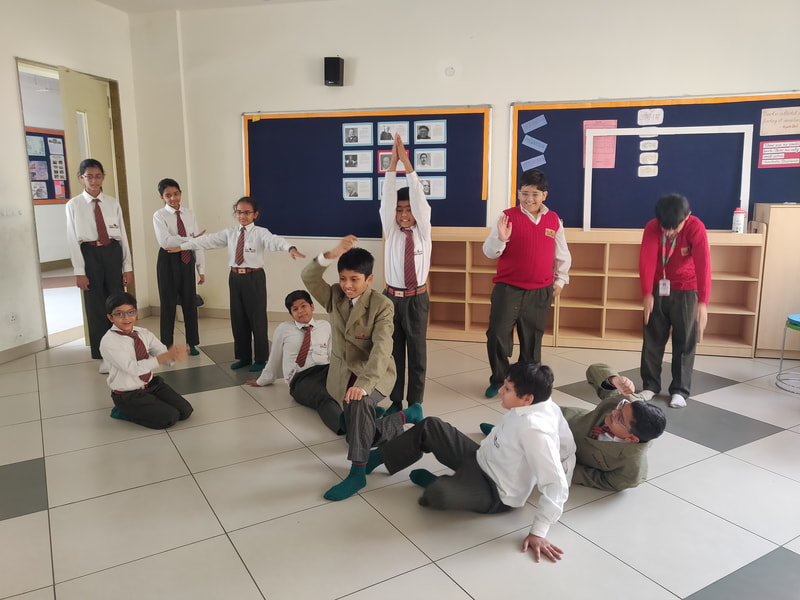
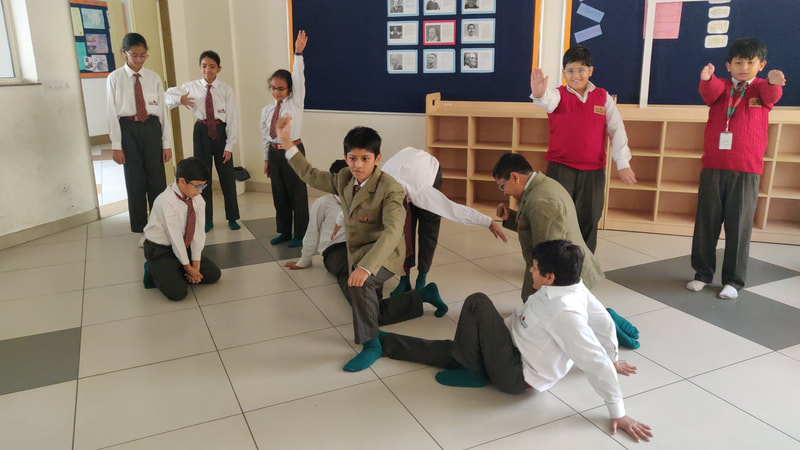
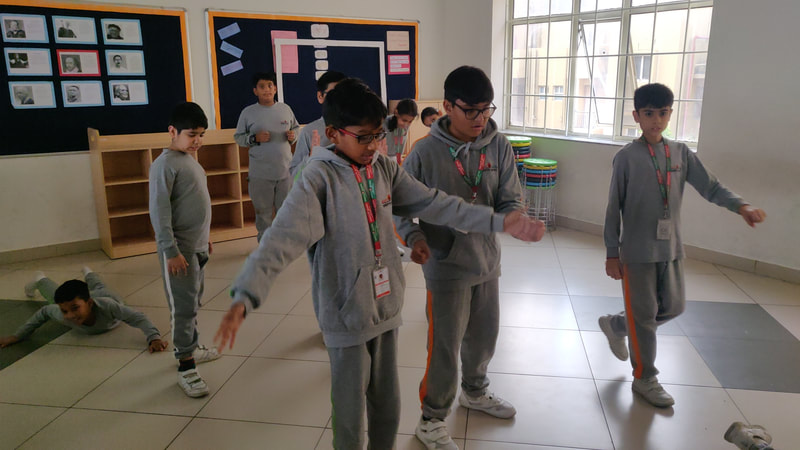
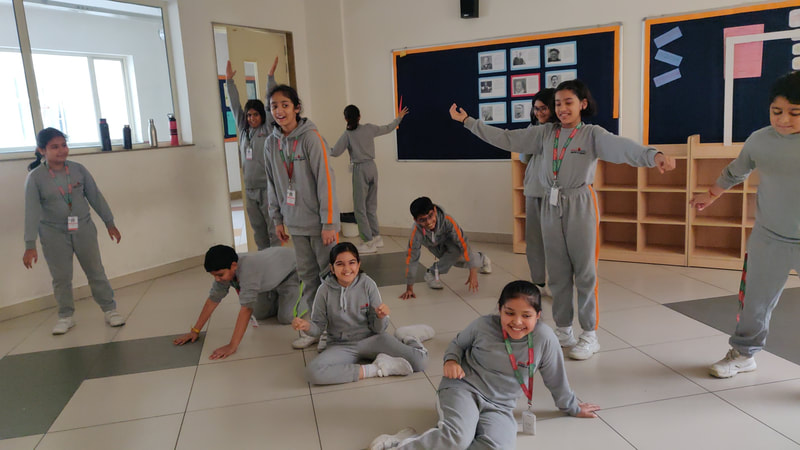
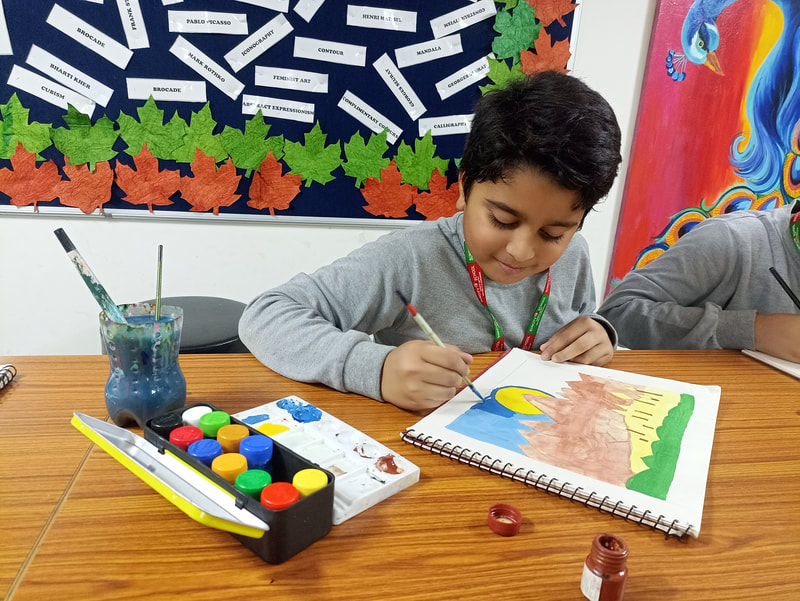
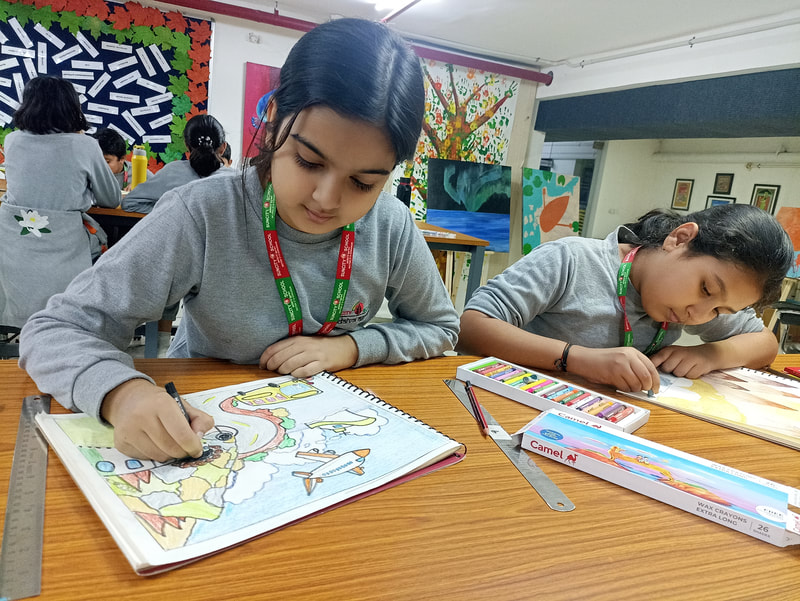
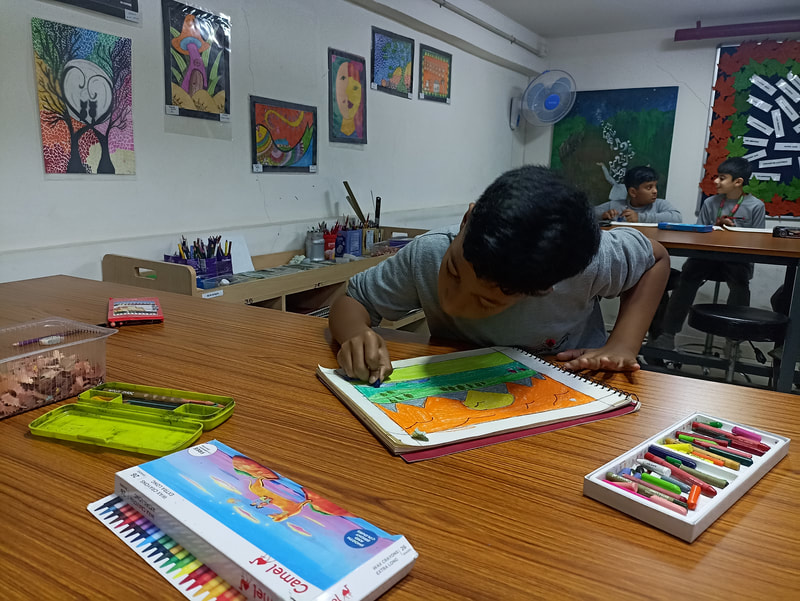
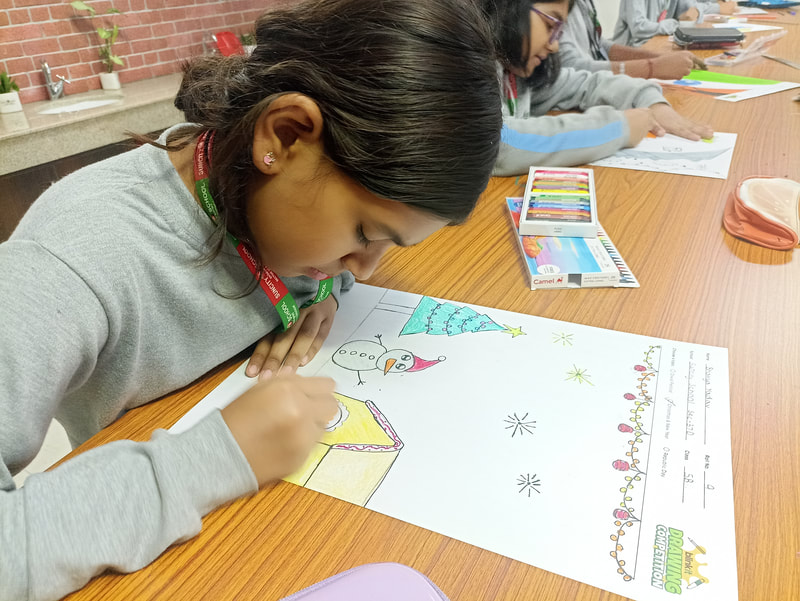

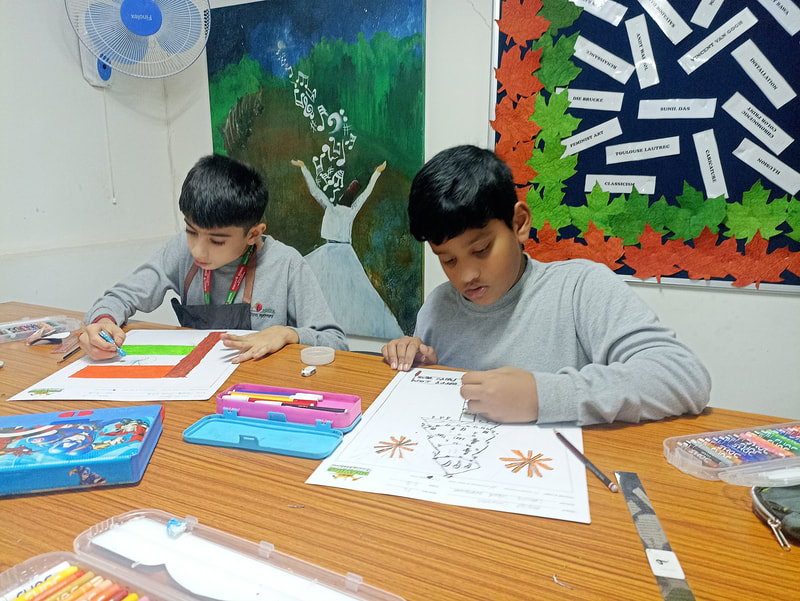
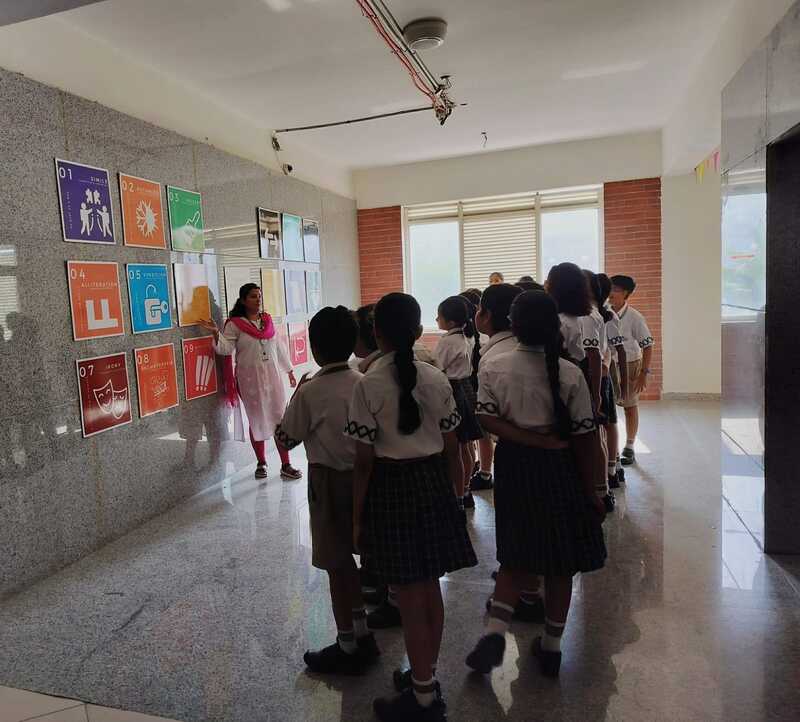
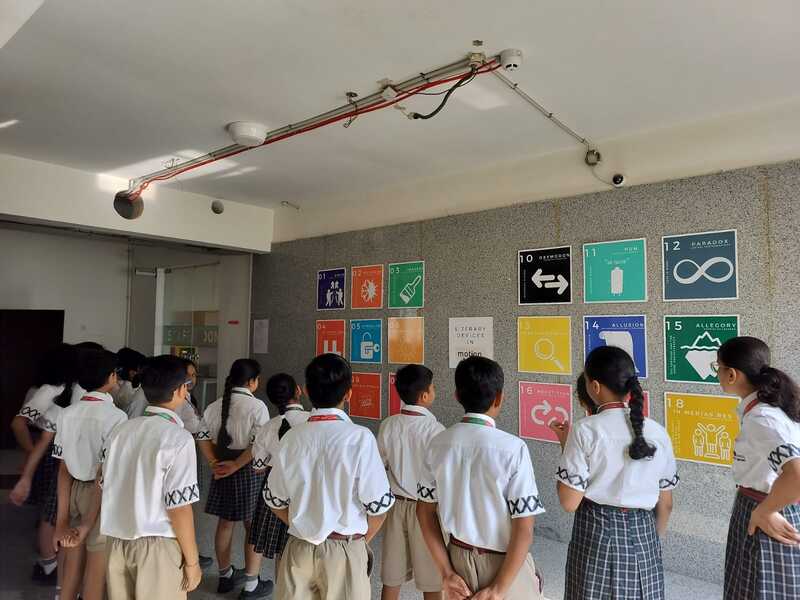
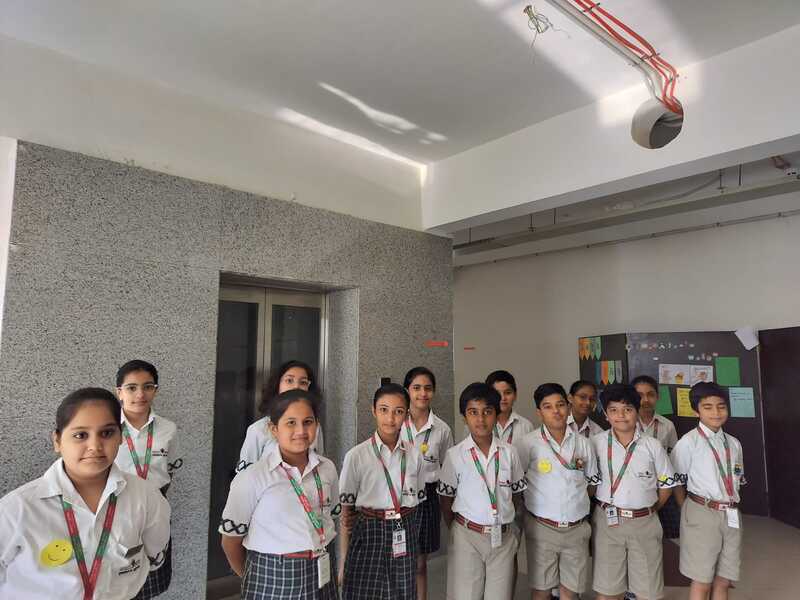
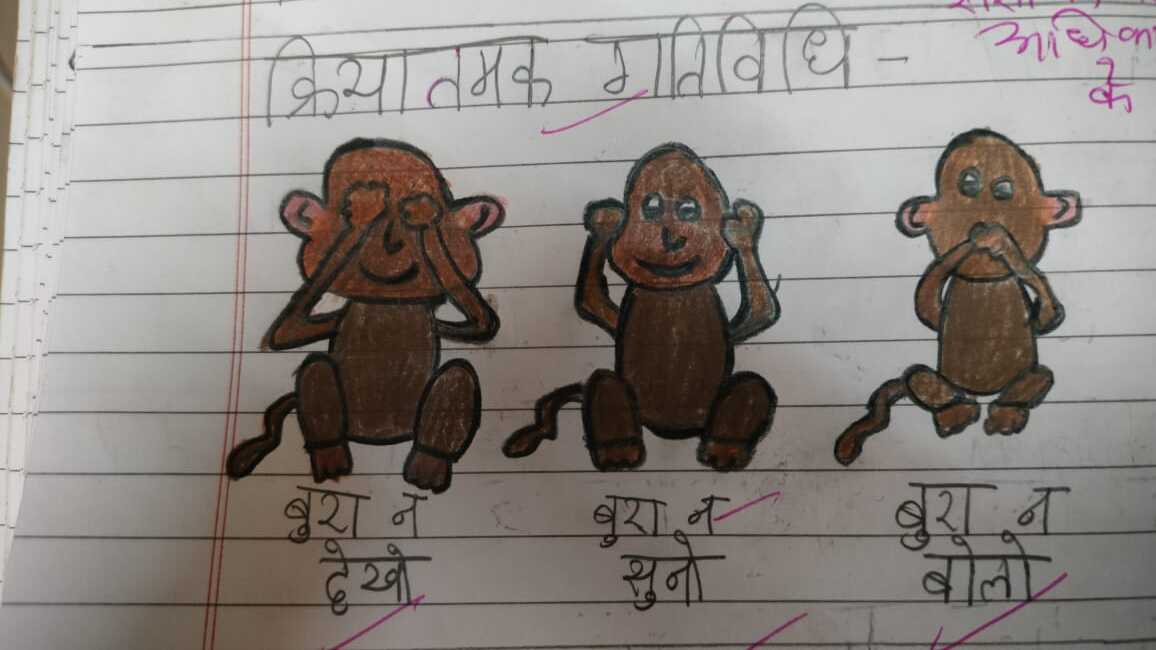
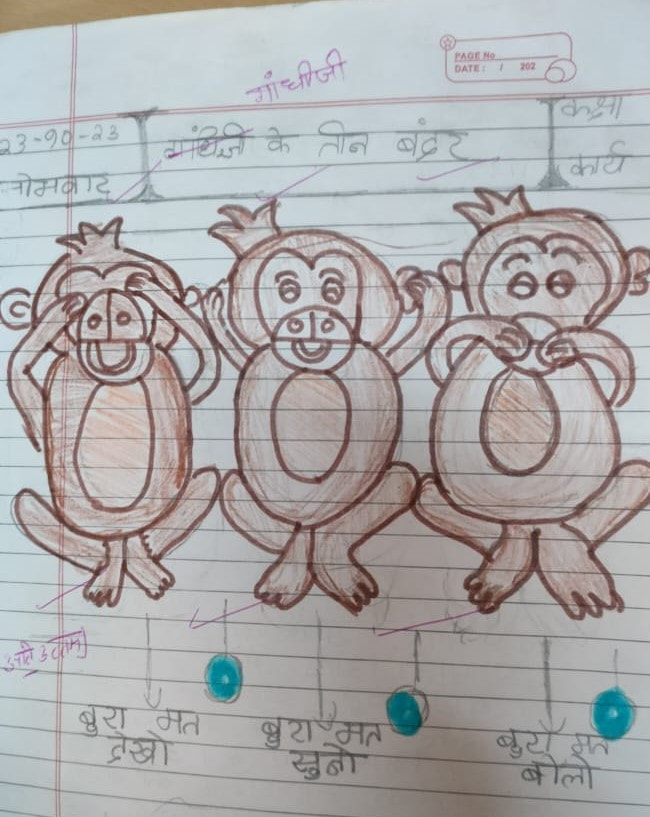
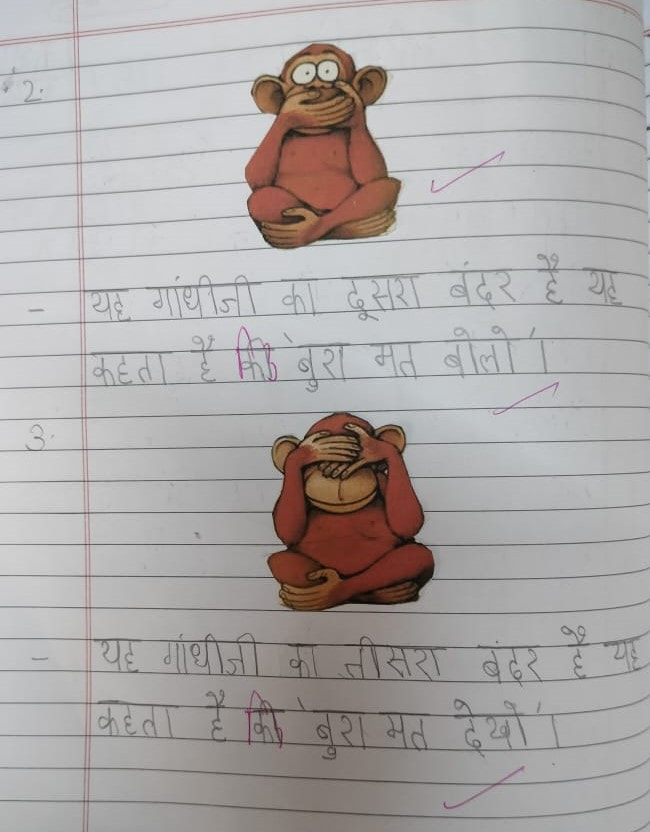
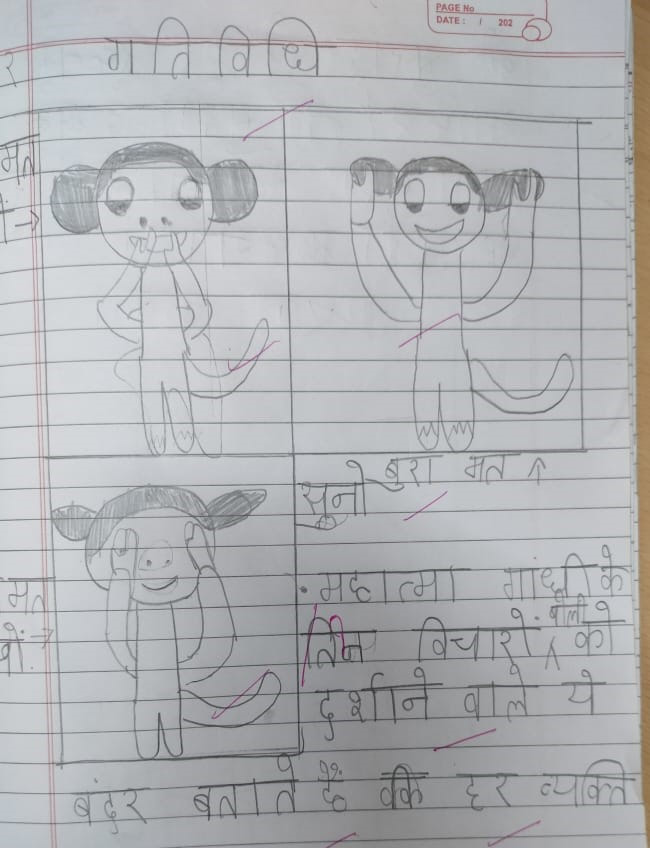
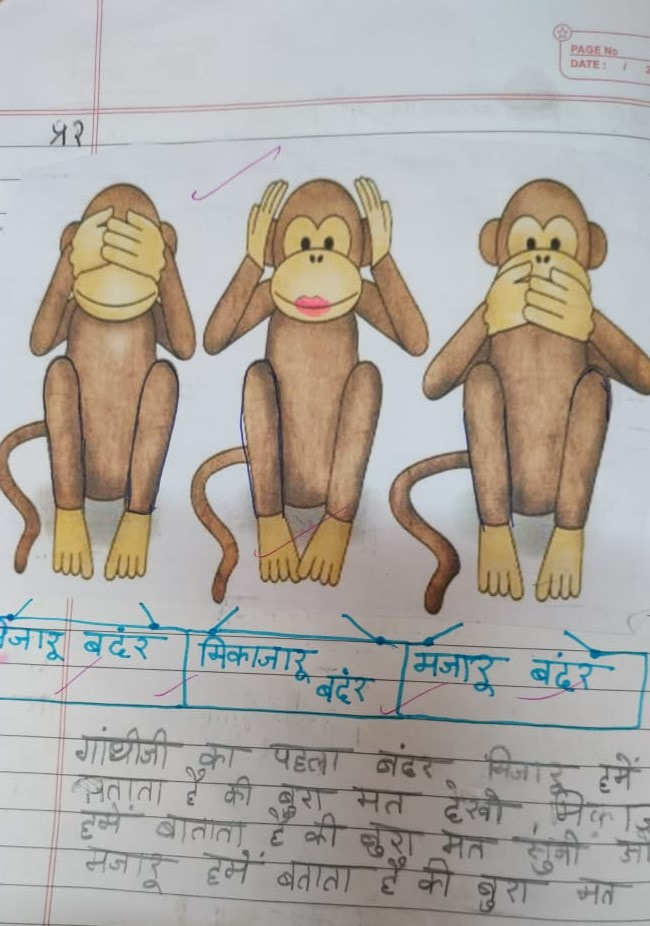
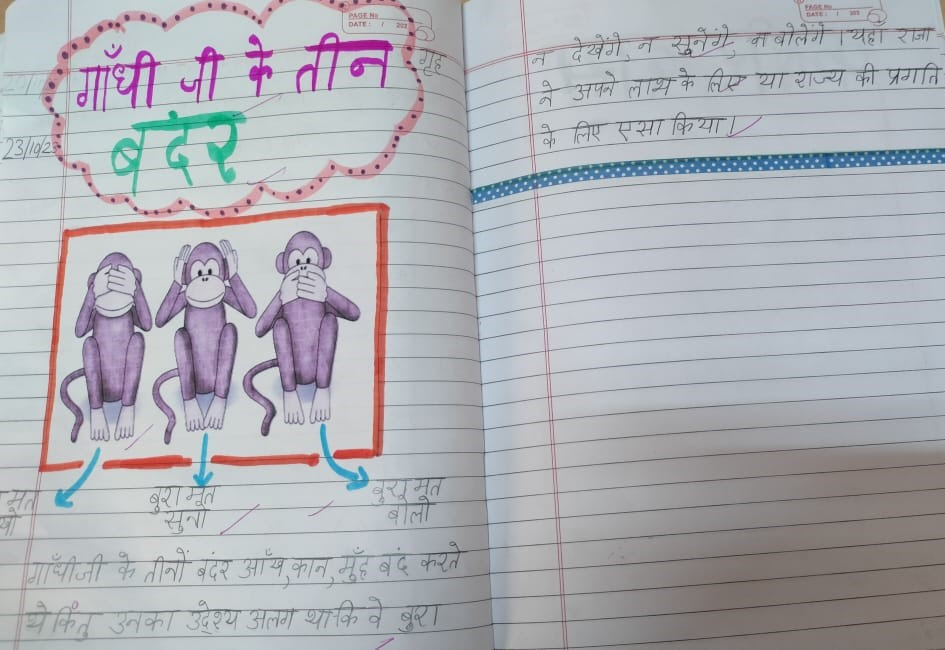
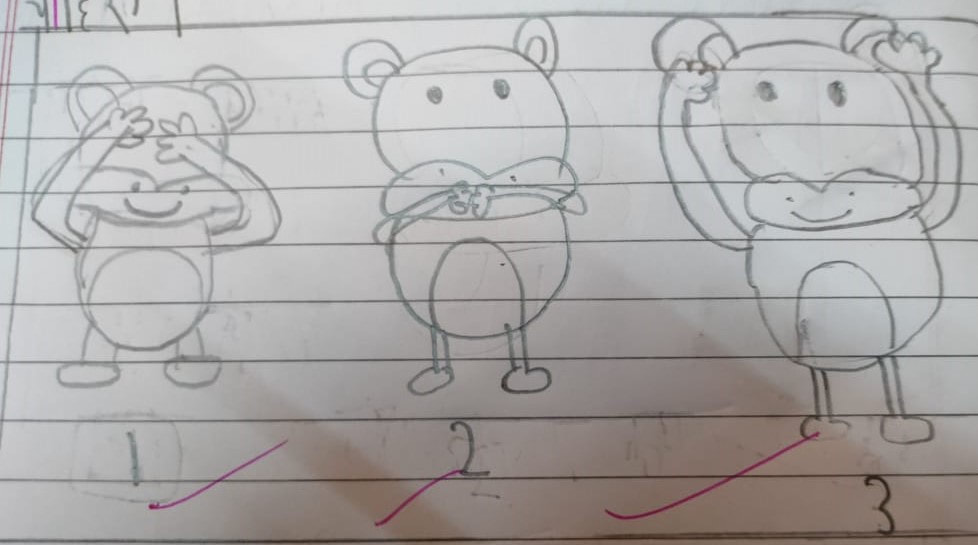
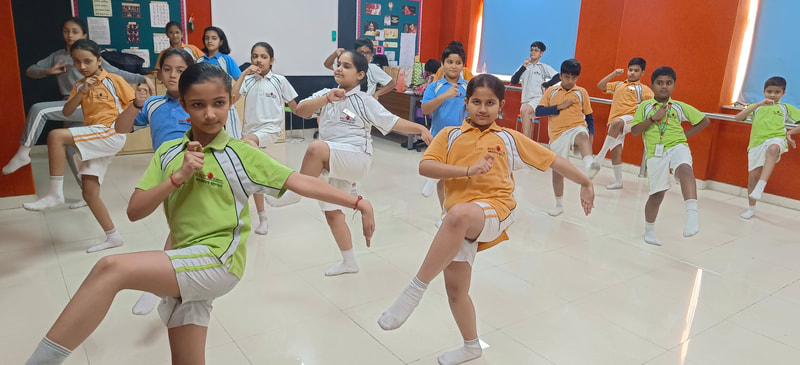
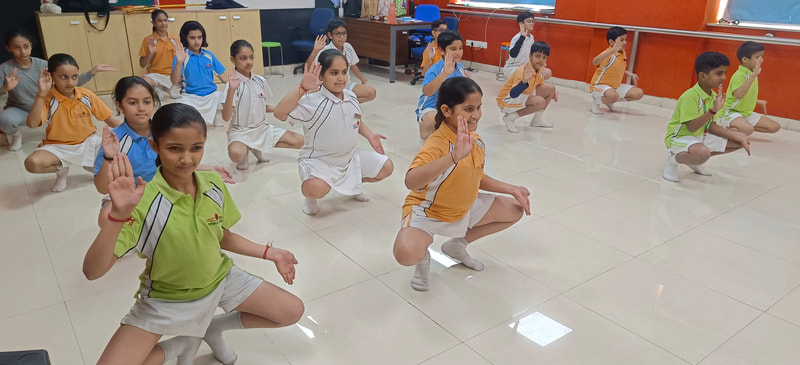
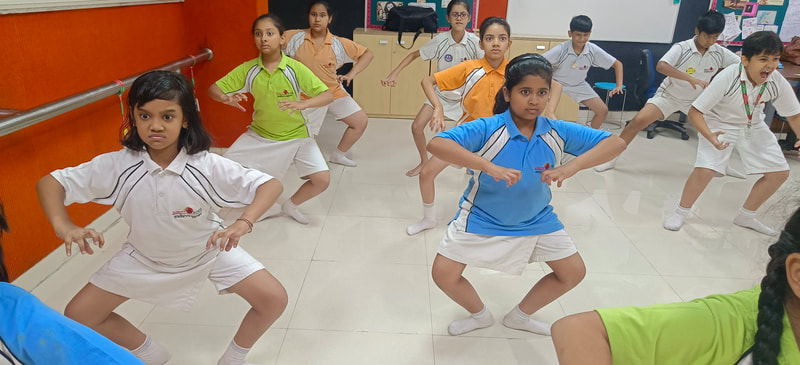
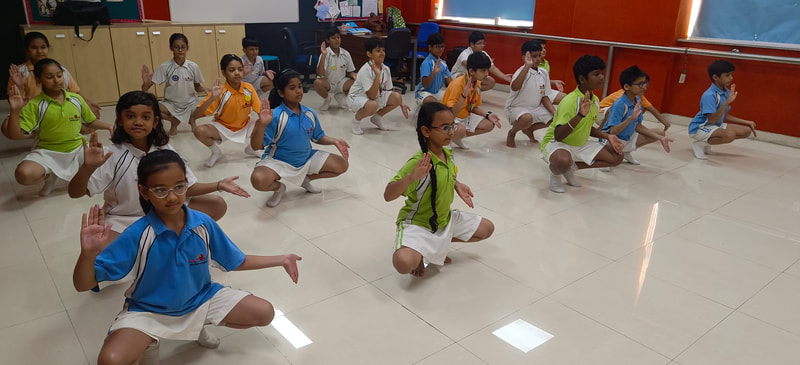
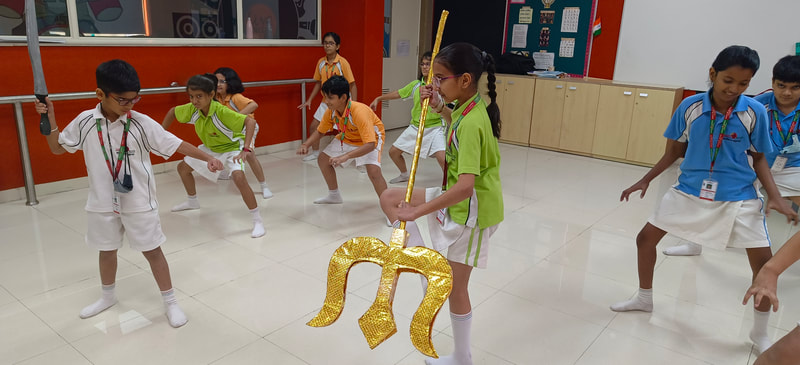
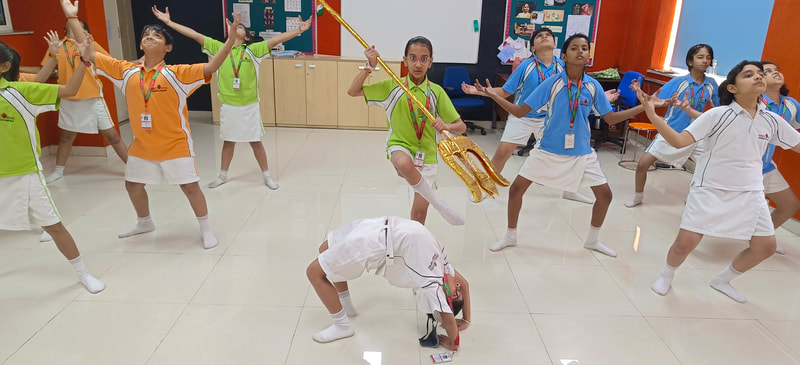

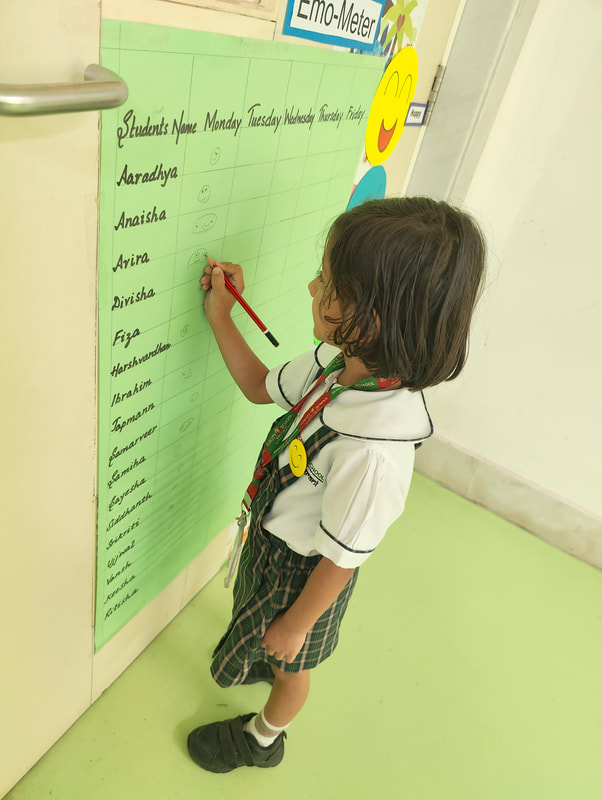
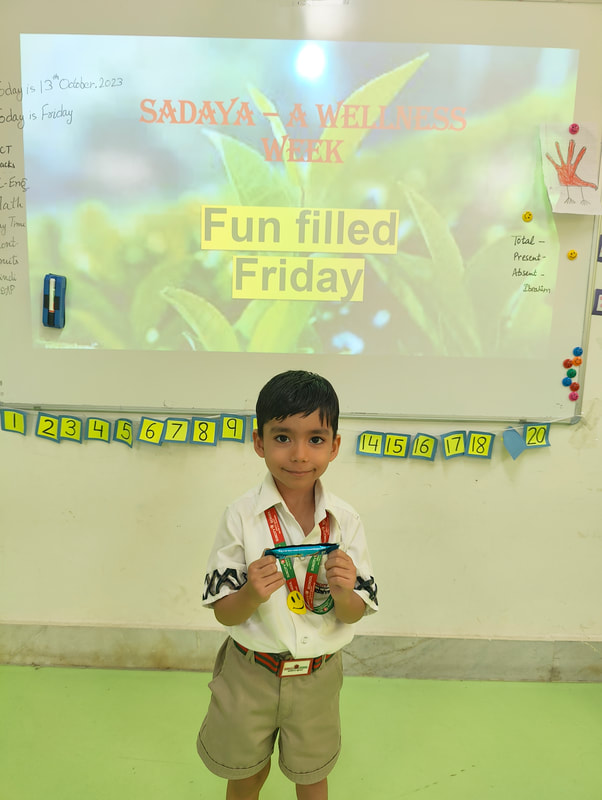
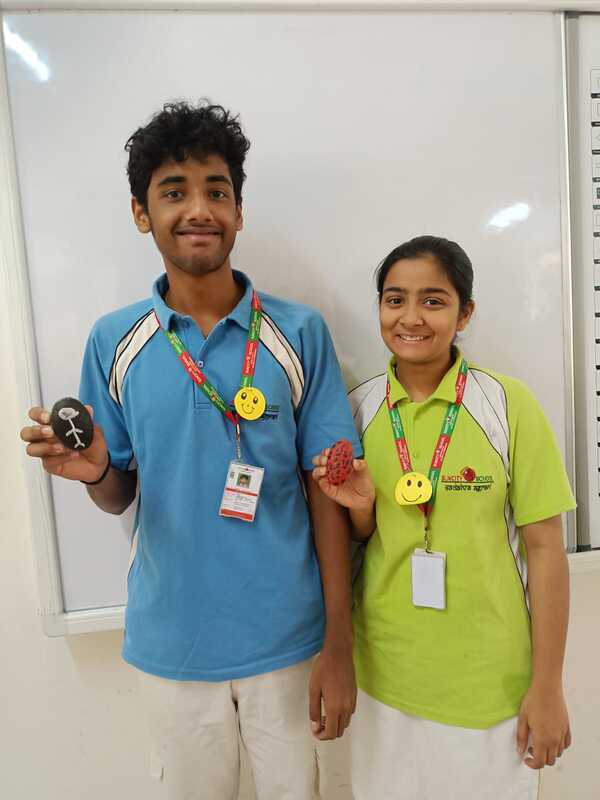
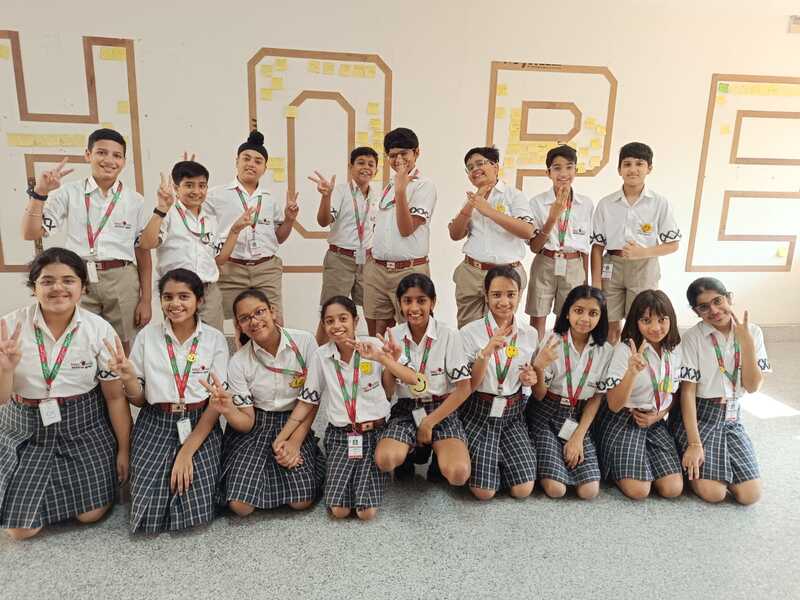
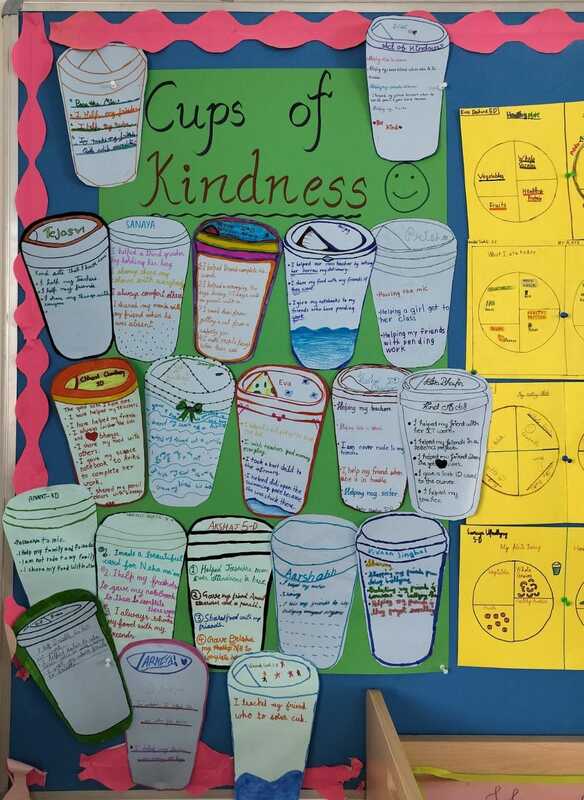
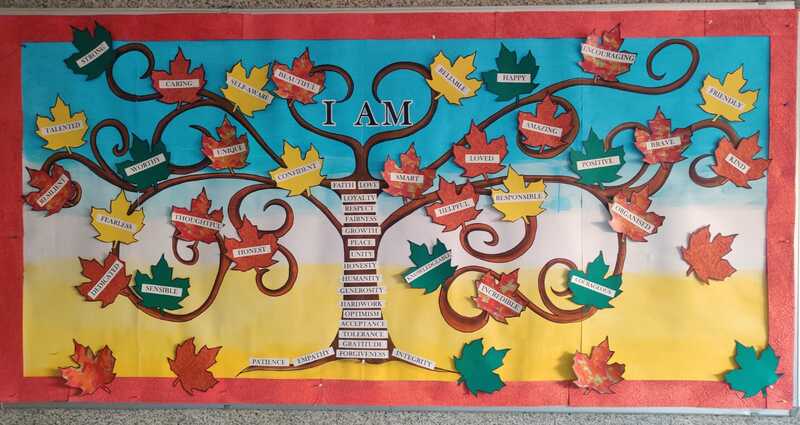
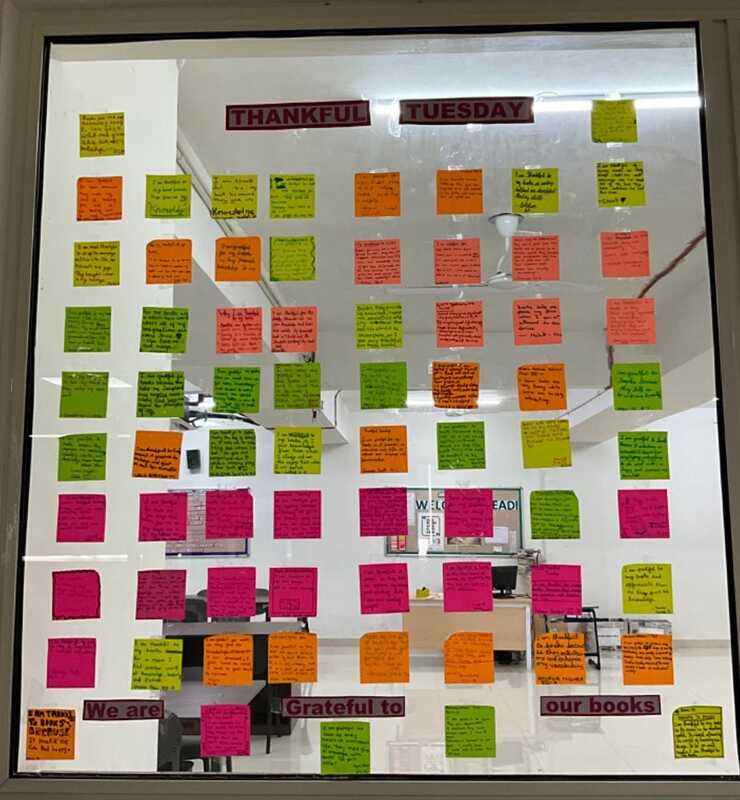
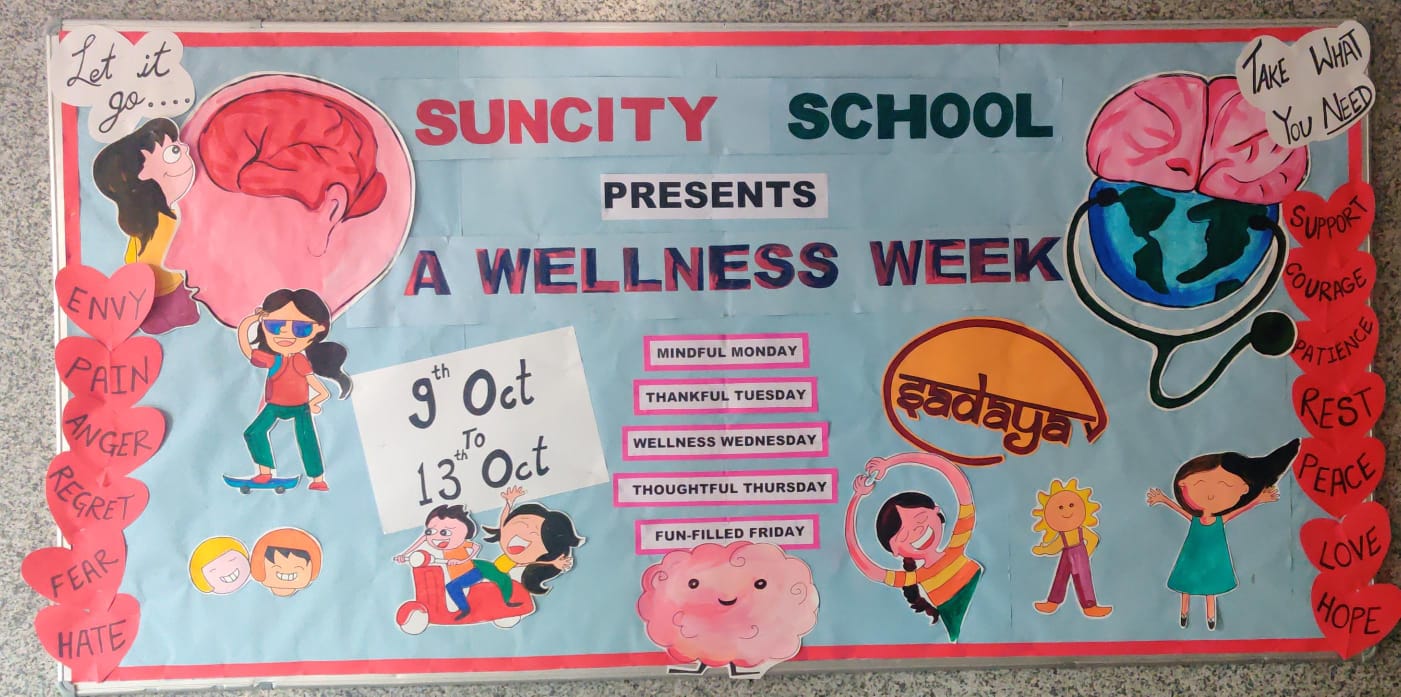
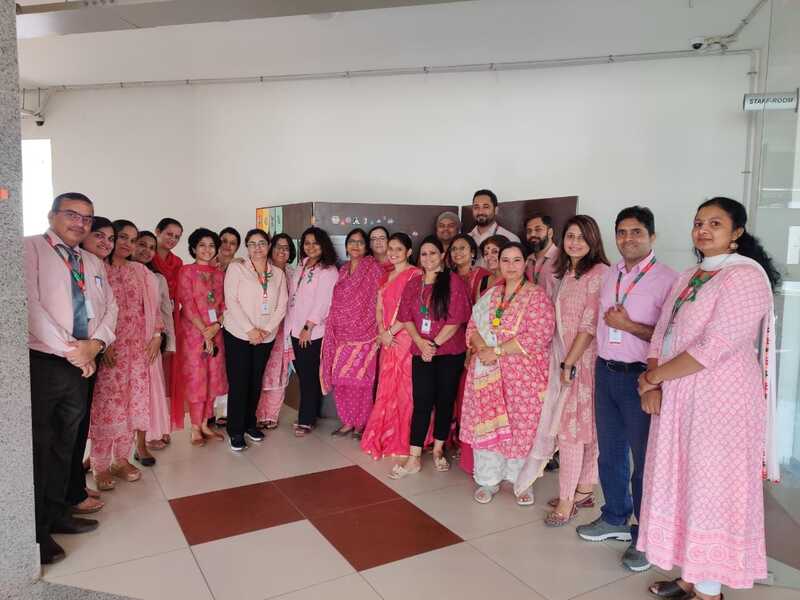
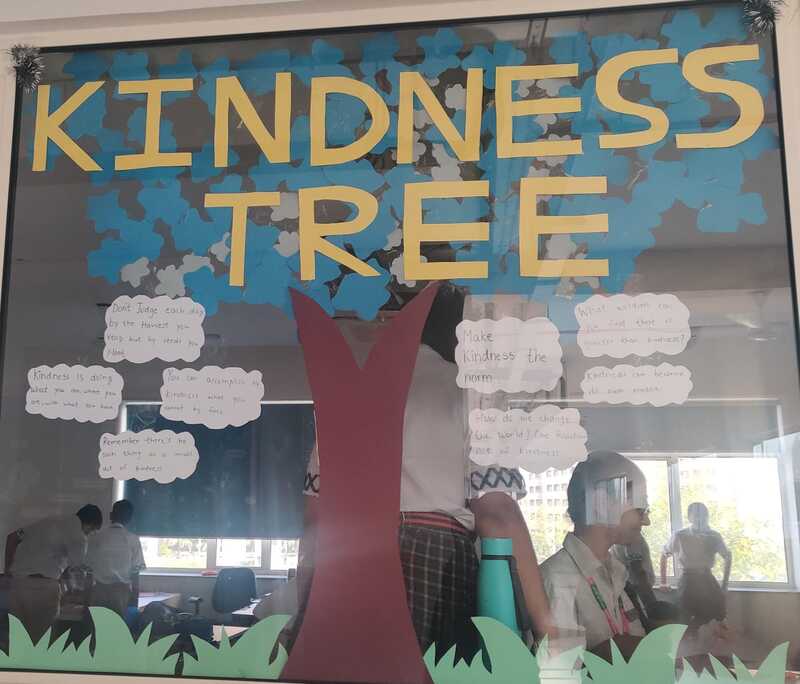
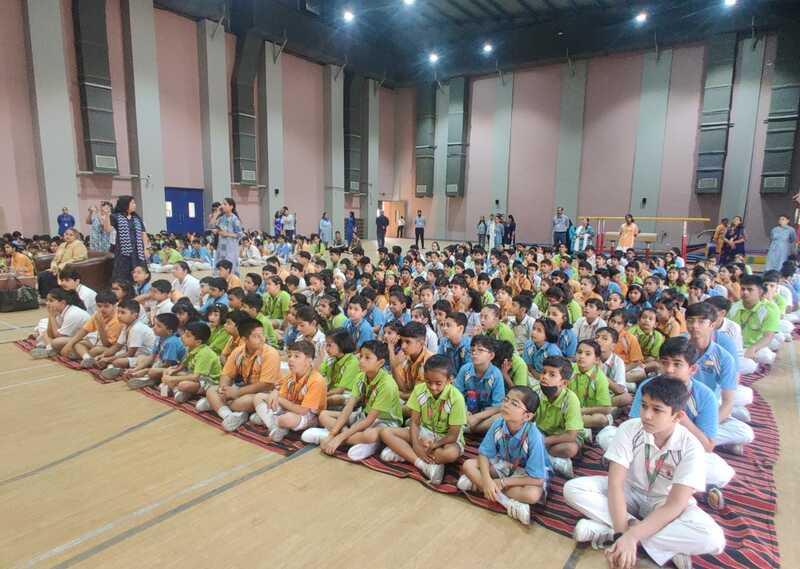
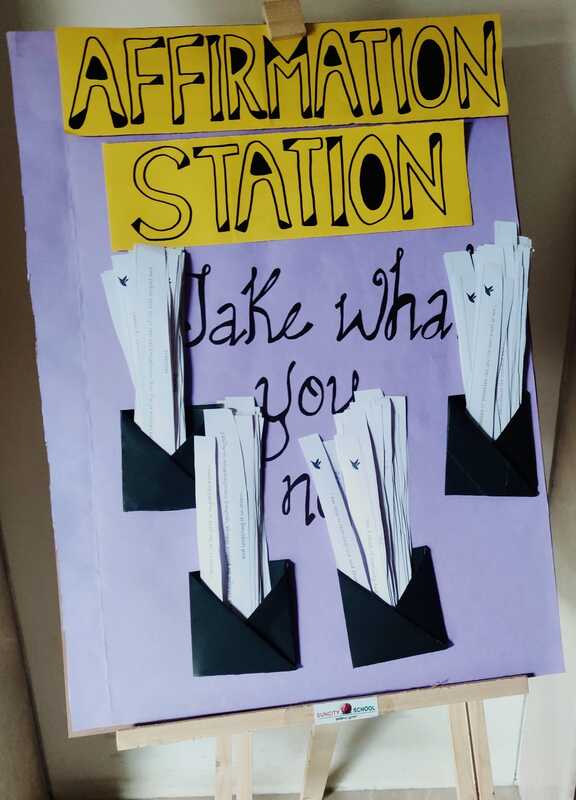
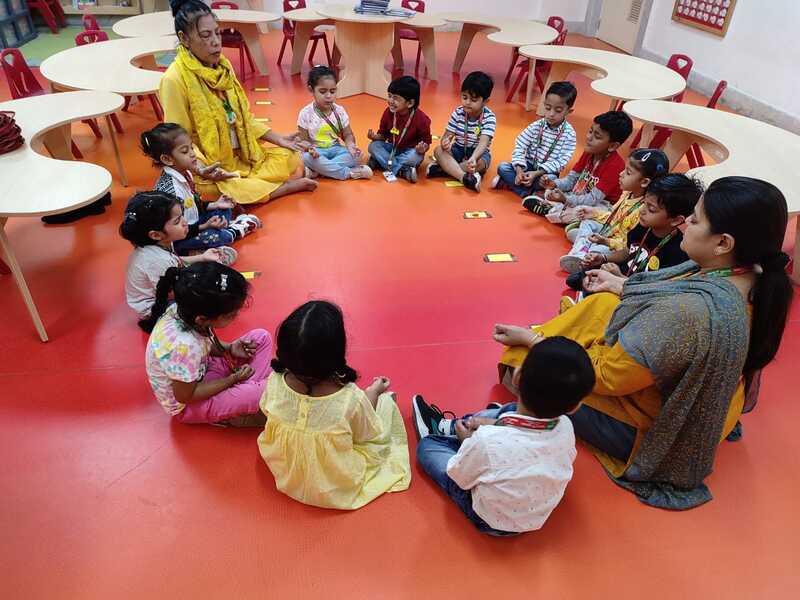
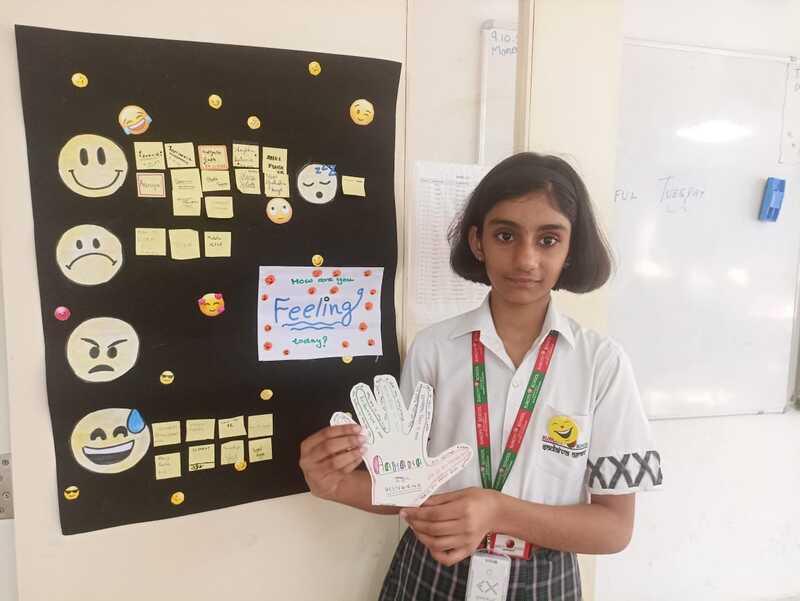
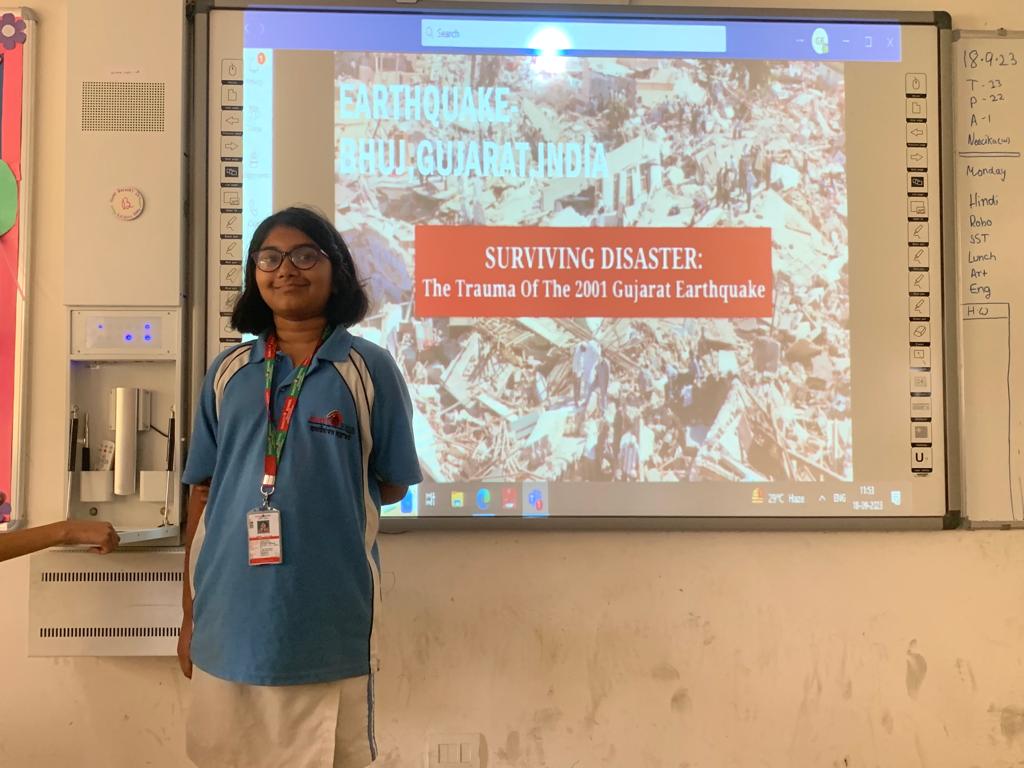
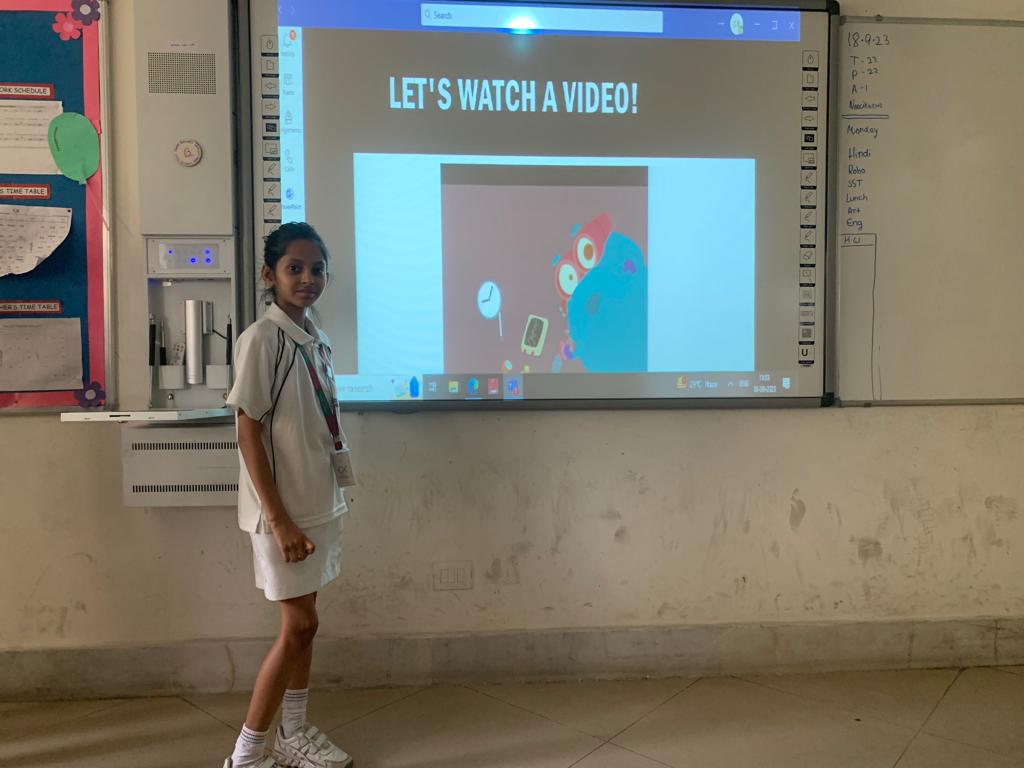
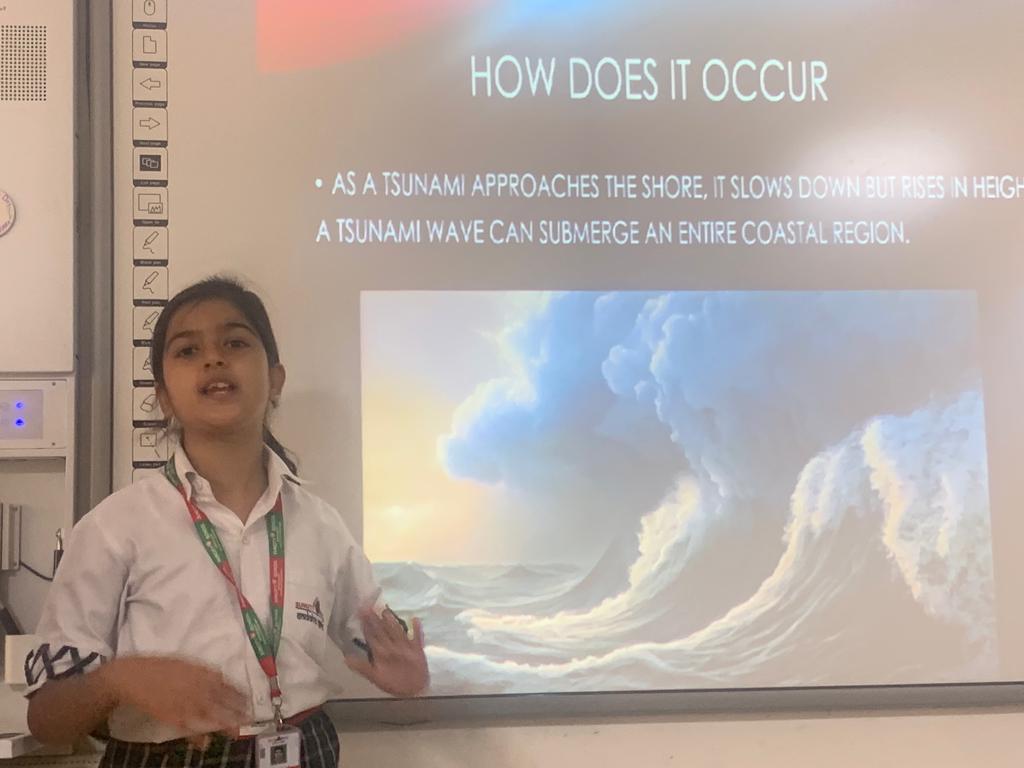
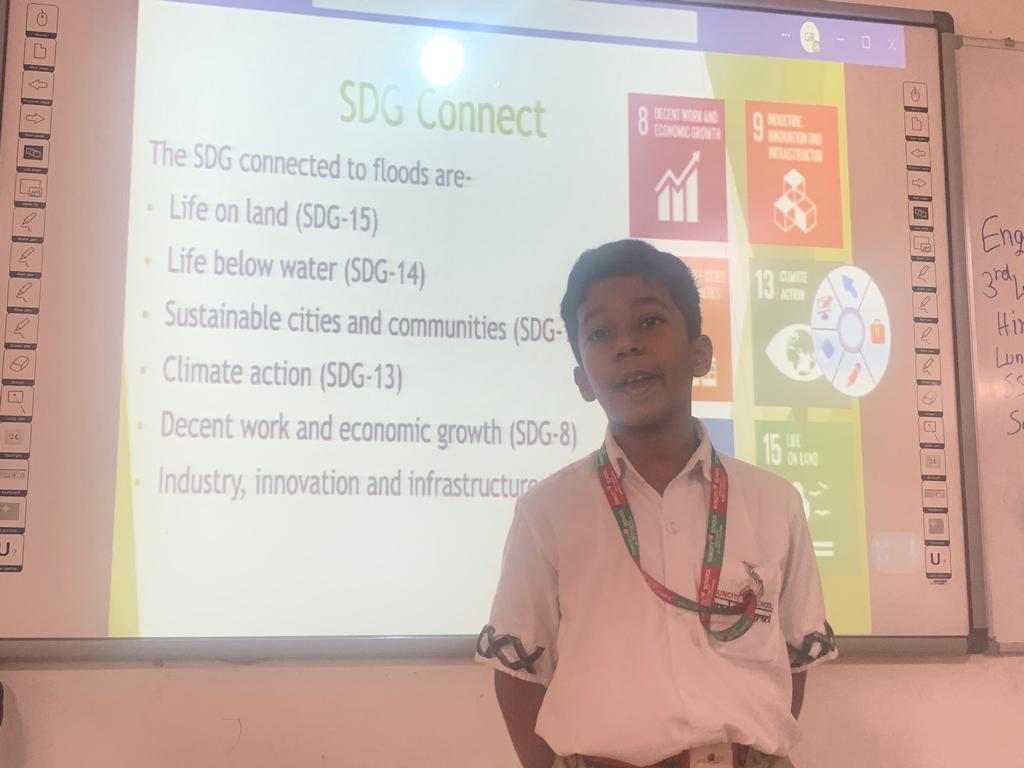
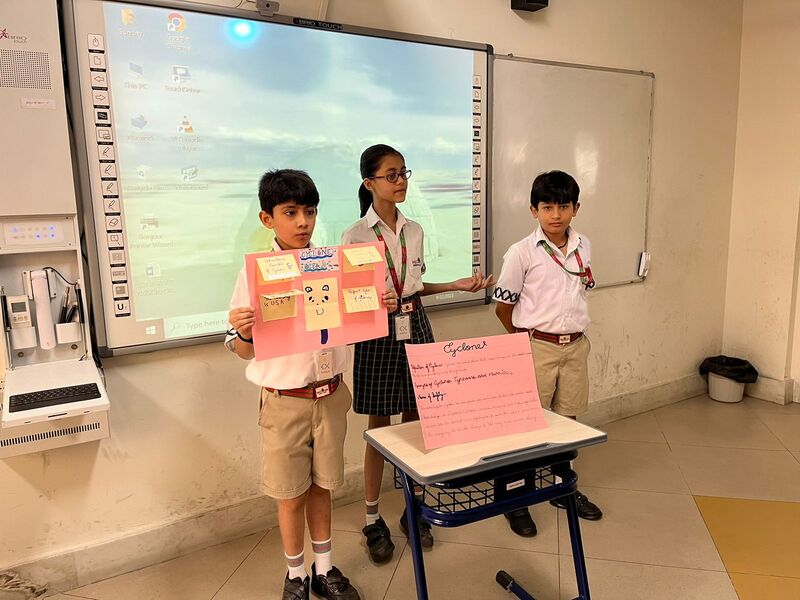
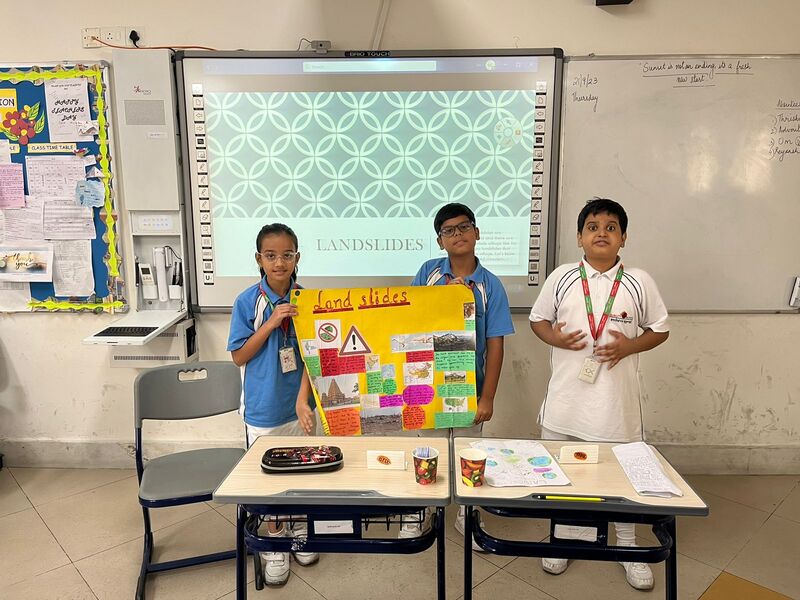
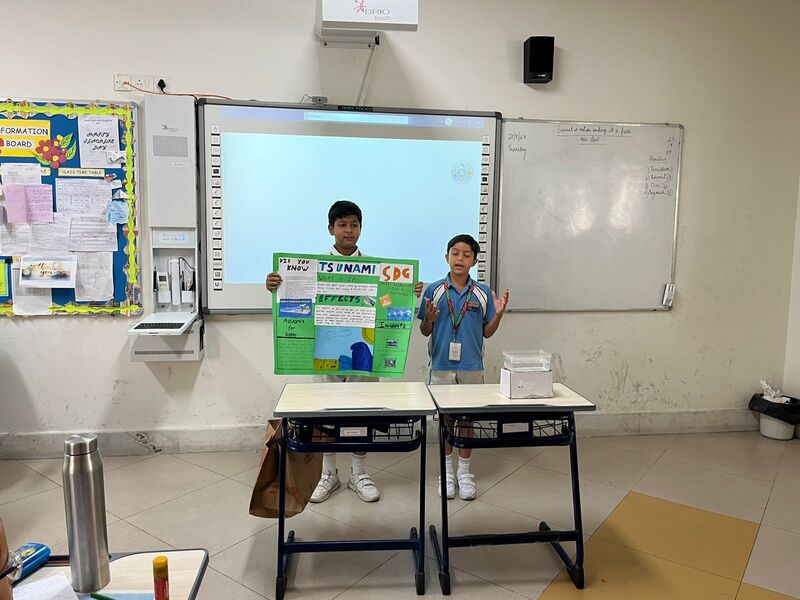

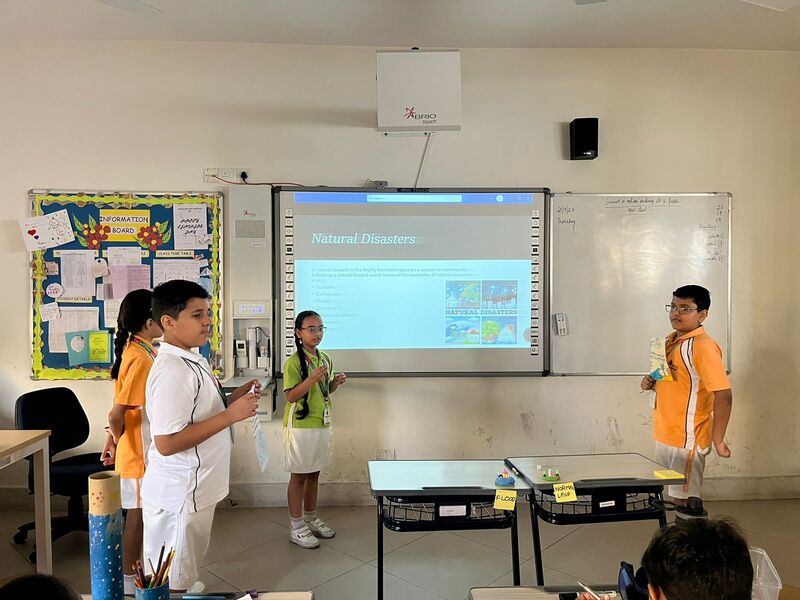
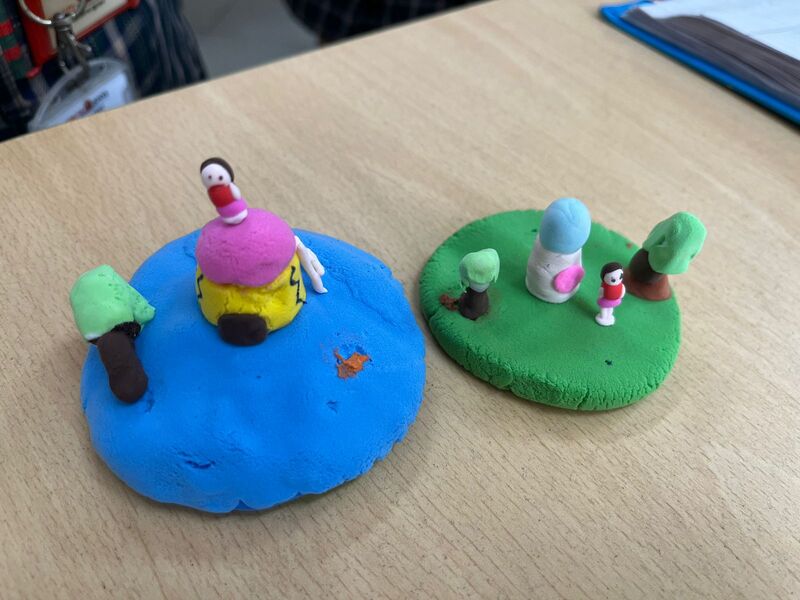
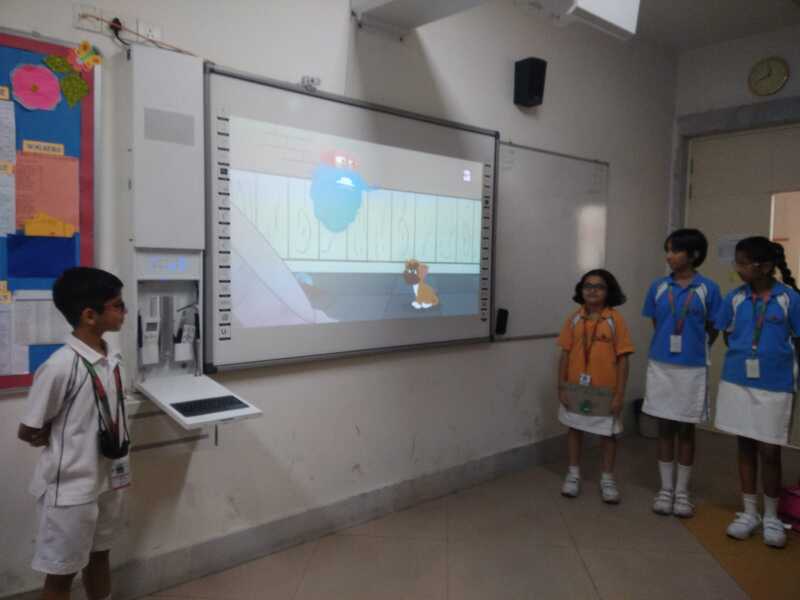
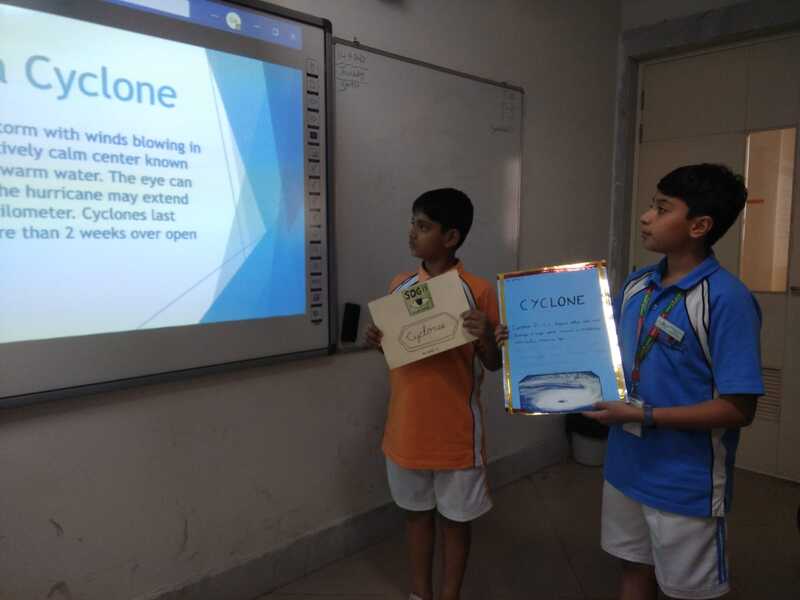
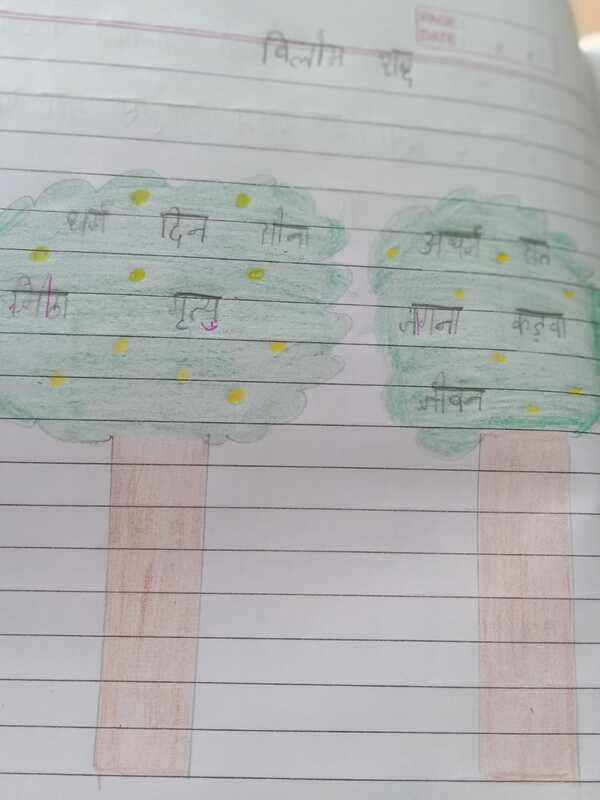
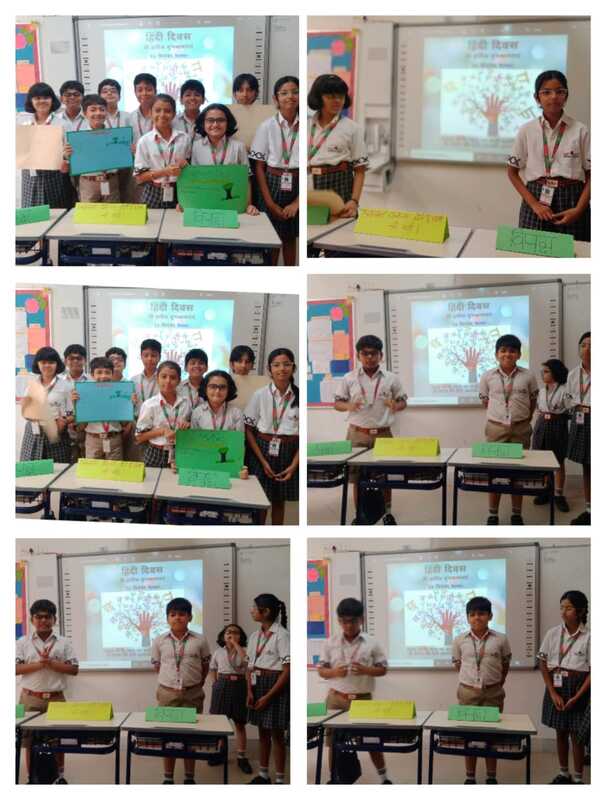
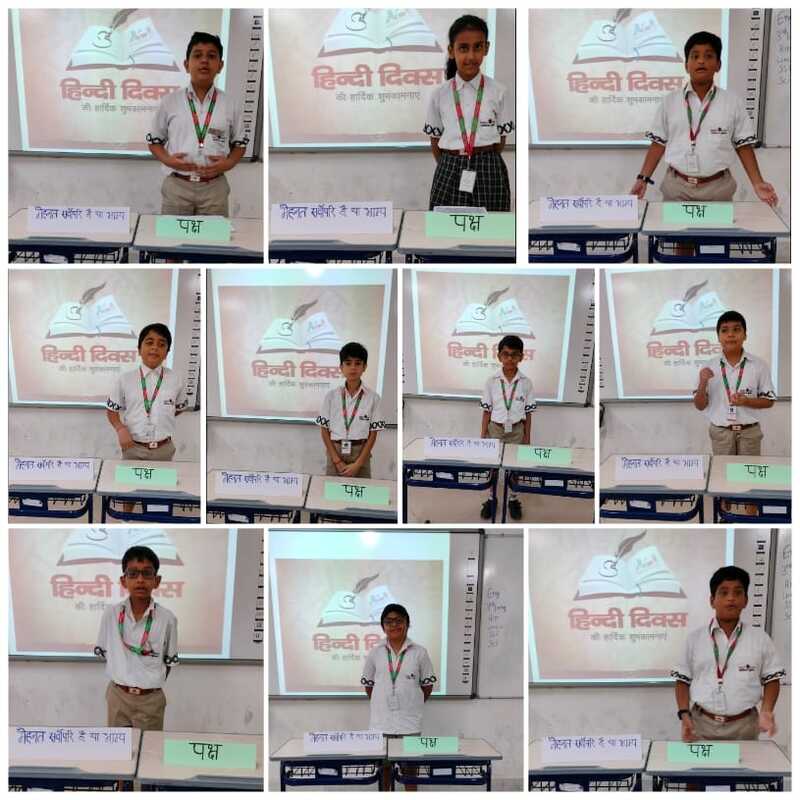
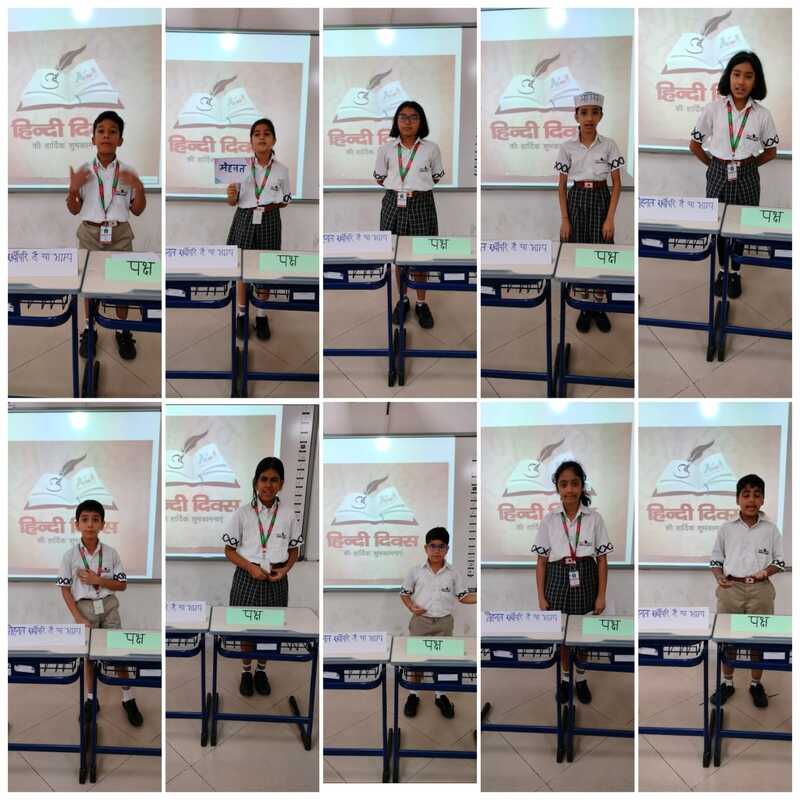
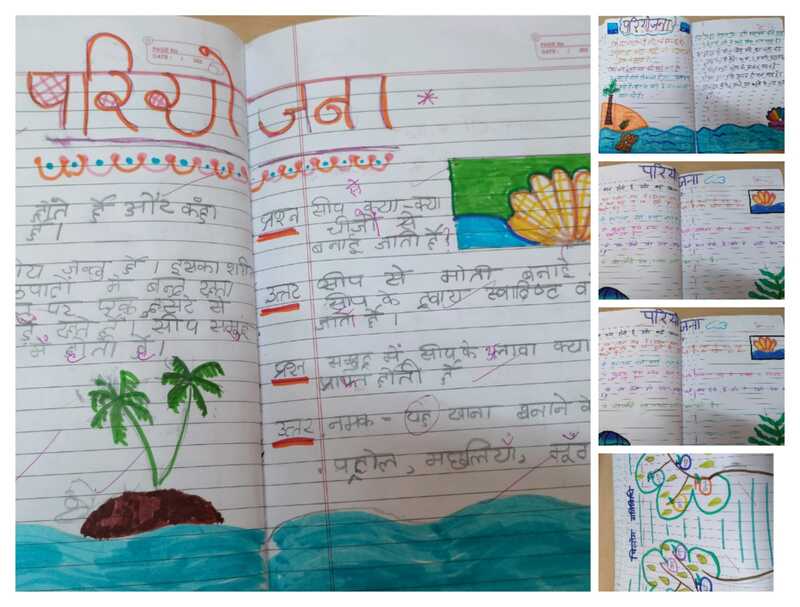
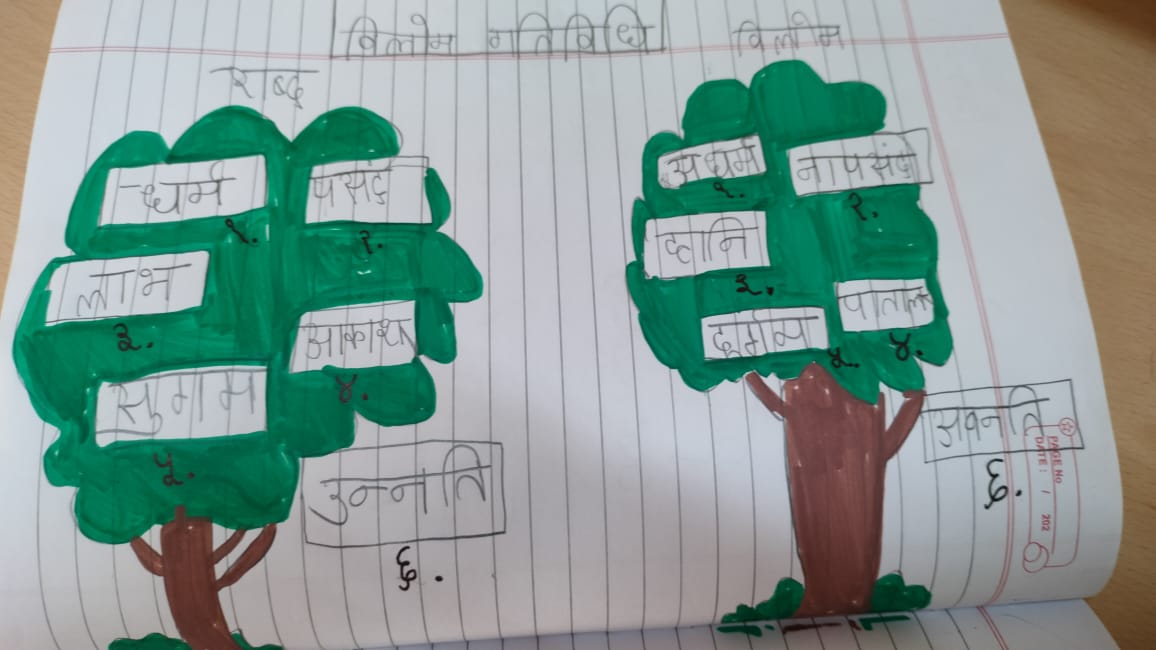
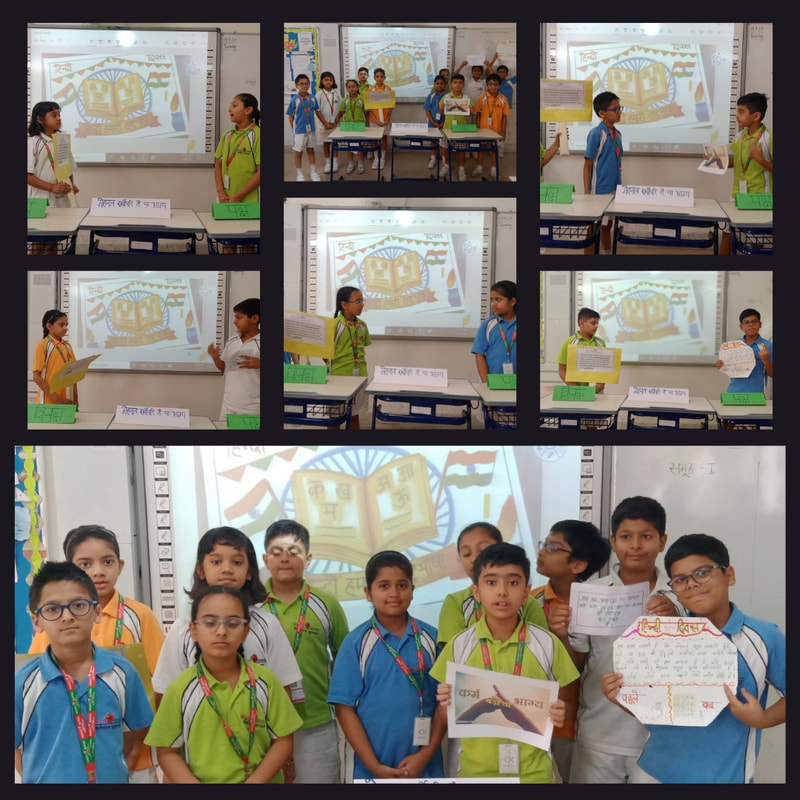
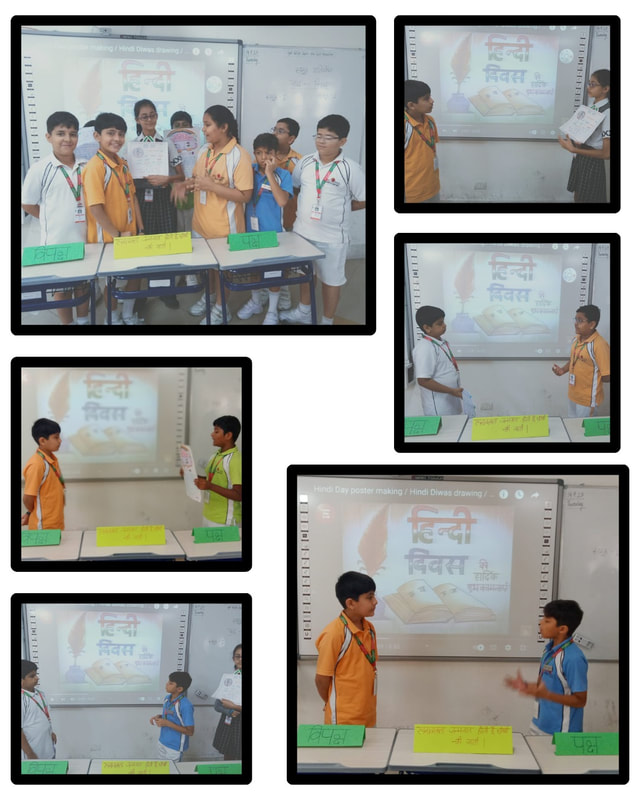
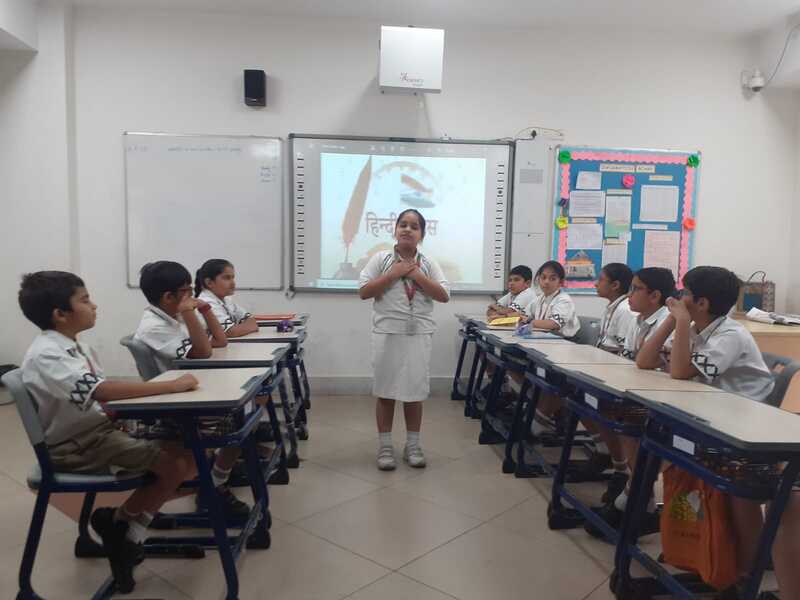
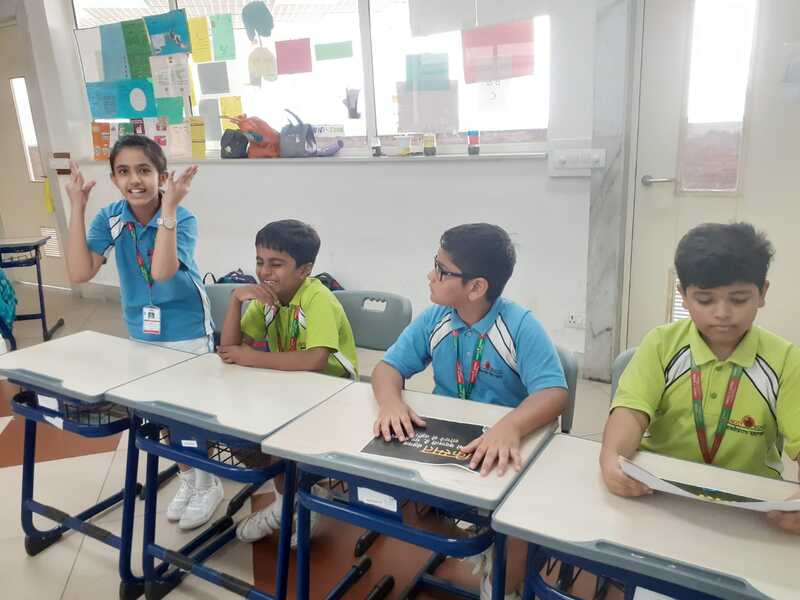
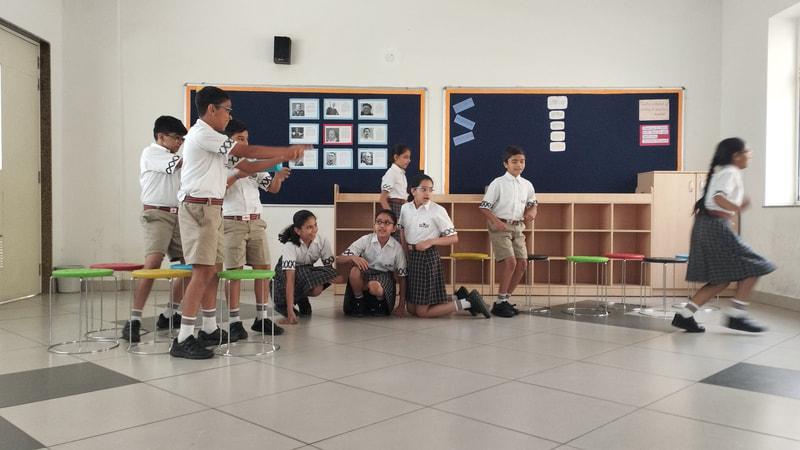
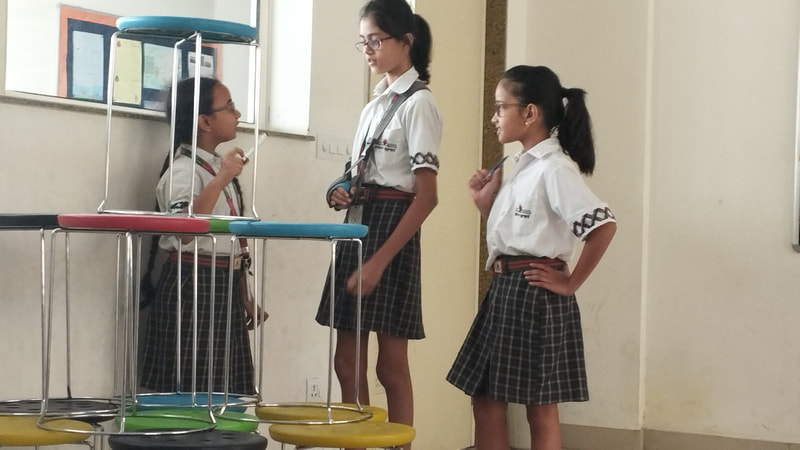
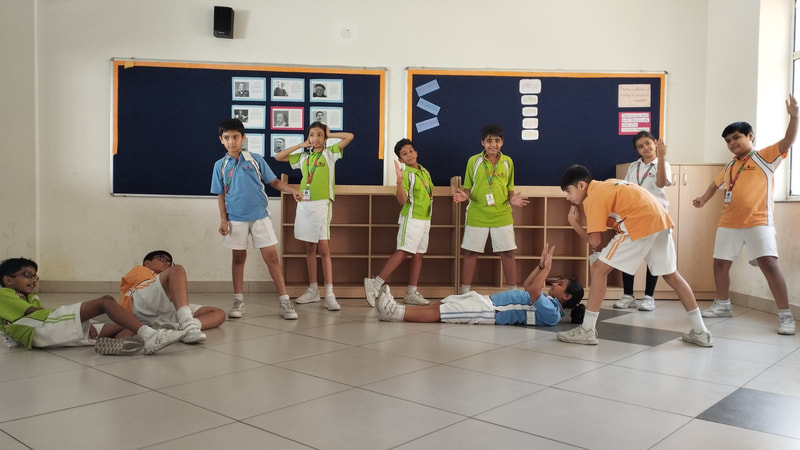
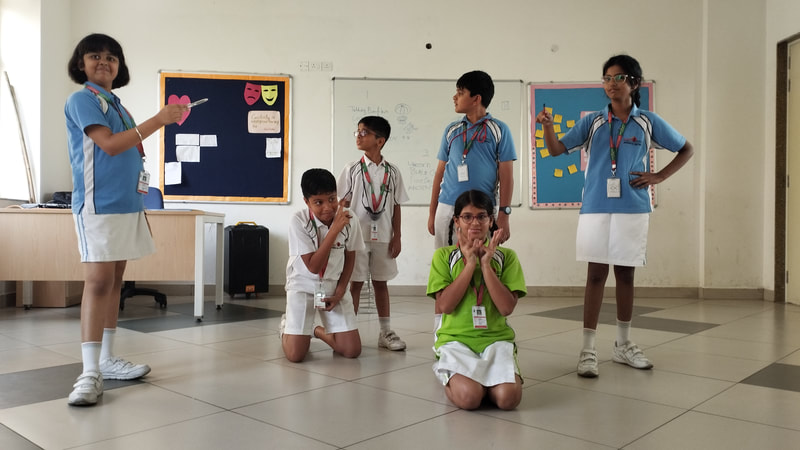
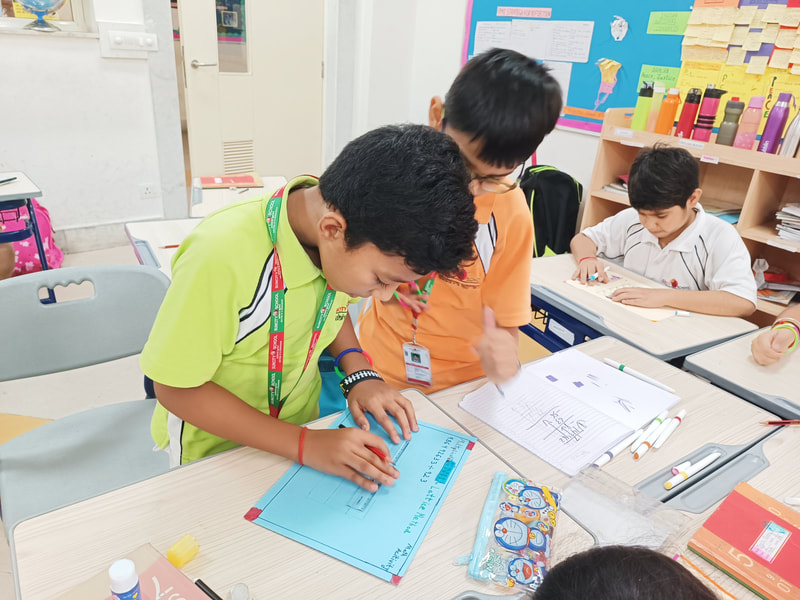
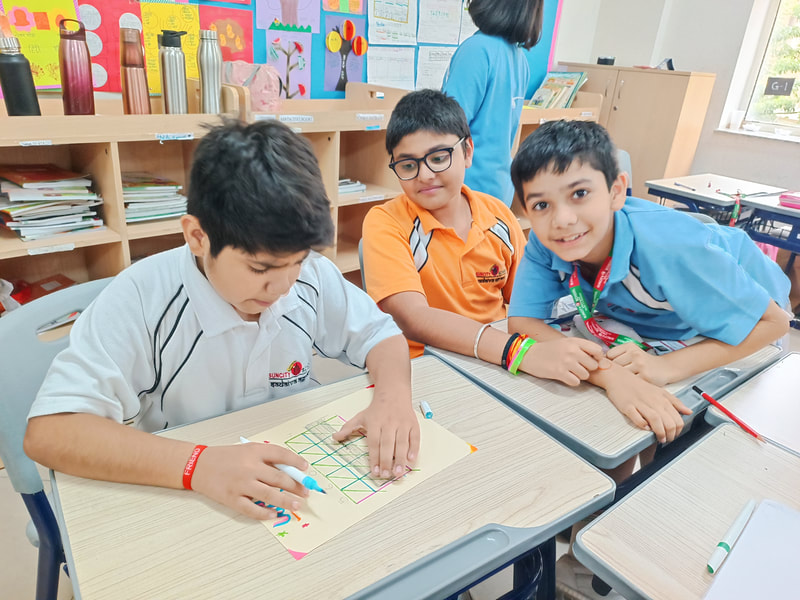
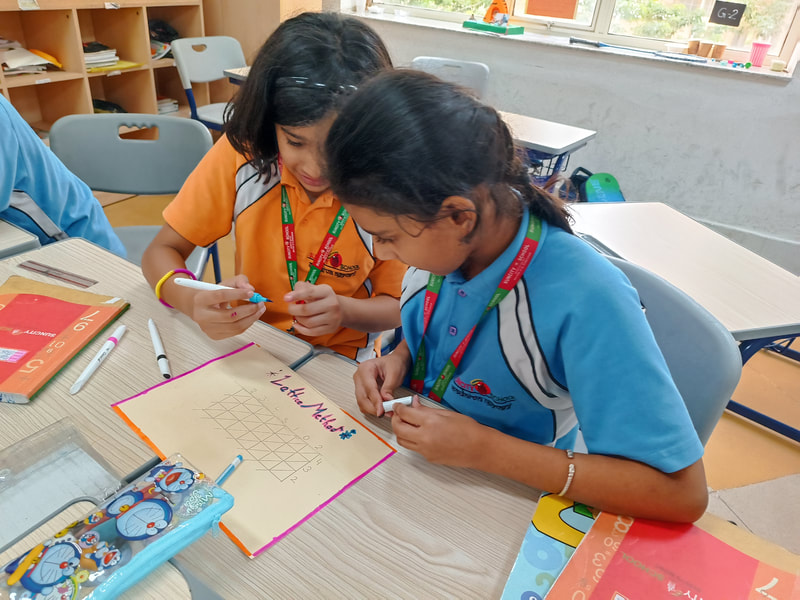
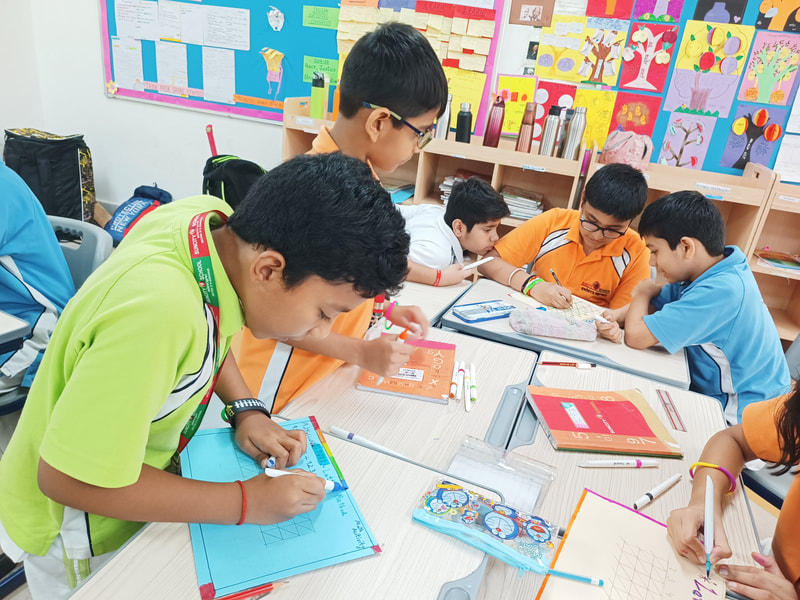
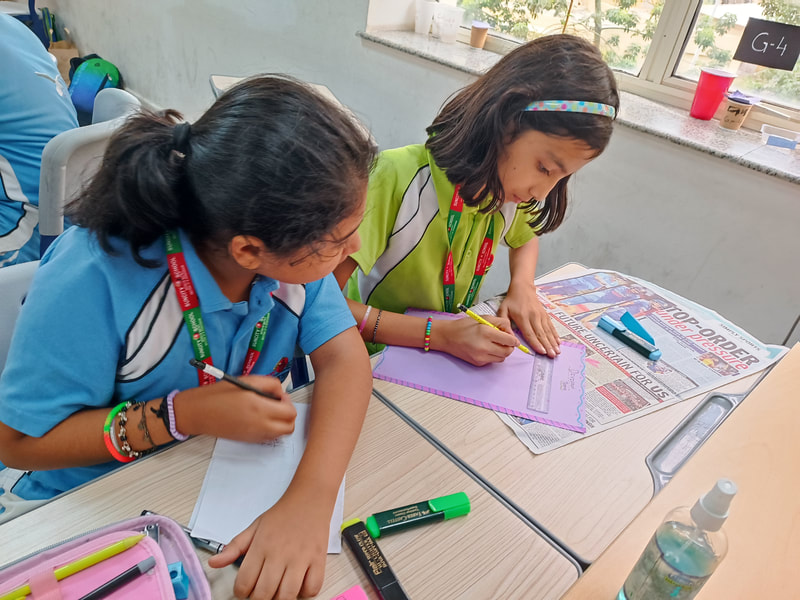
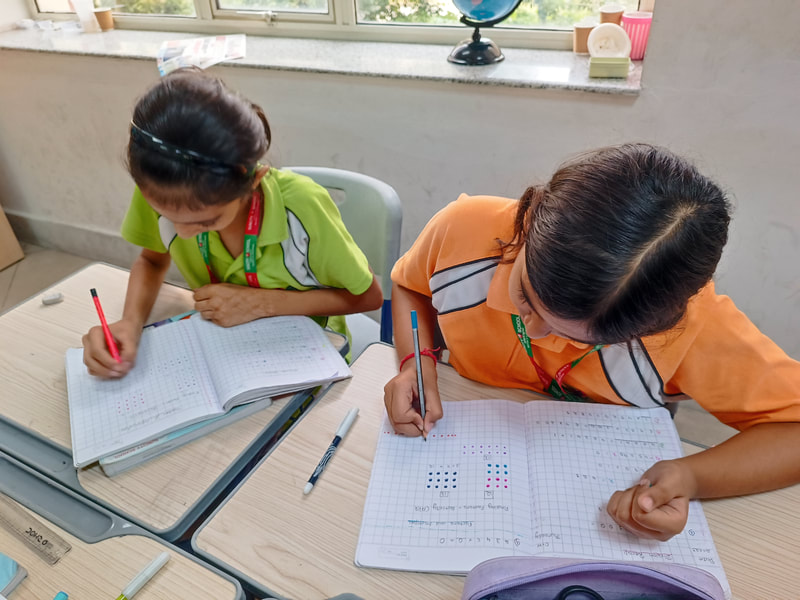
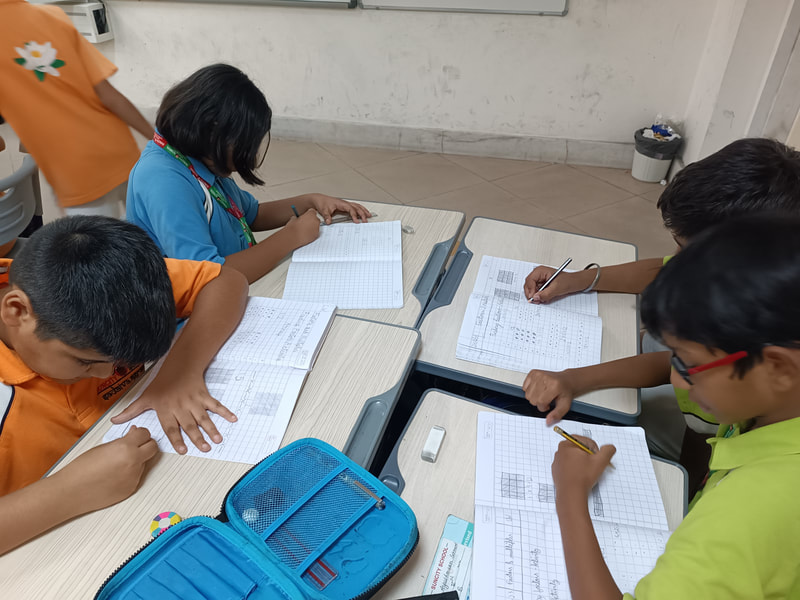
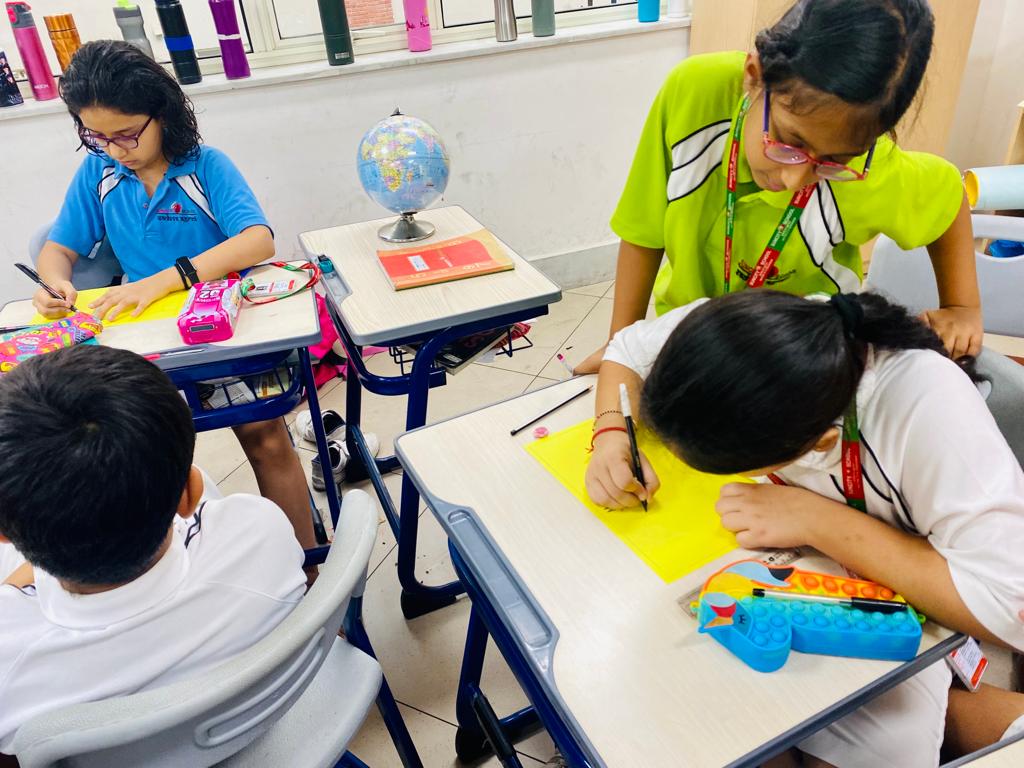
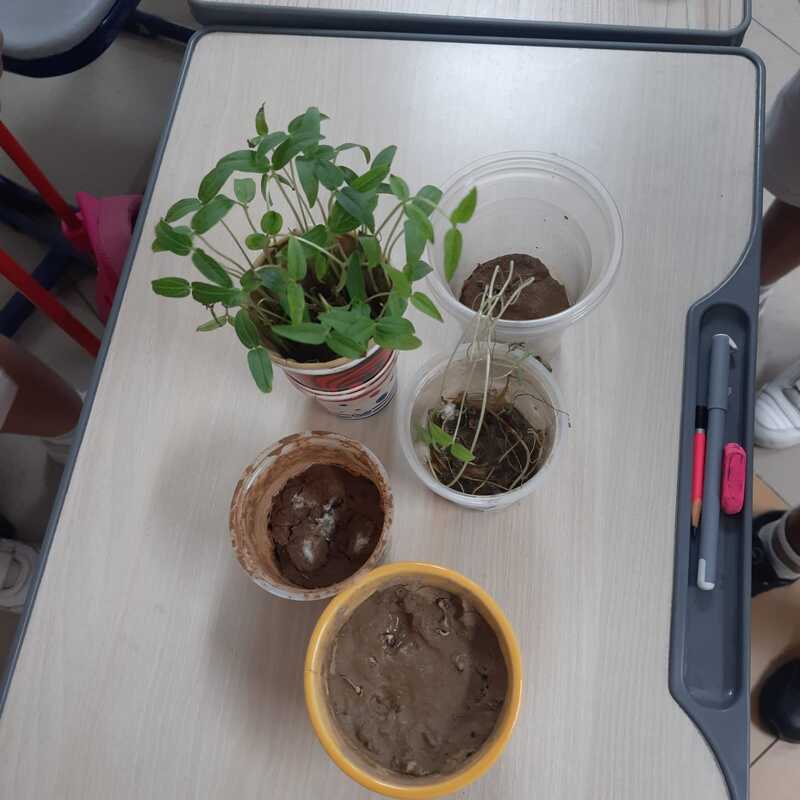
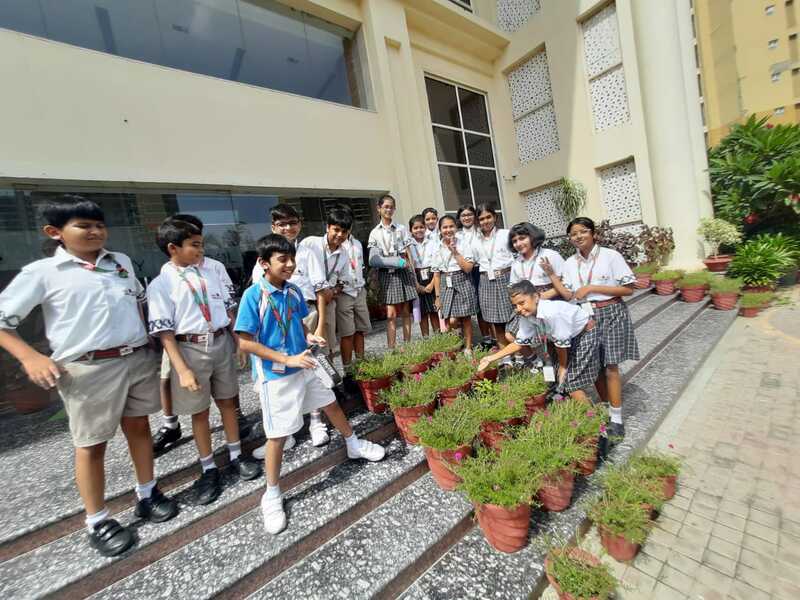

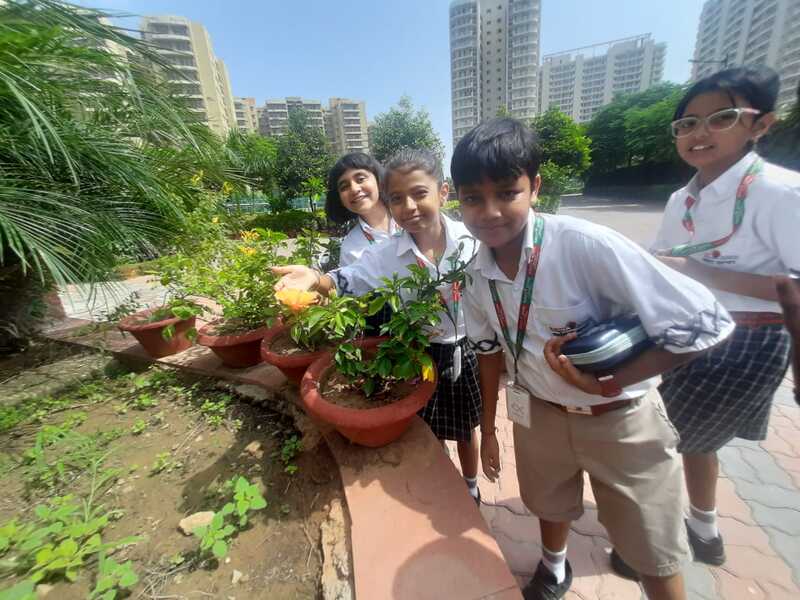
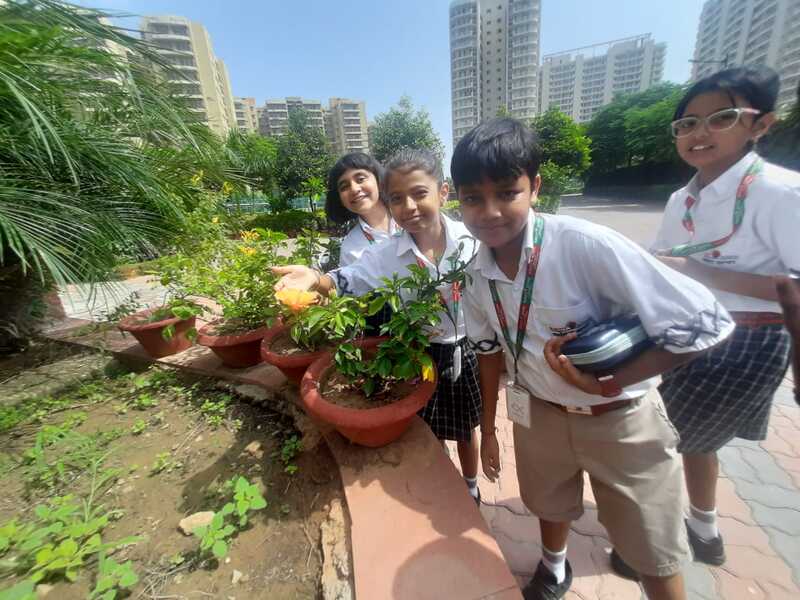
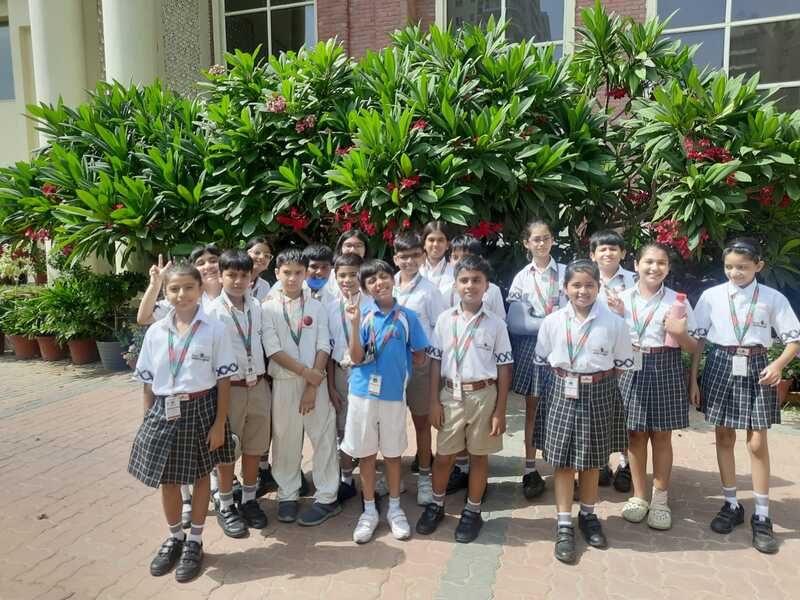
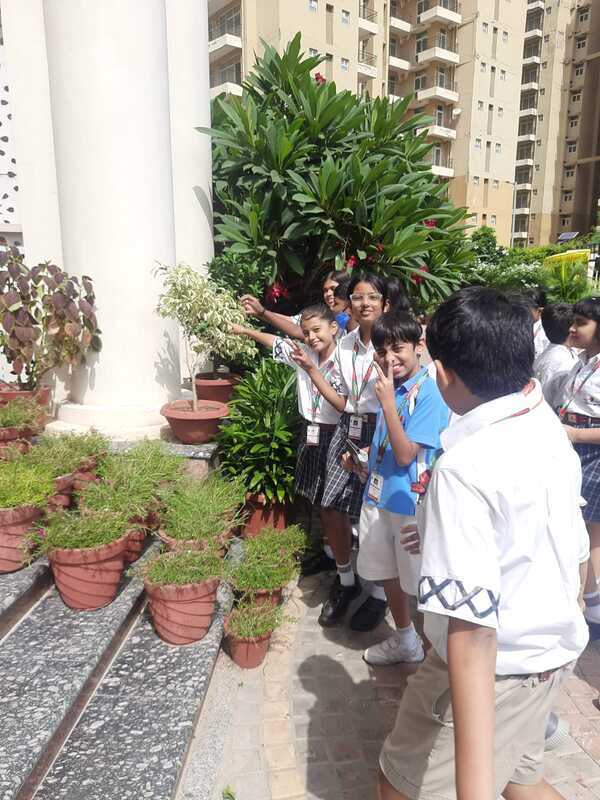
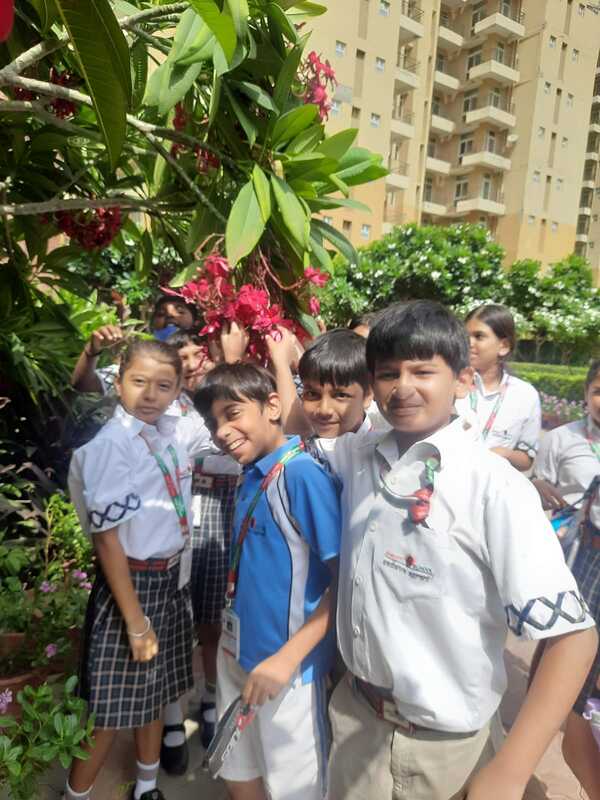
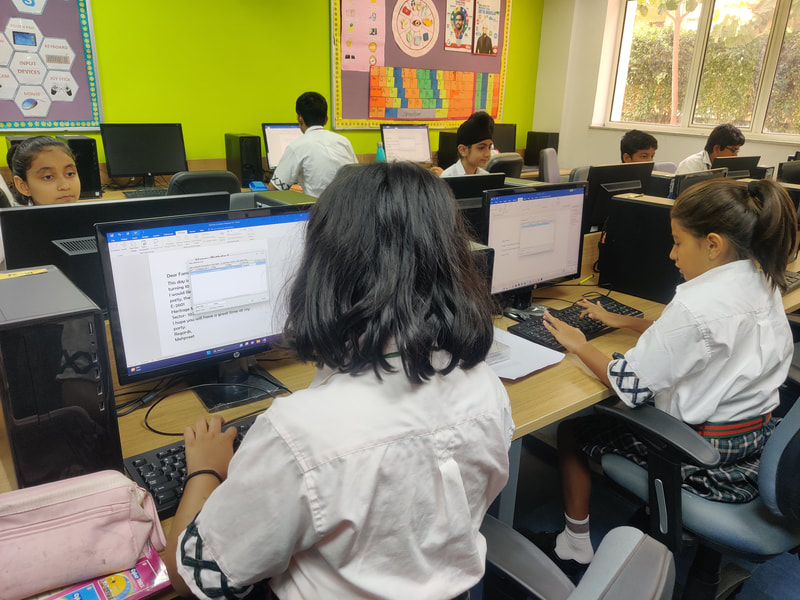
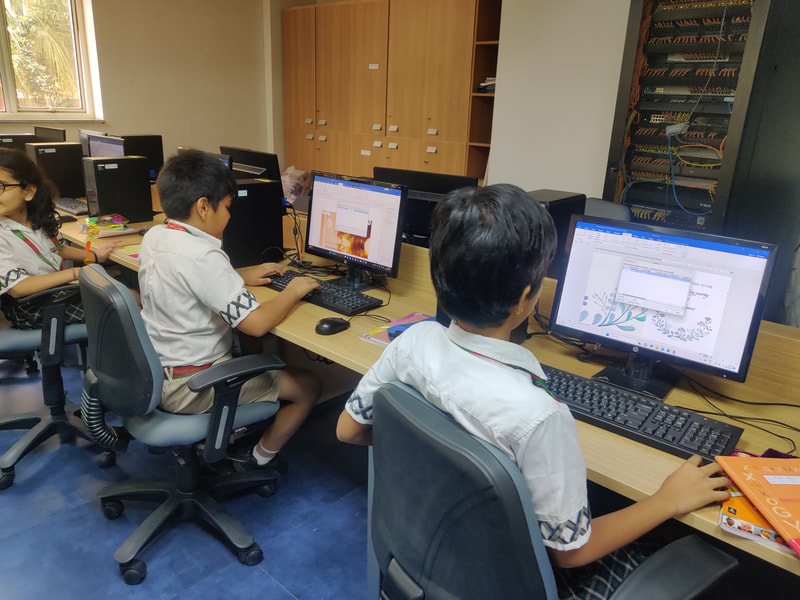
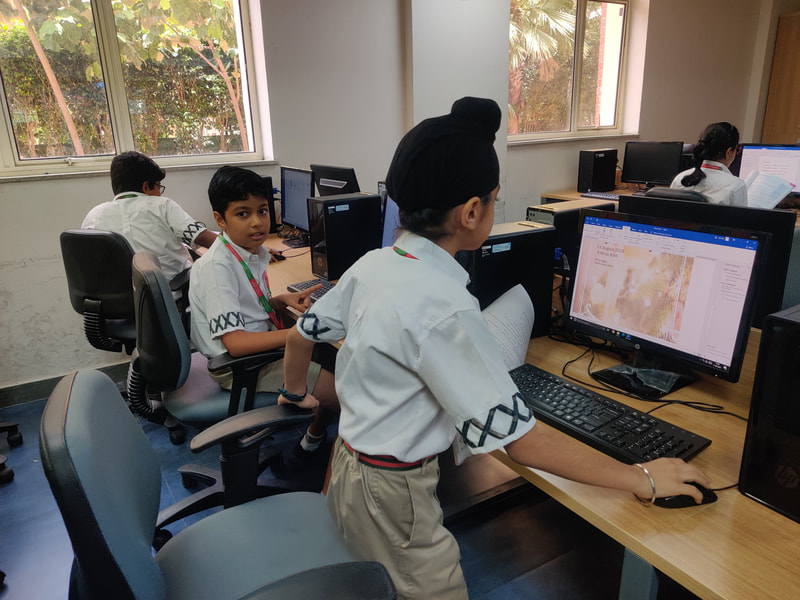
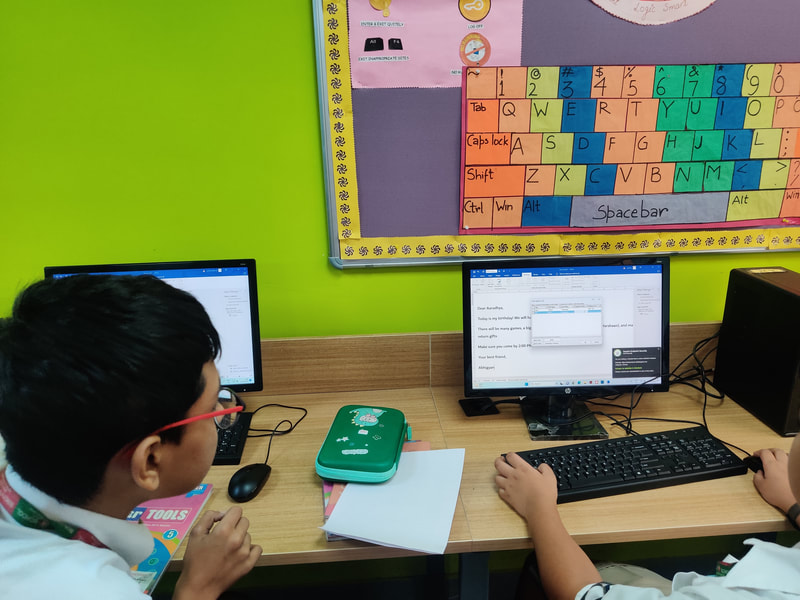
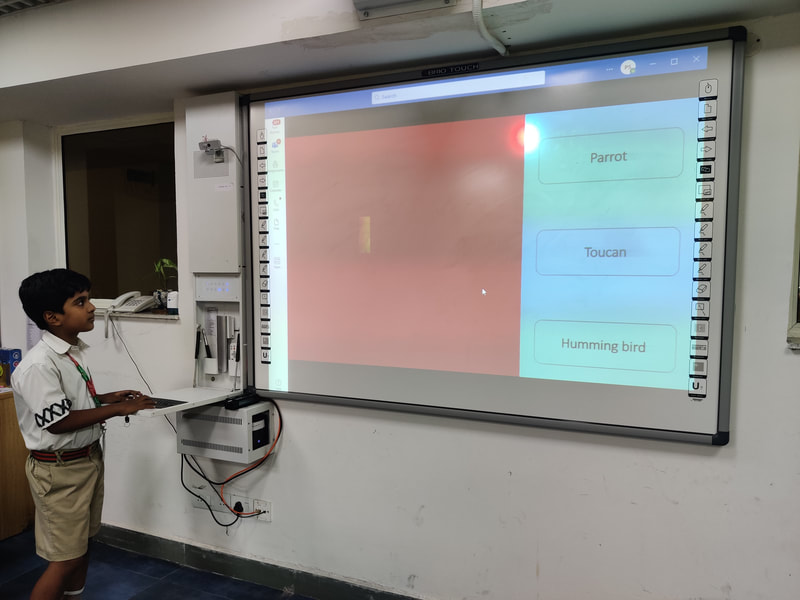
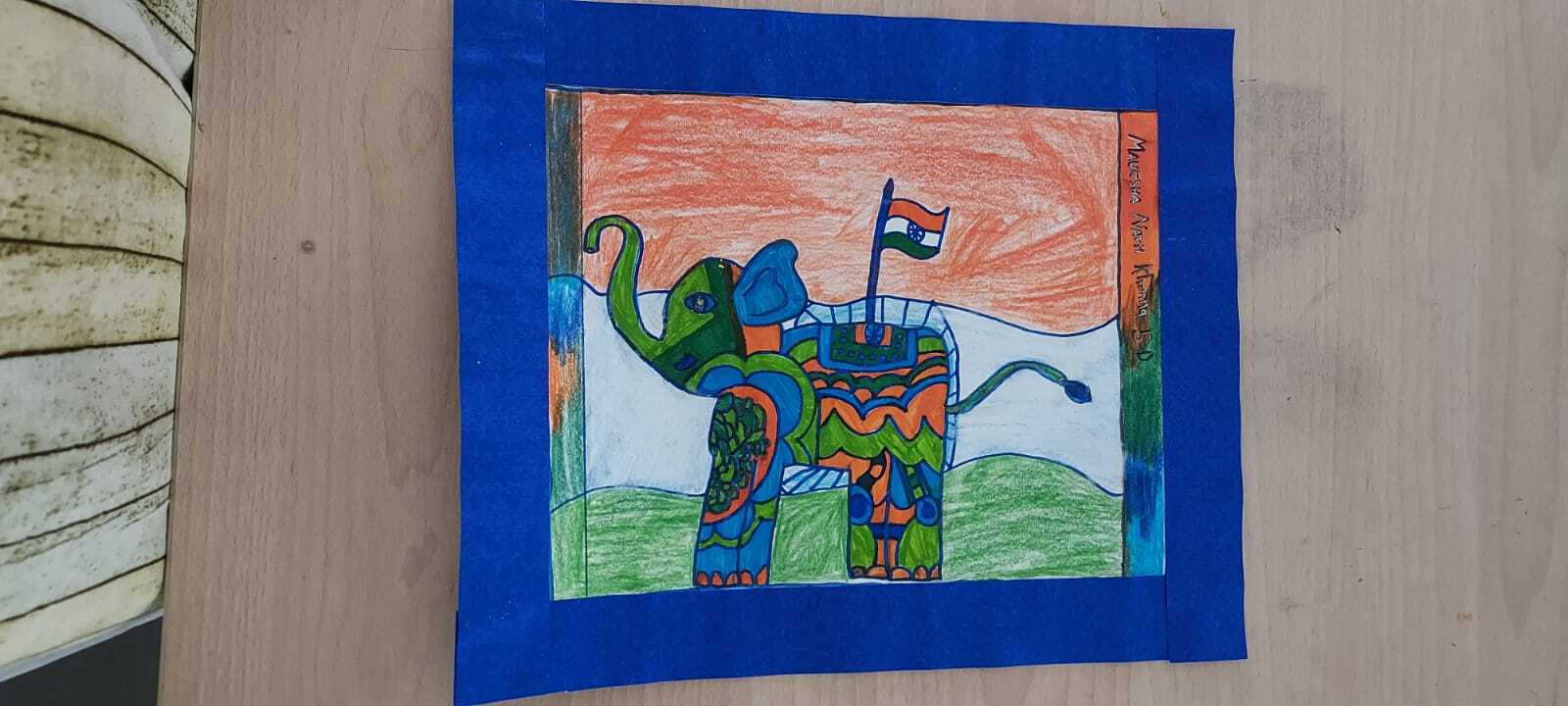
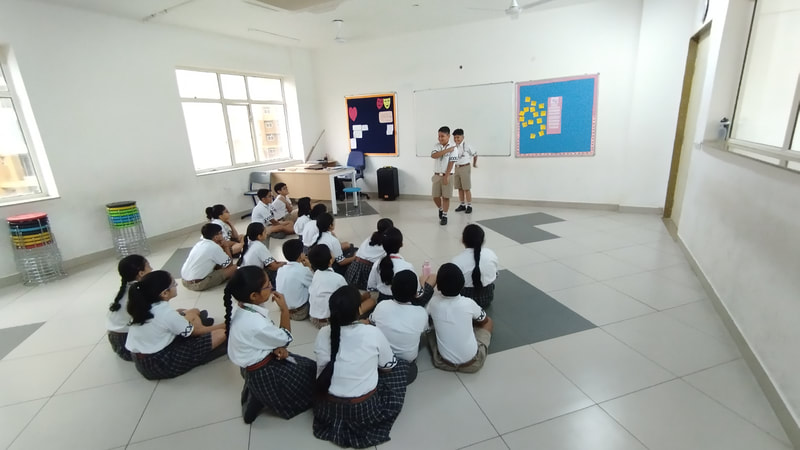
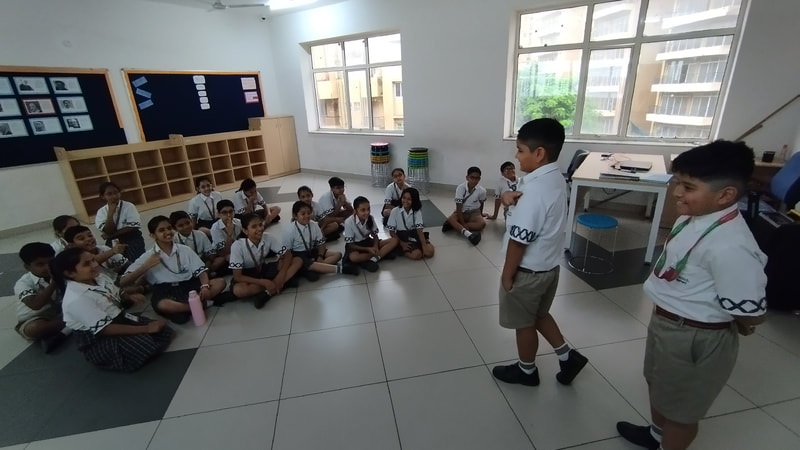
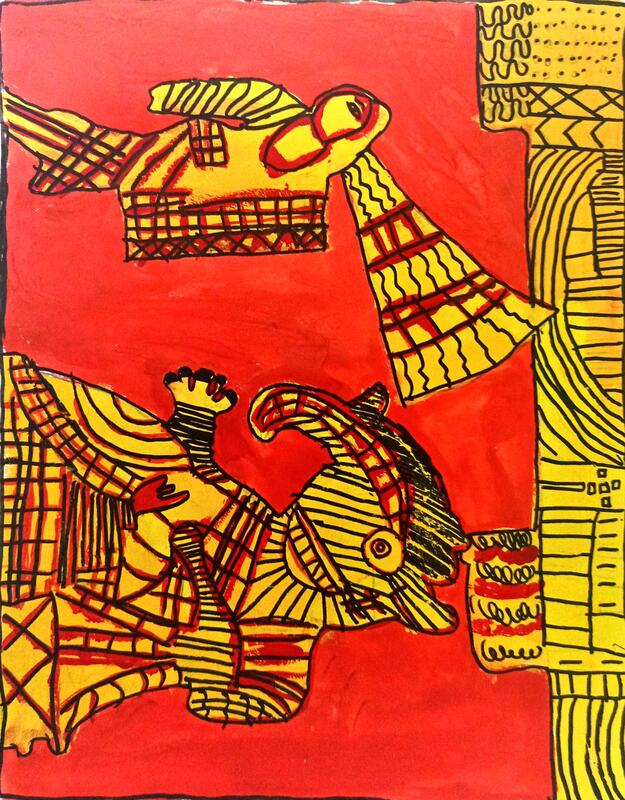
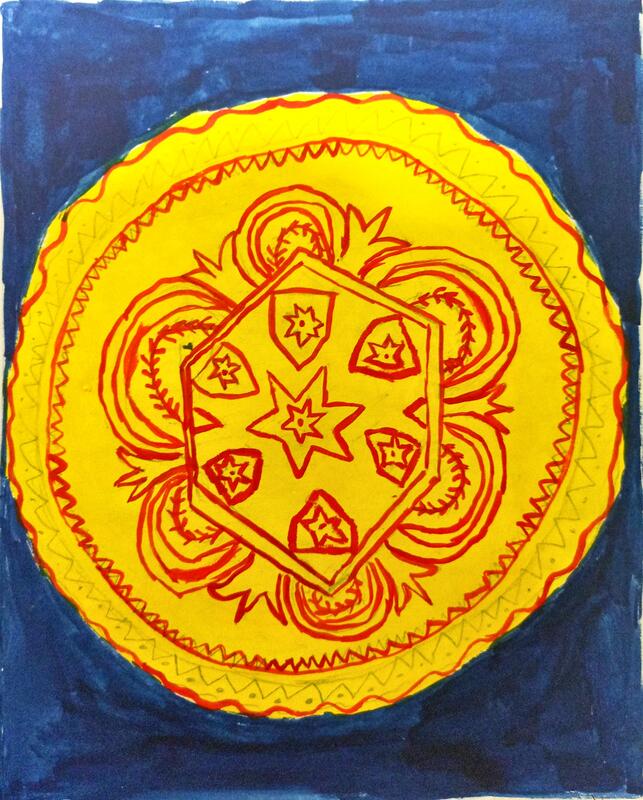
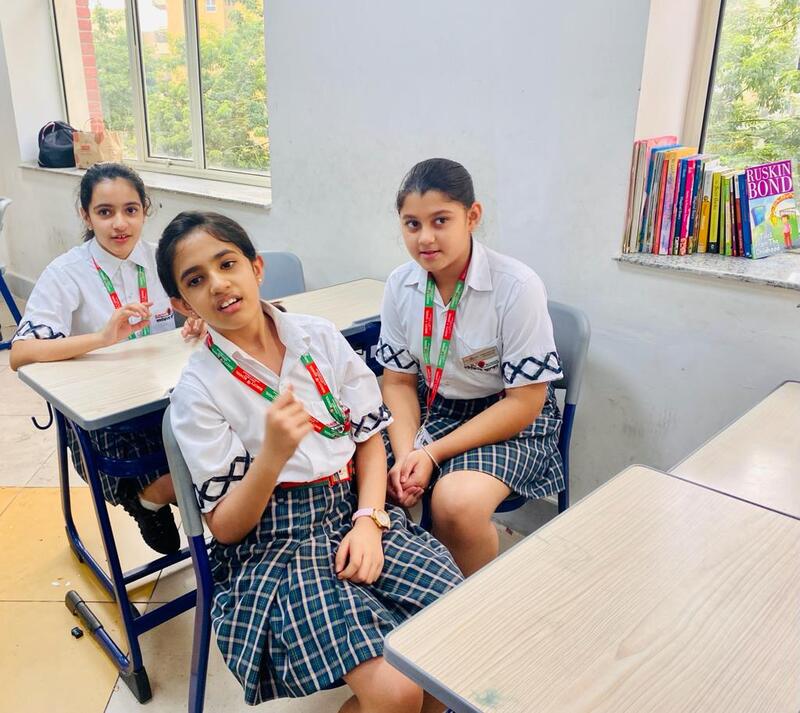
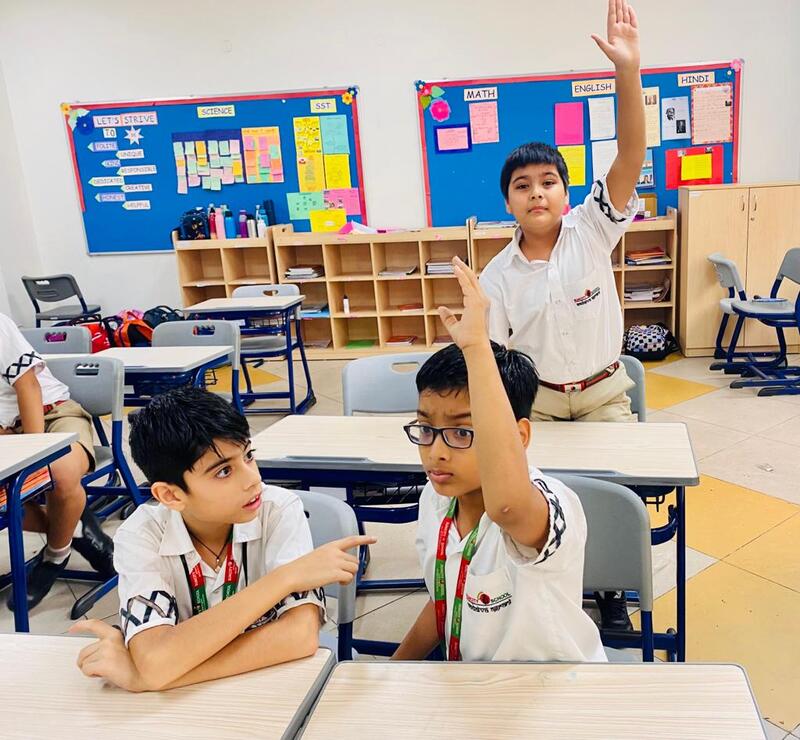
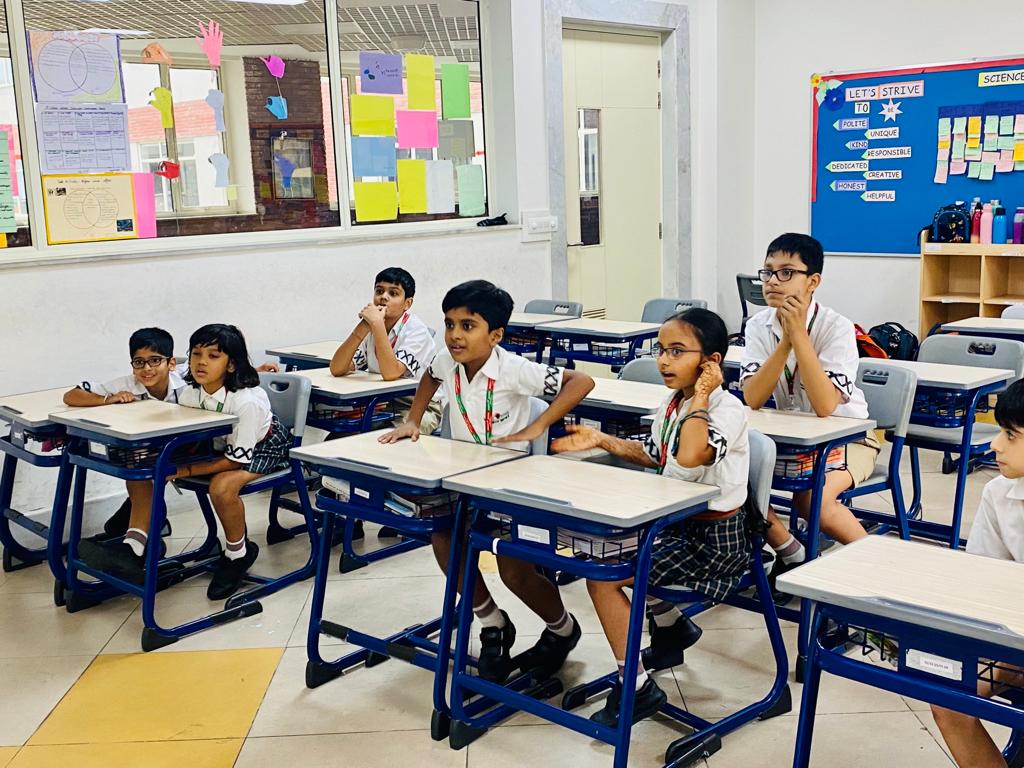

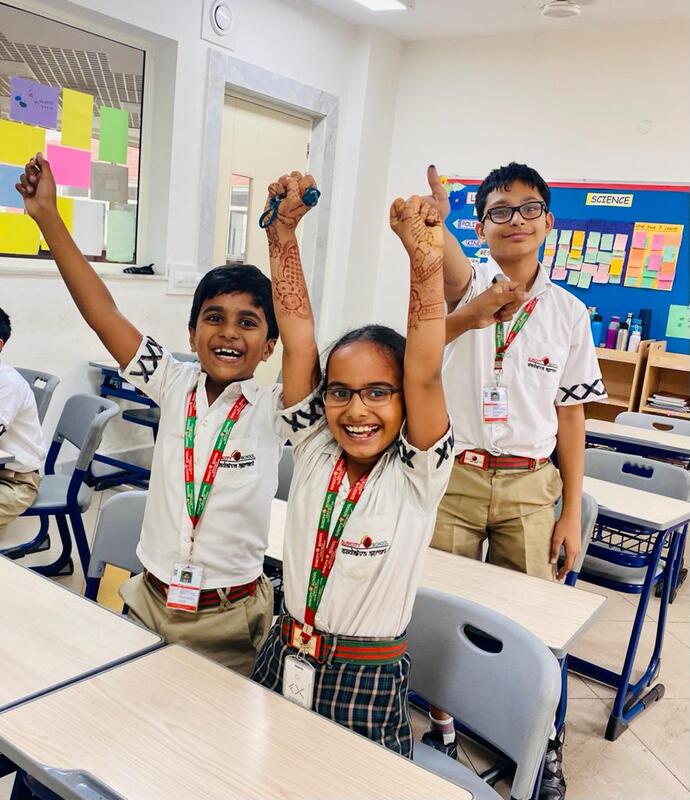
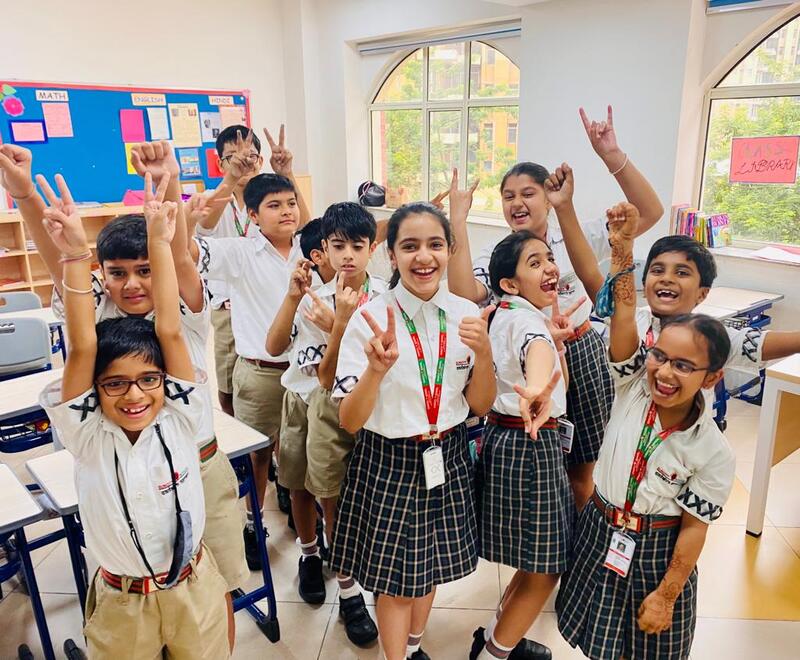
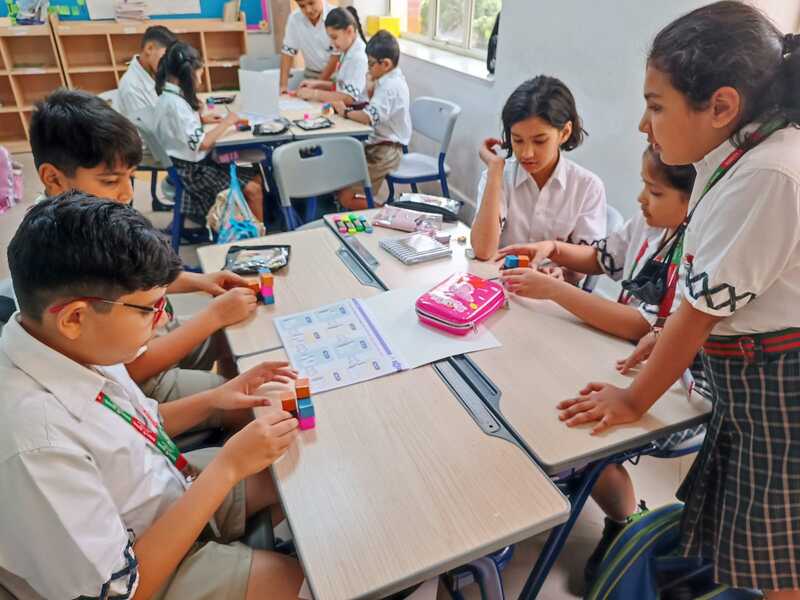
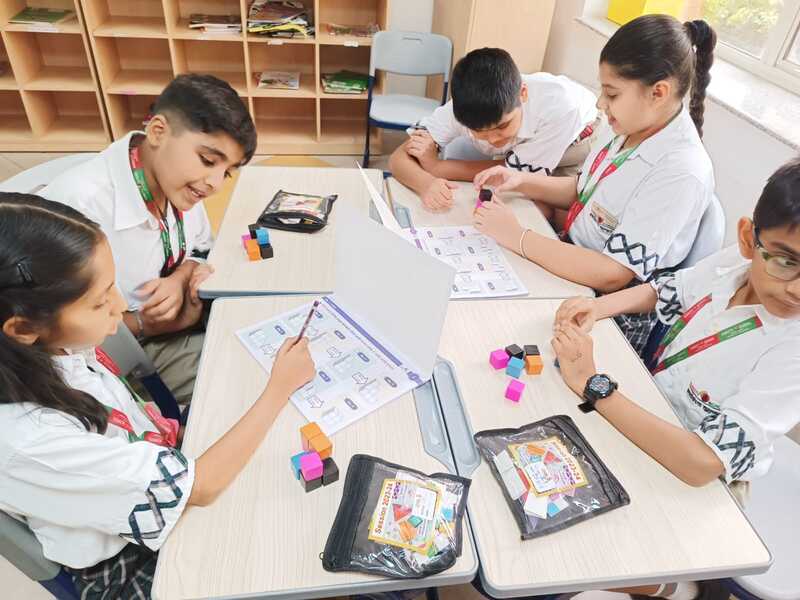
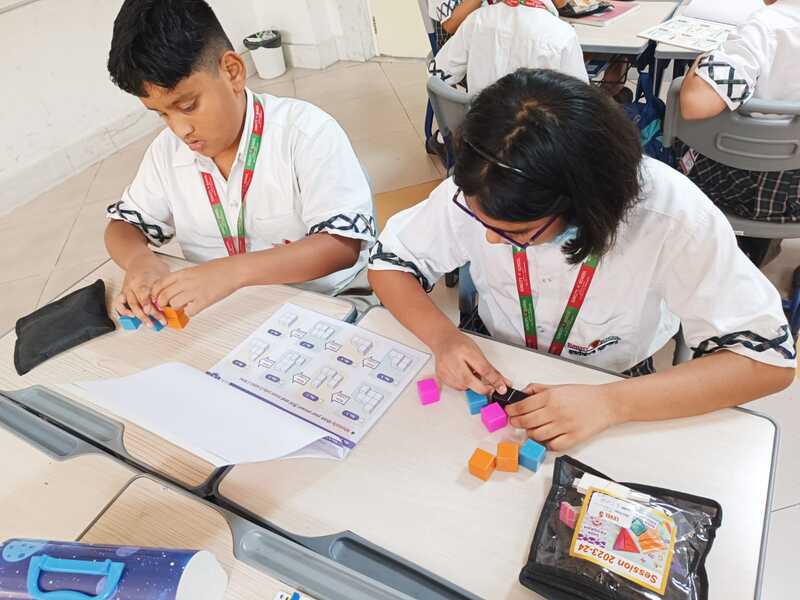
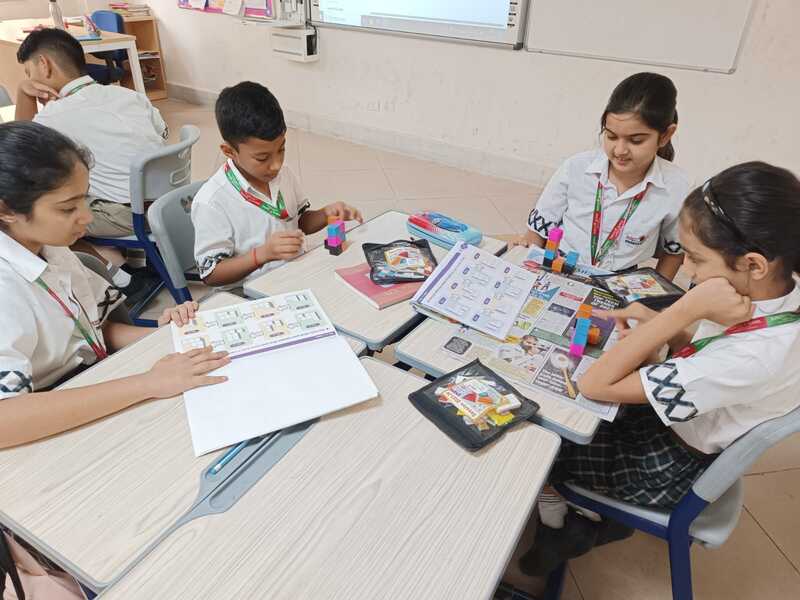
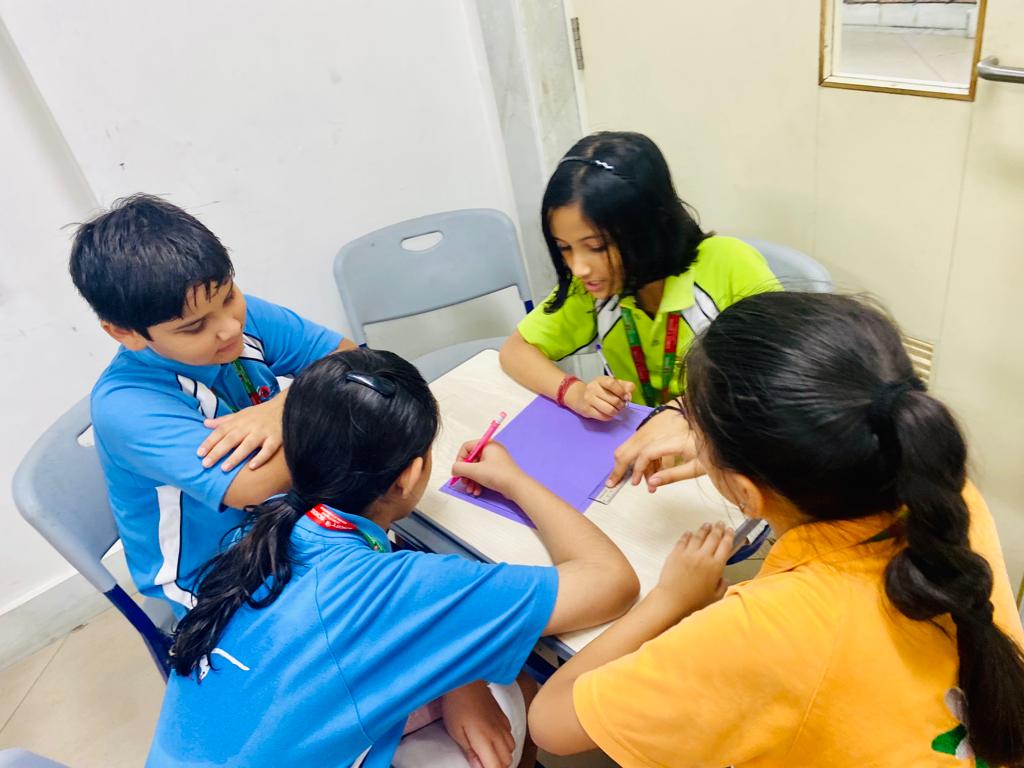
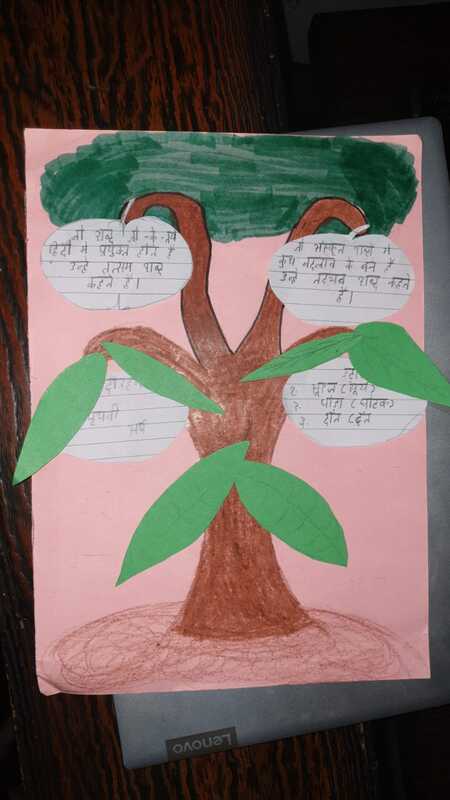
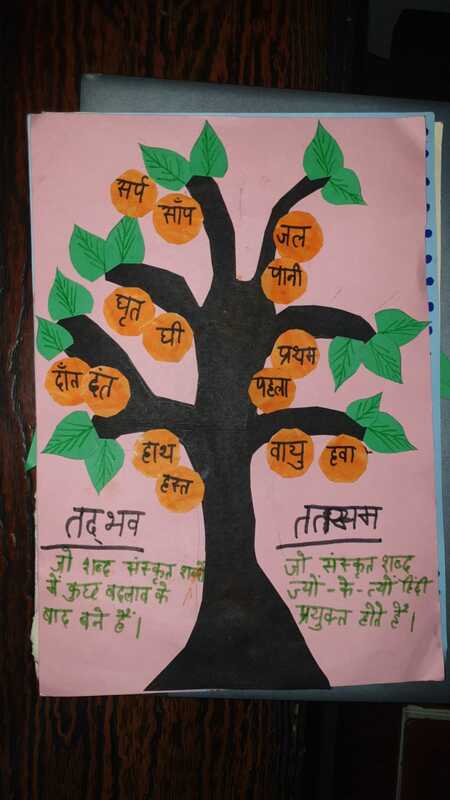
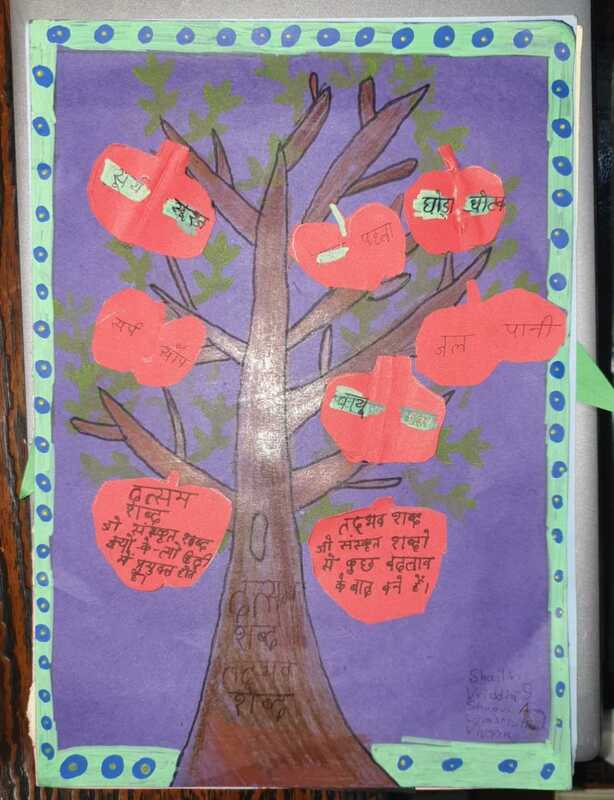
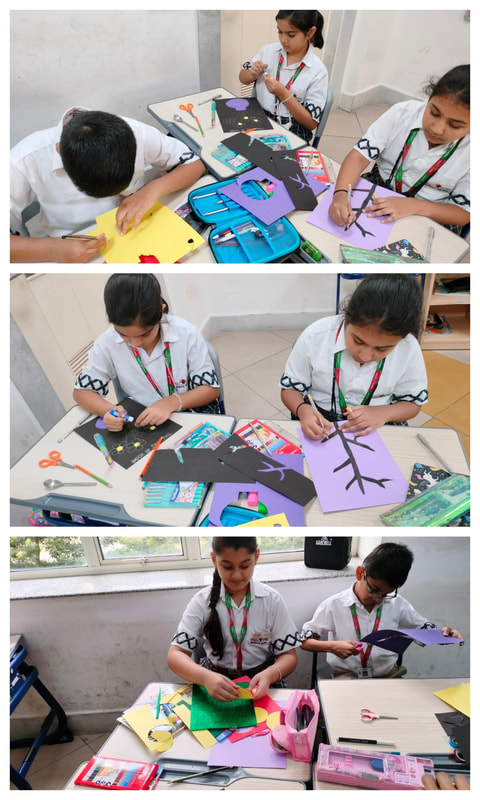
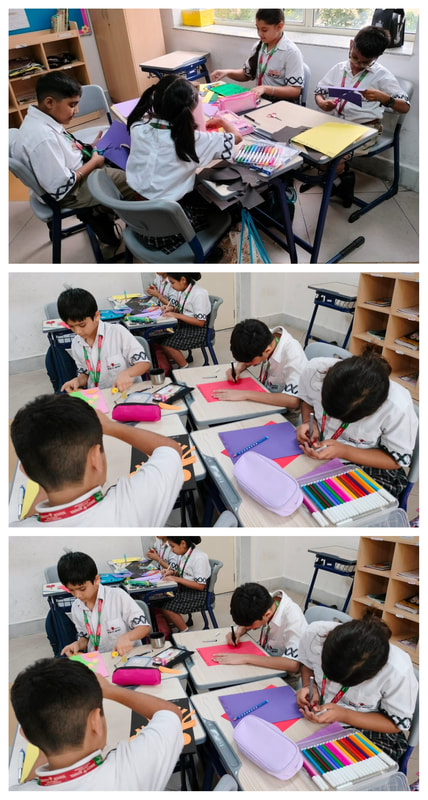
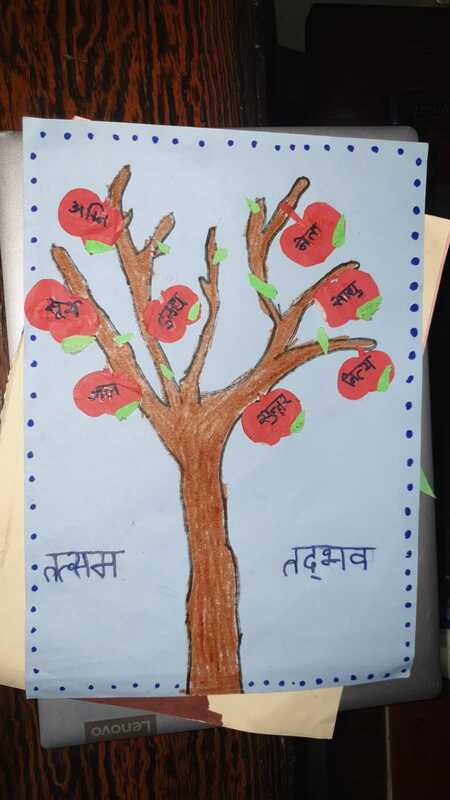
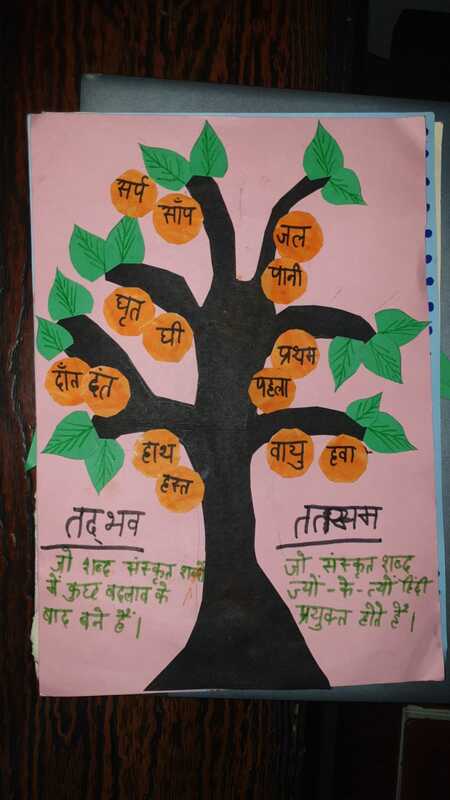
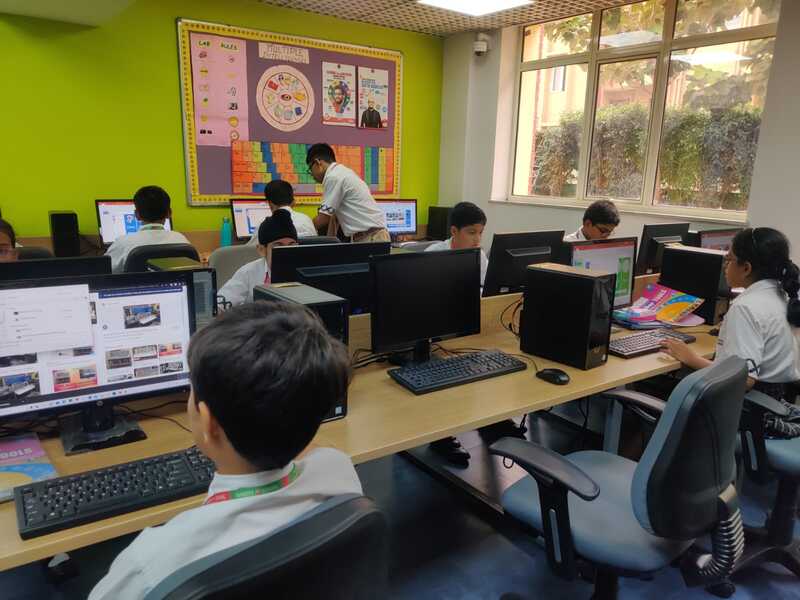
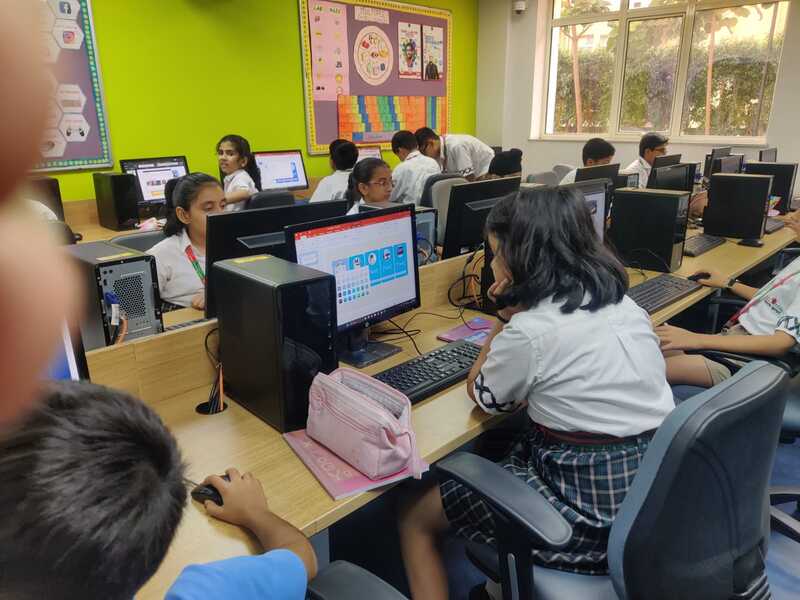
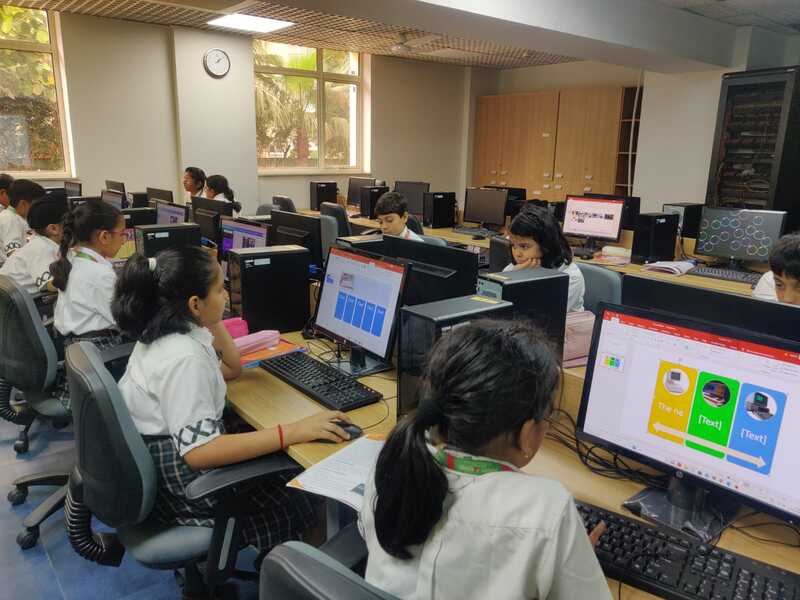
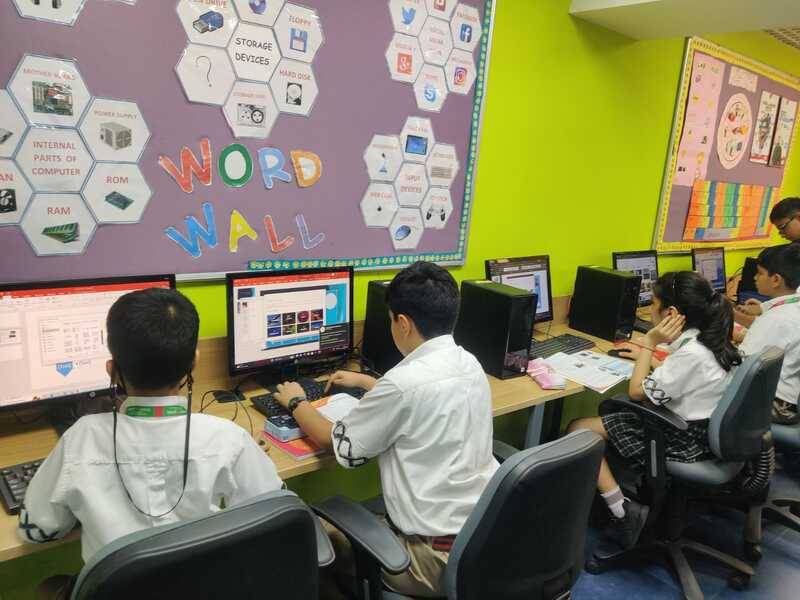
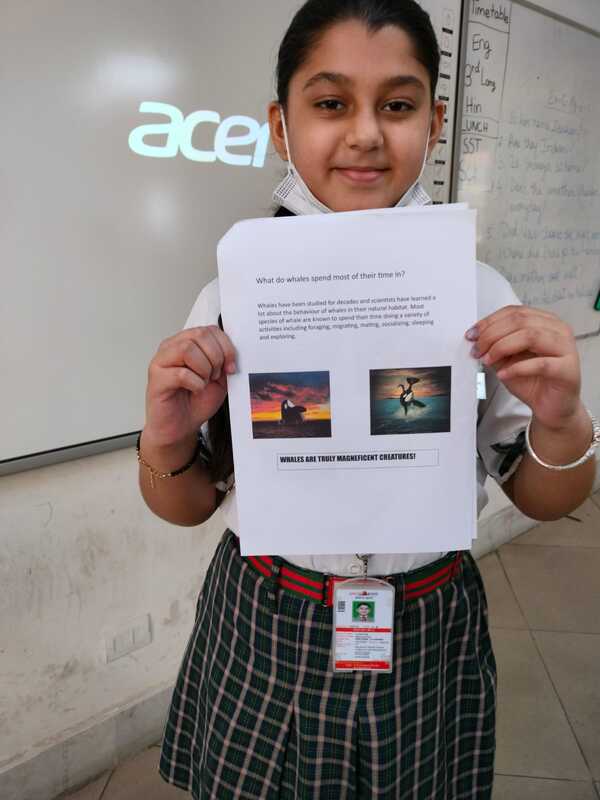
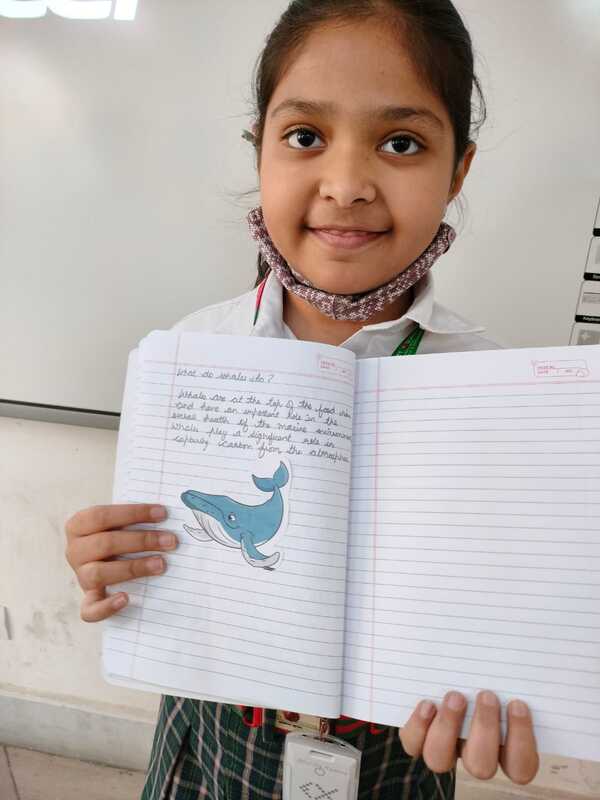
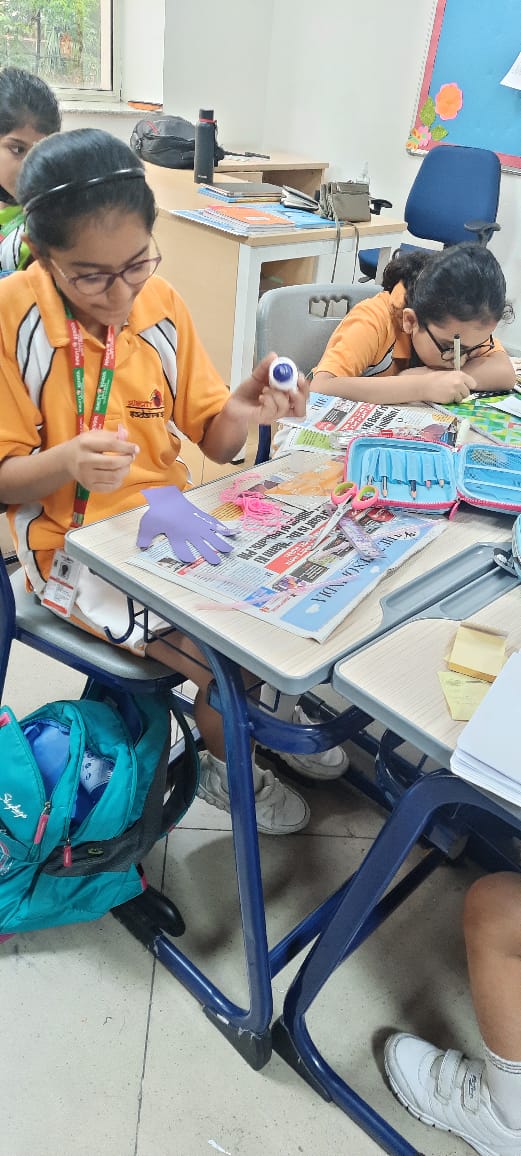
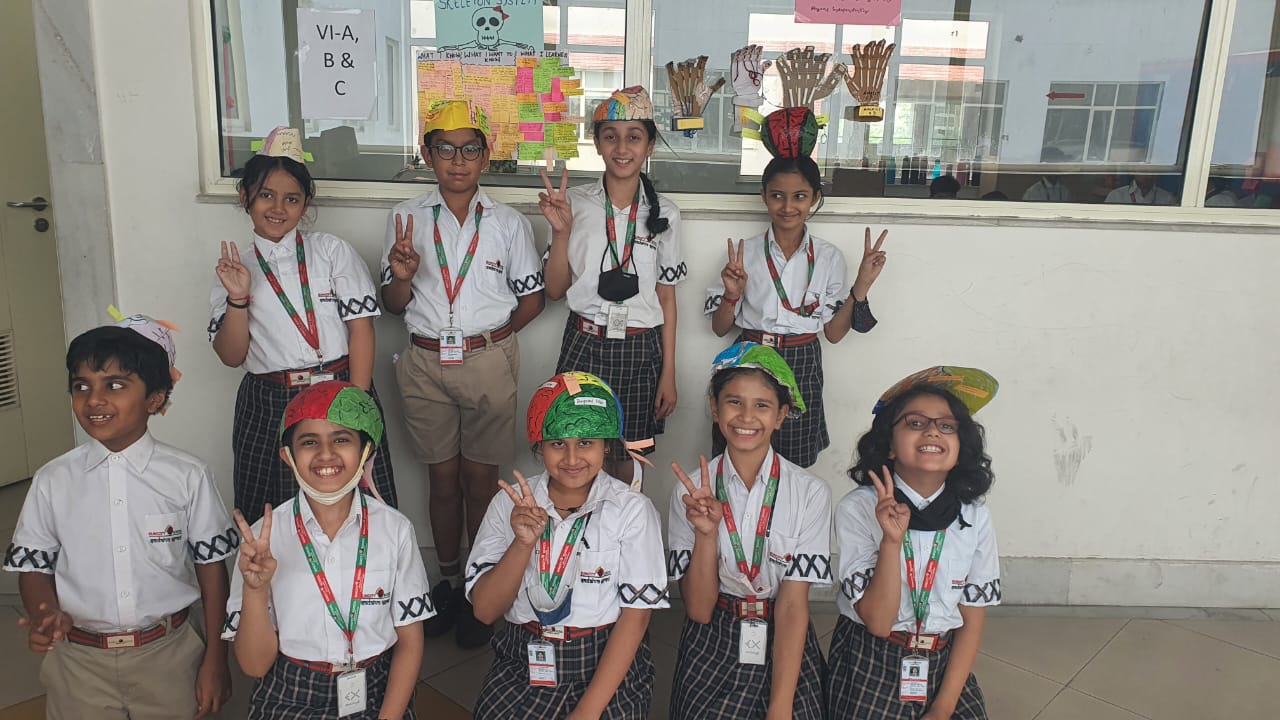
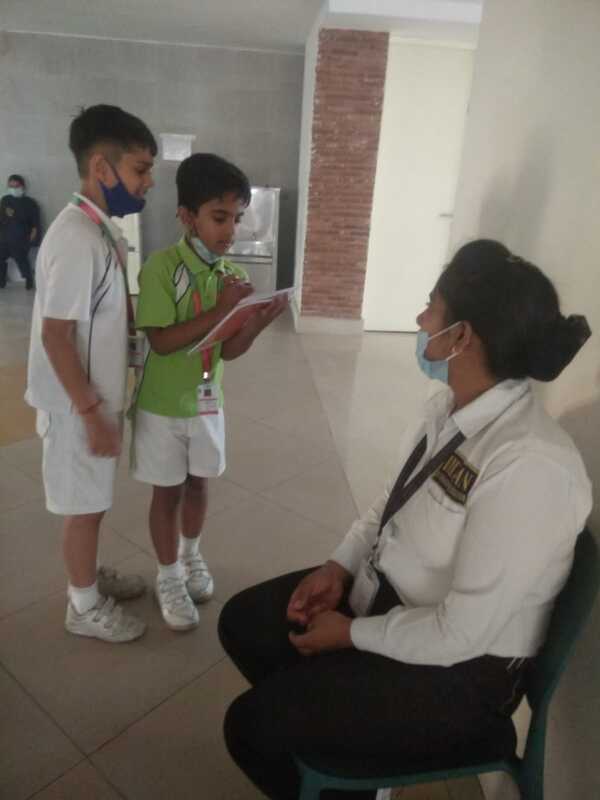
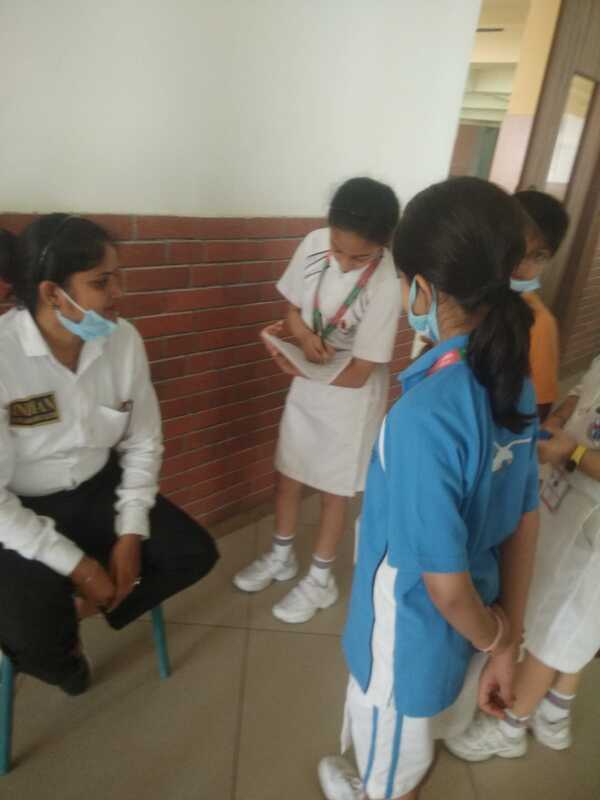
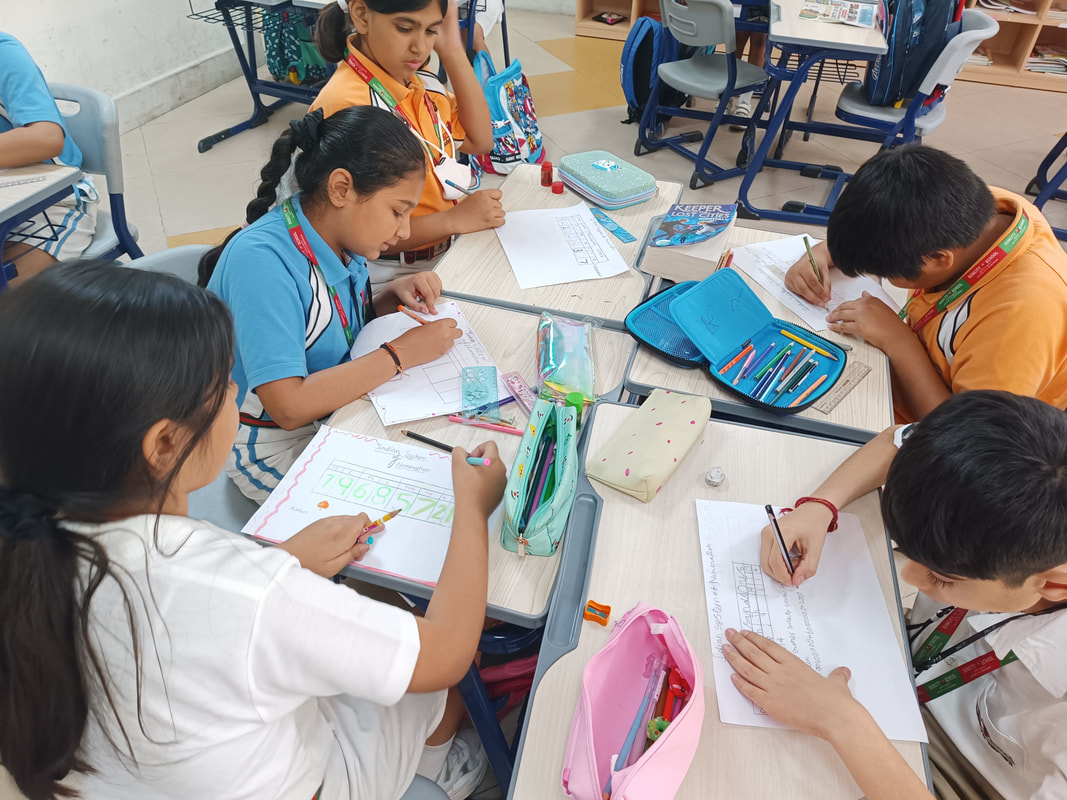
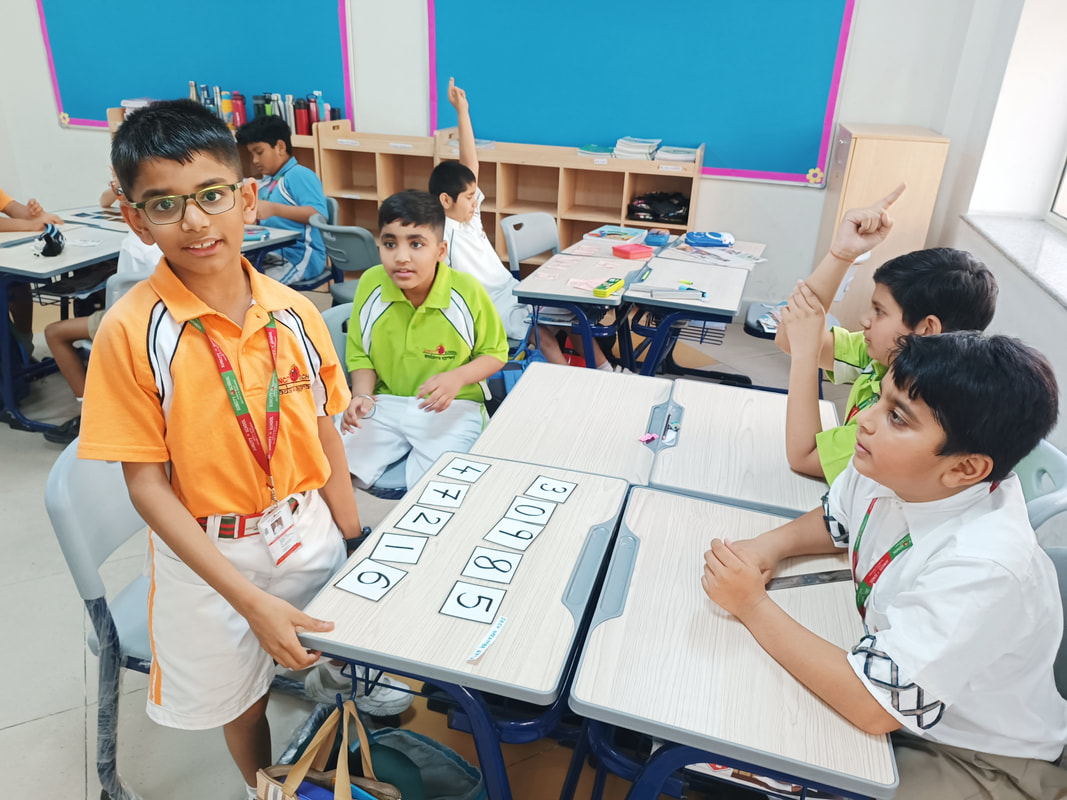
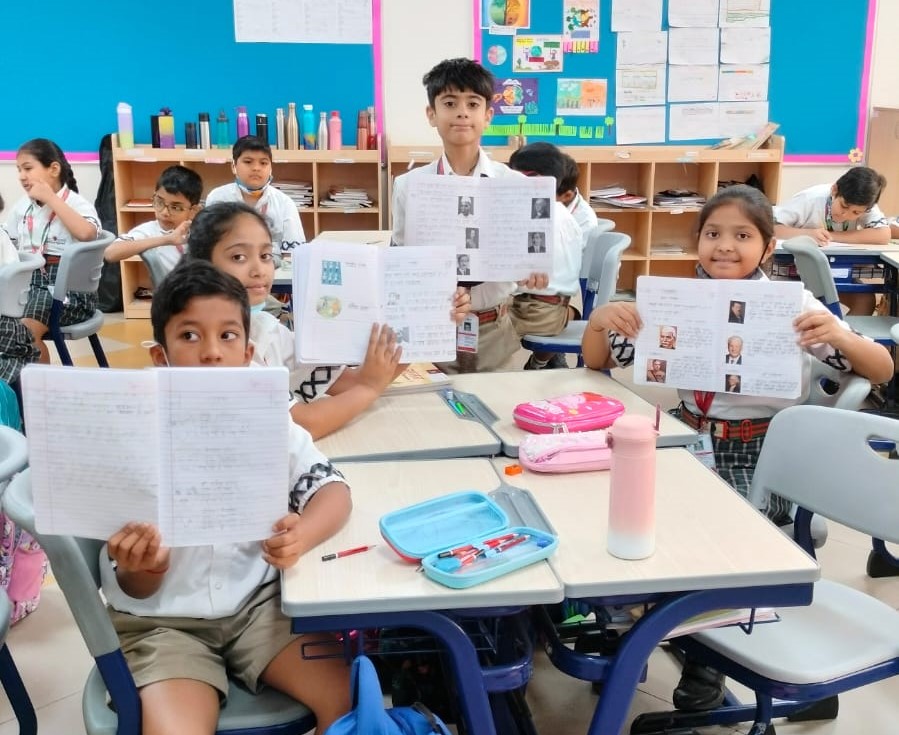
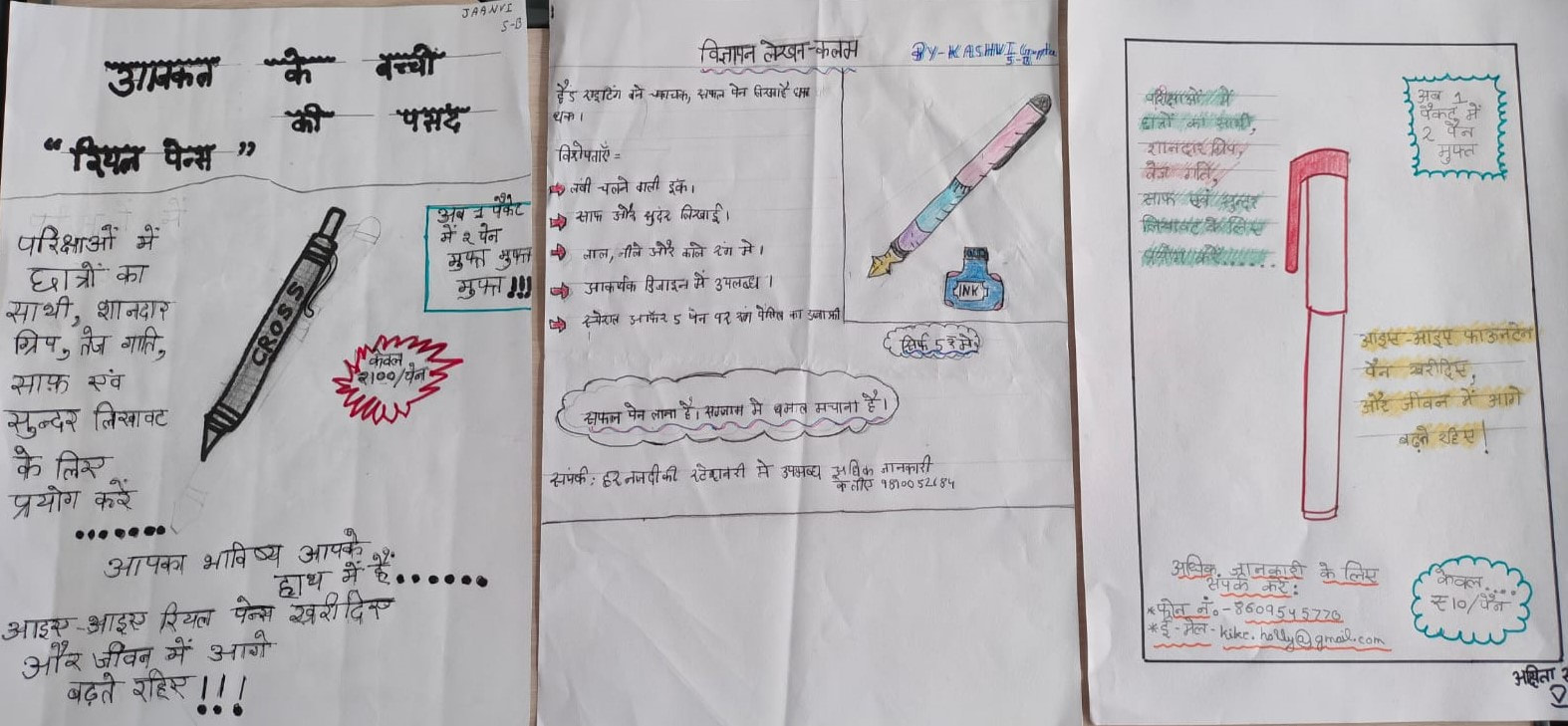
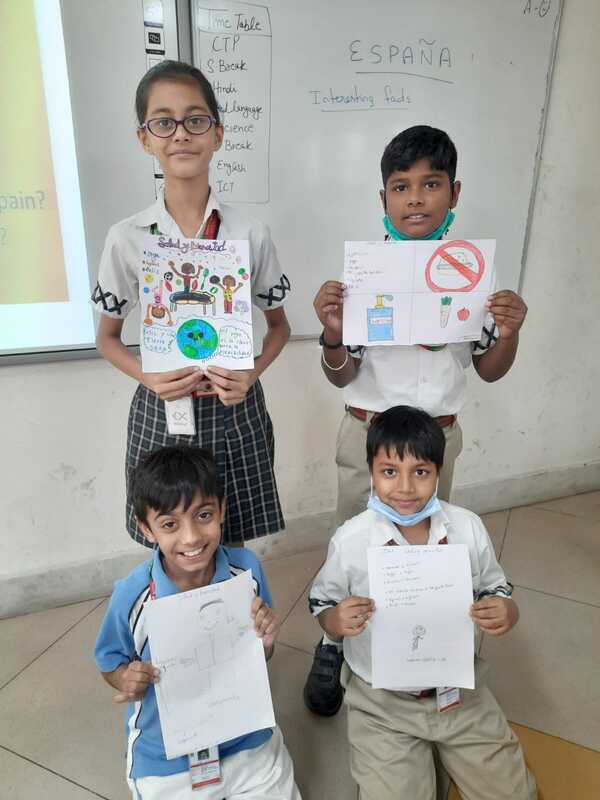
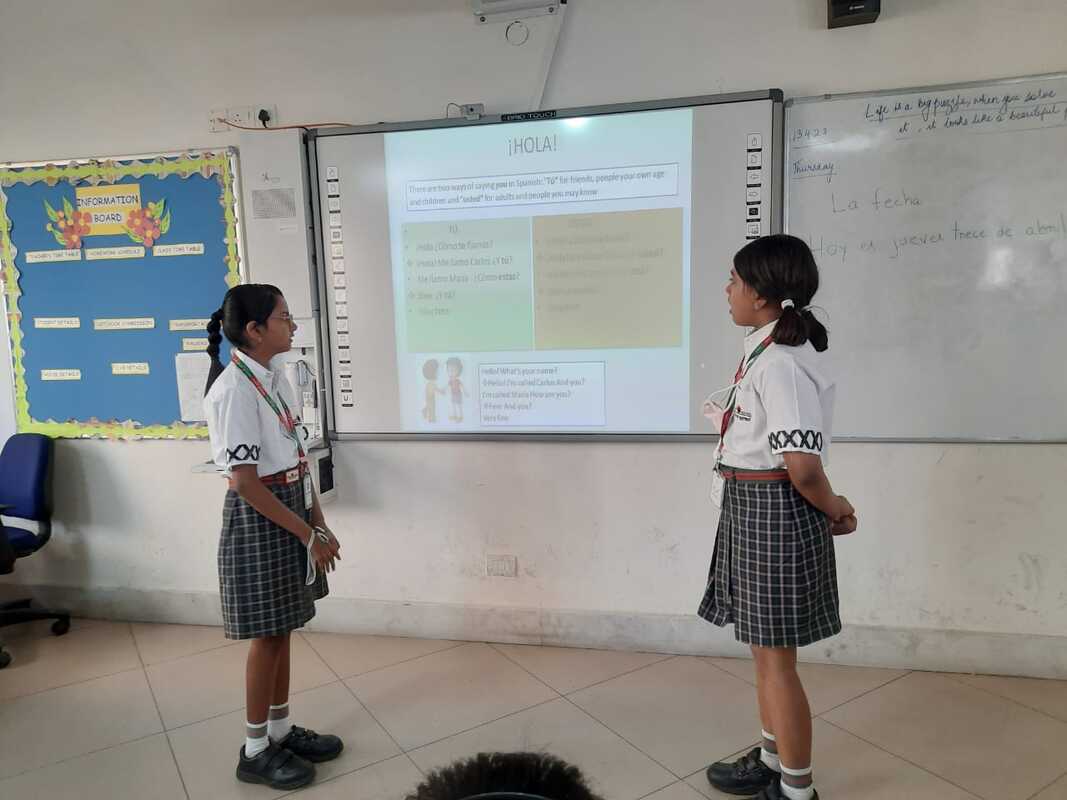
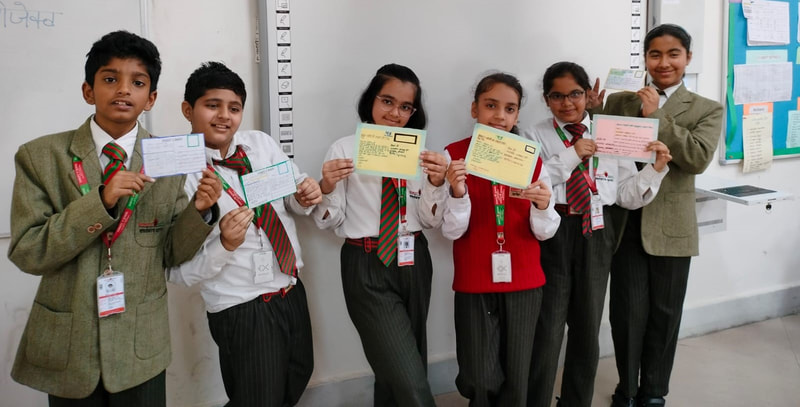
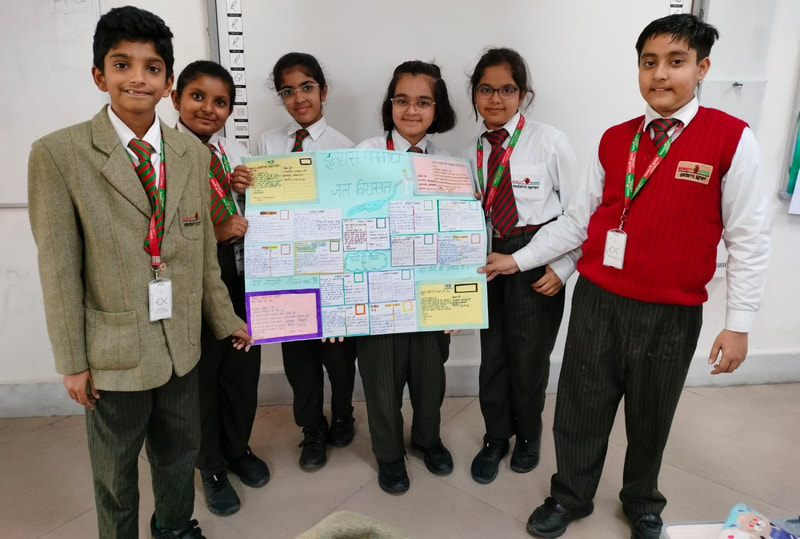
 RSS Feed
RSS Feed
